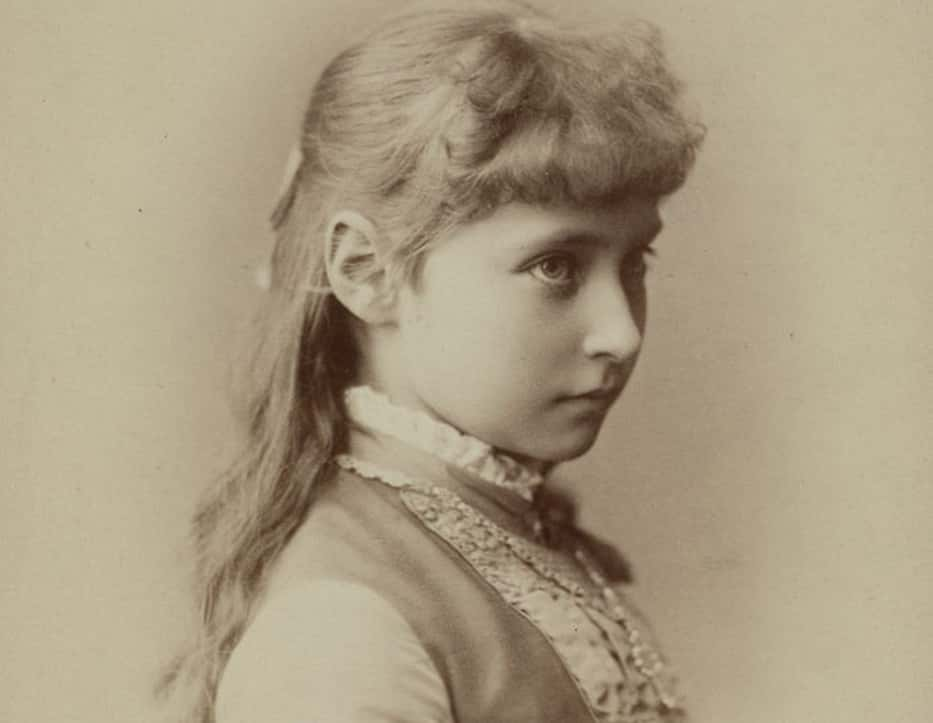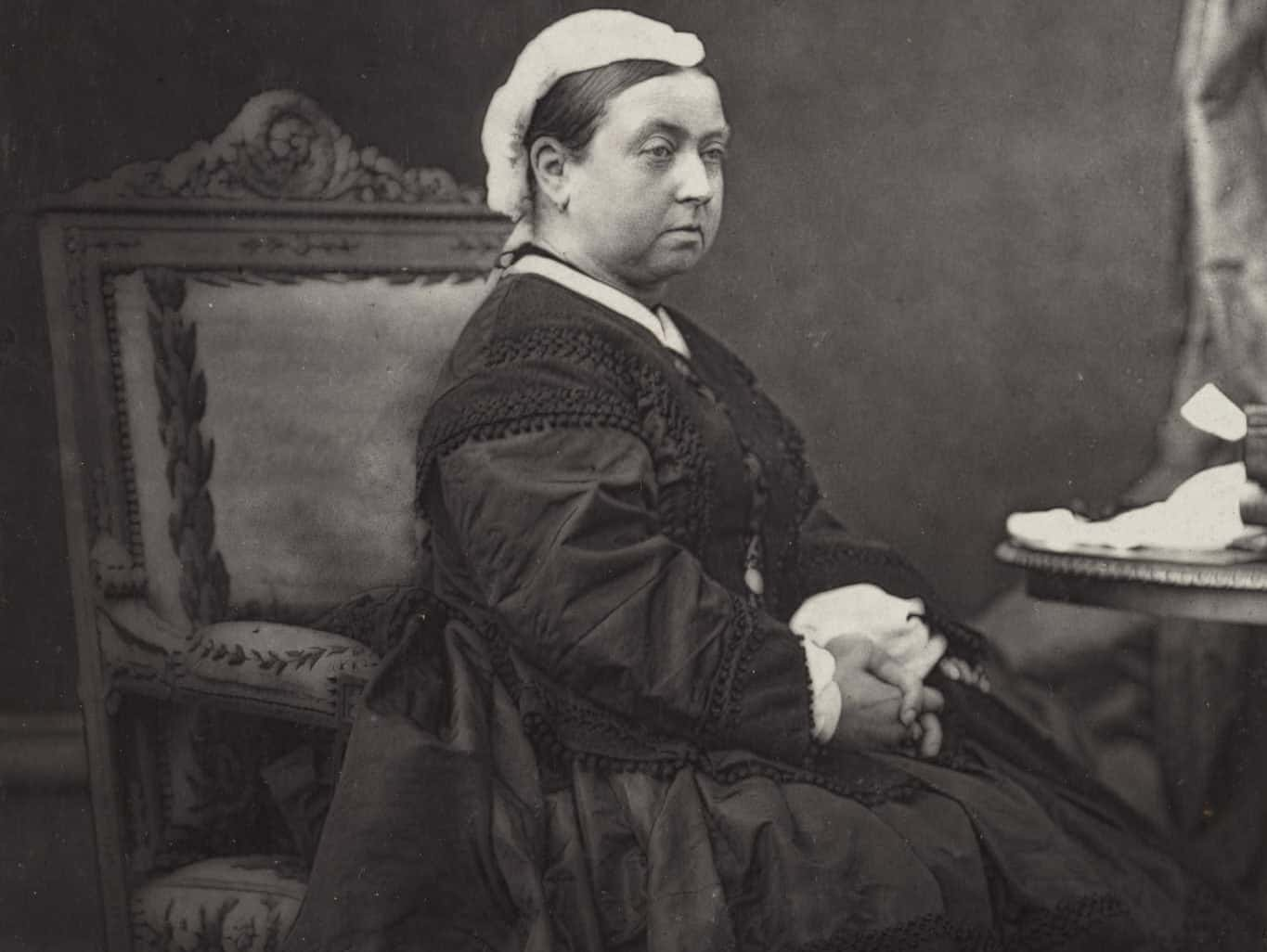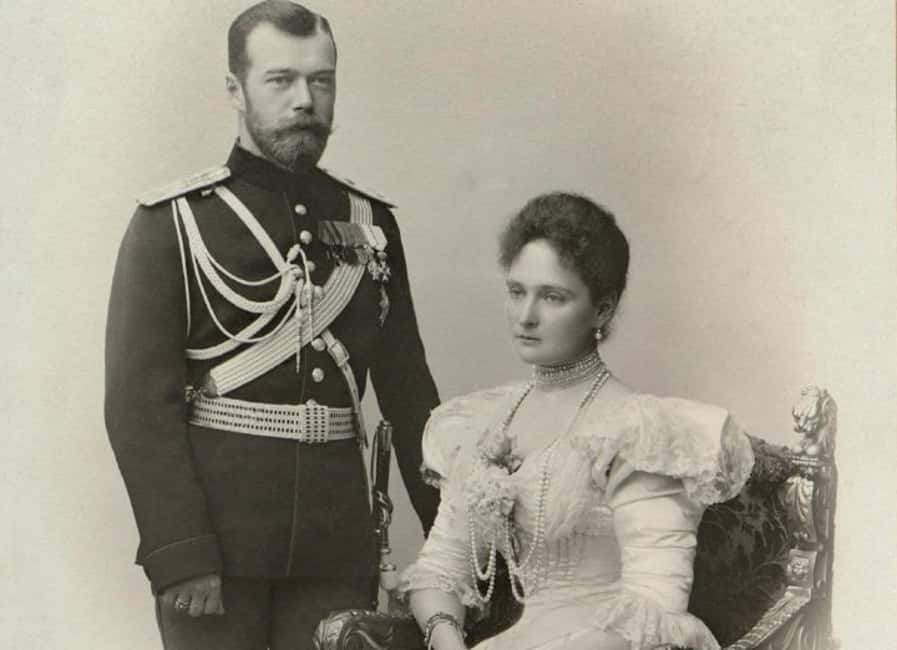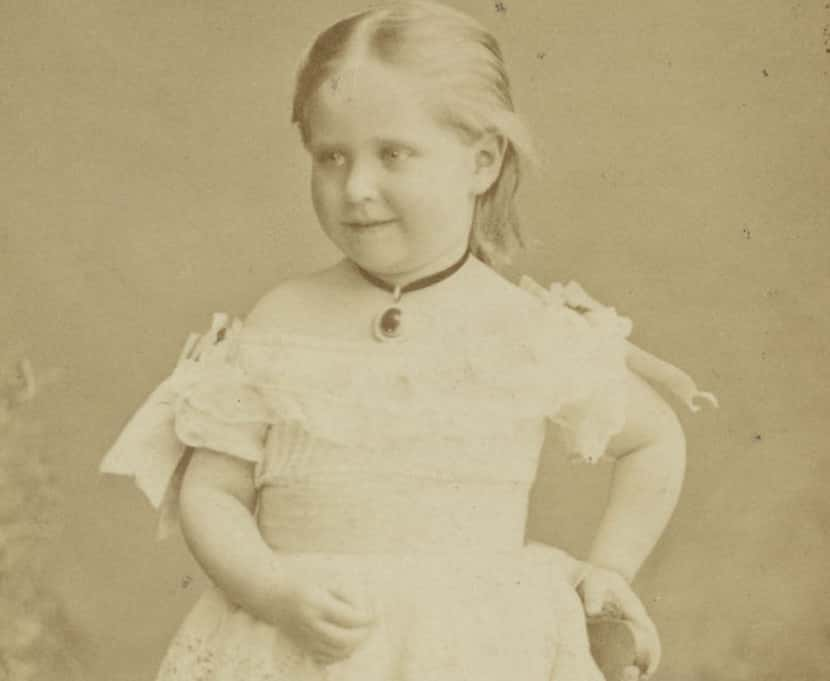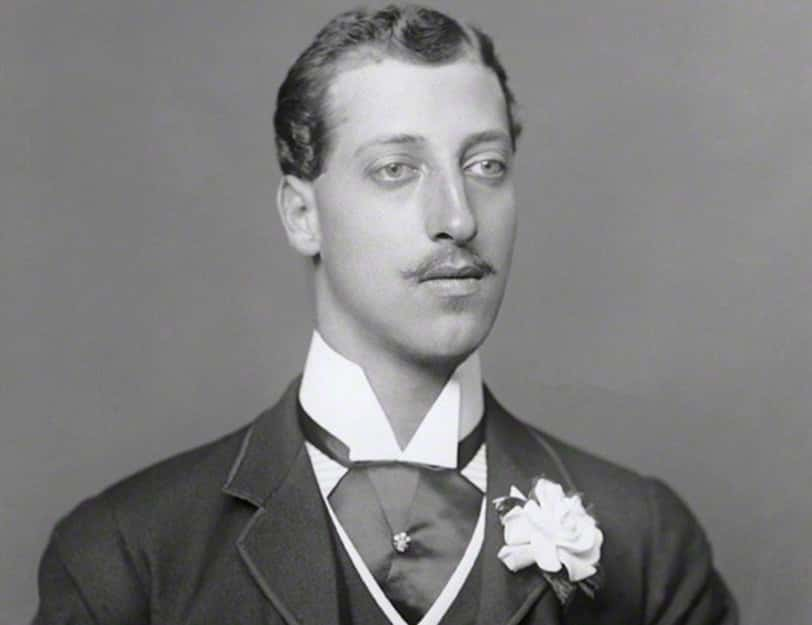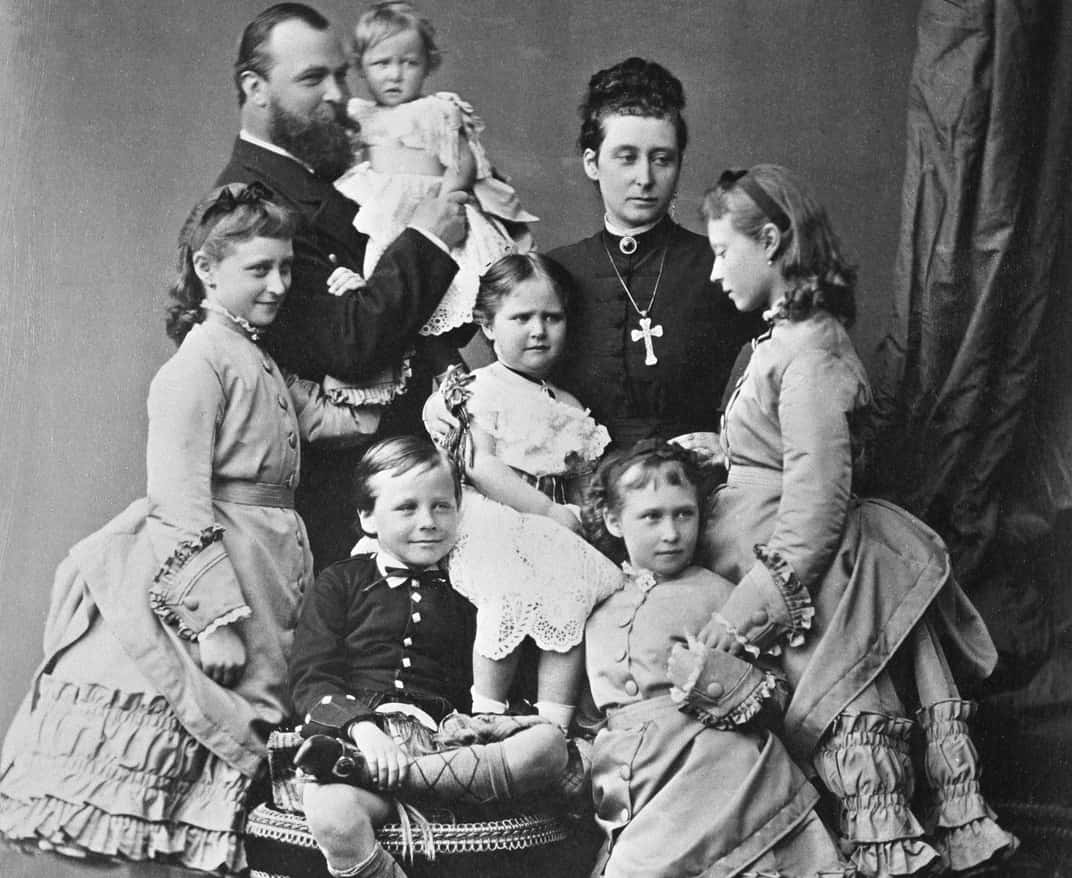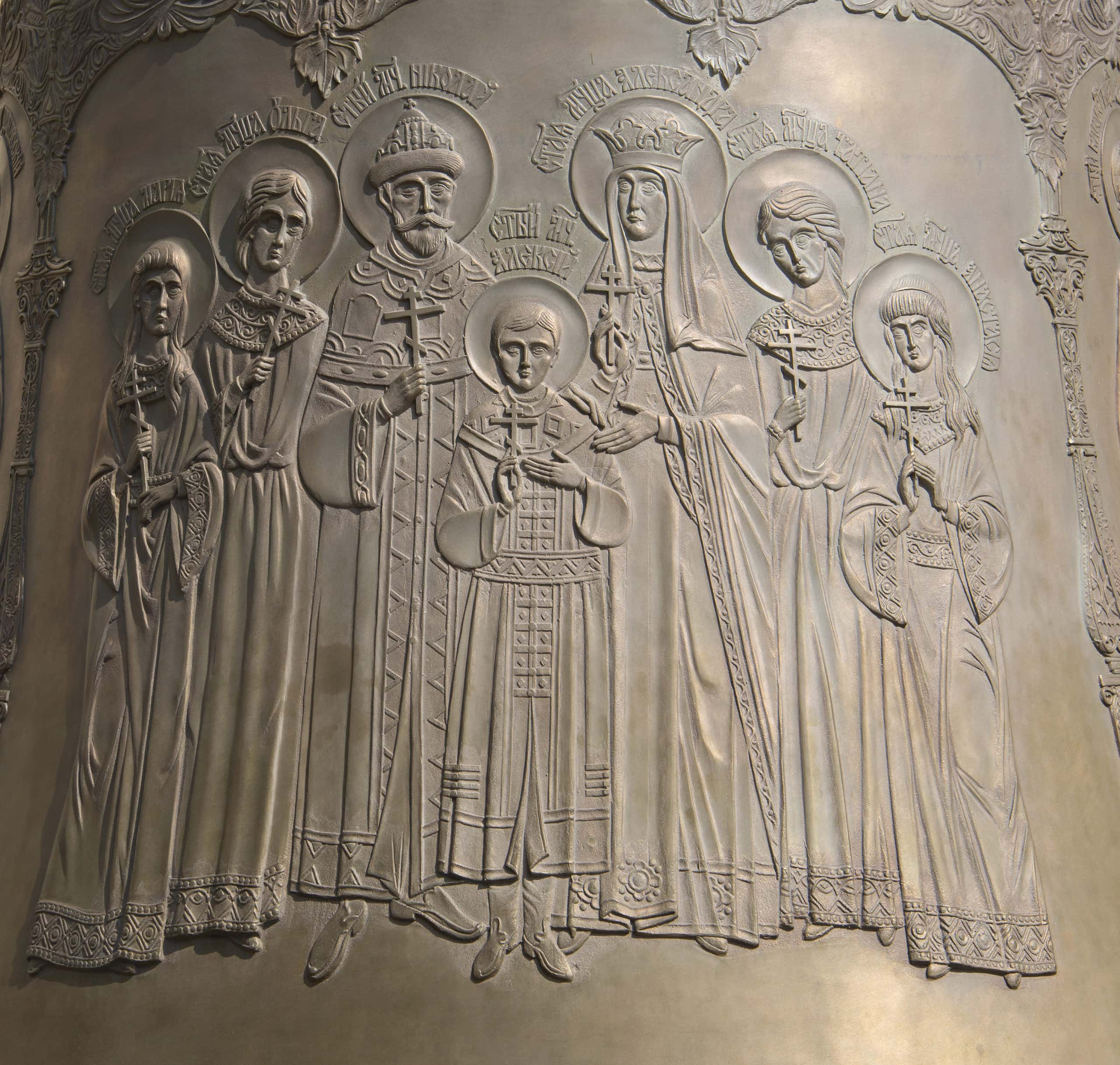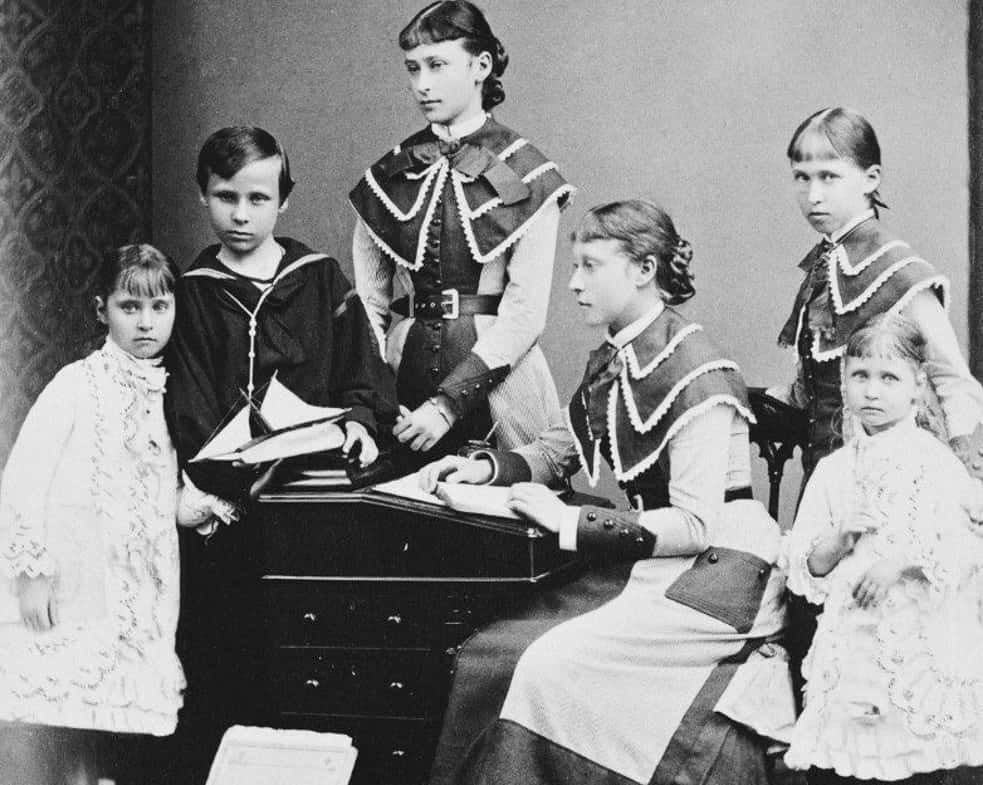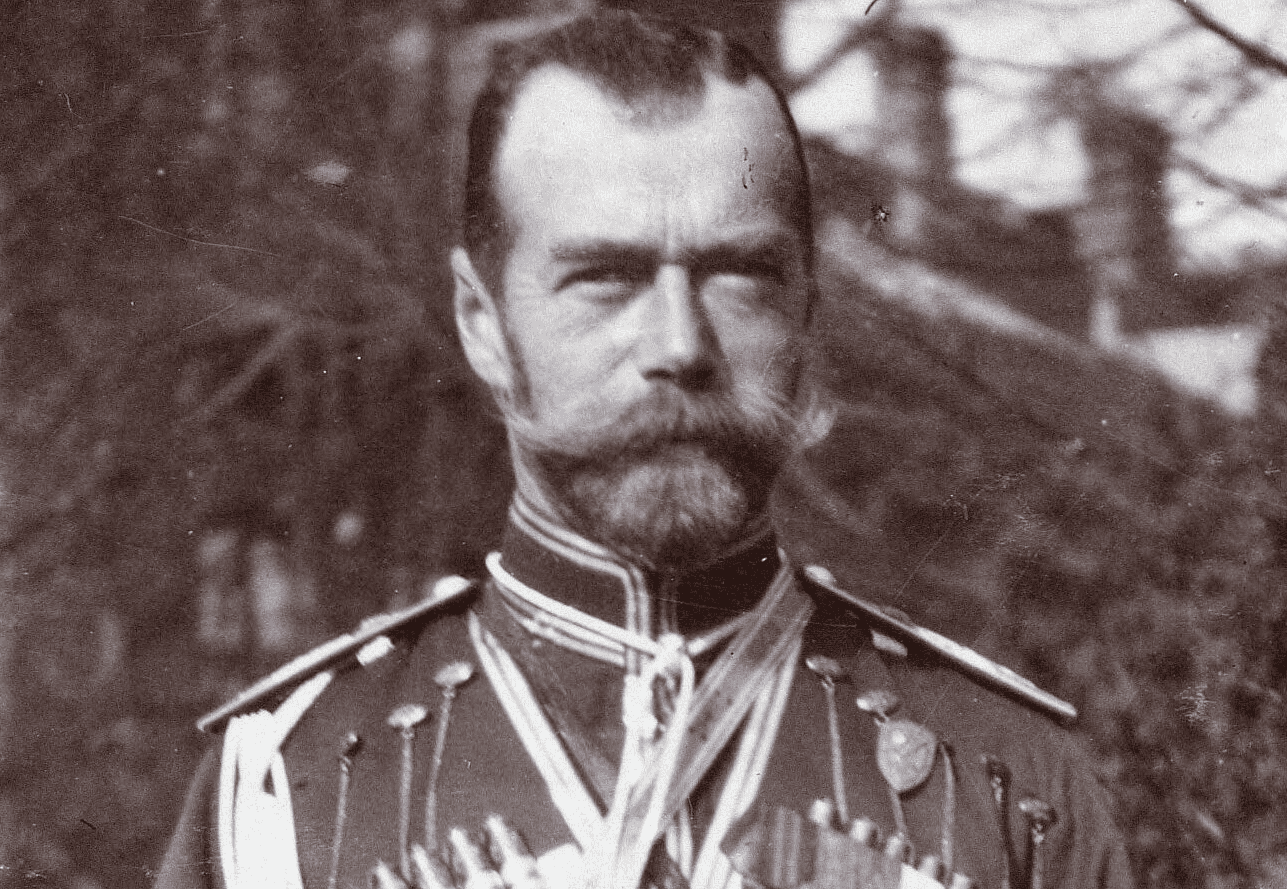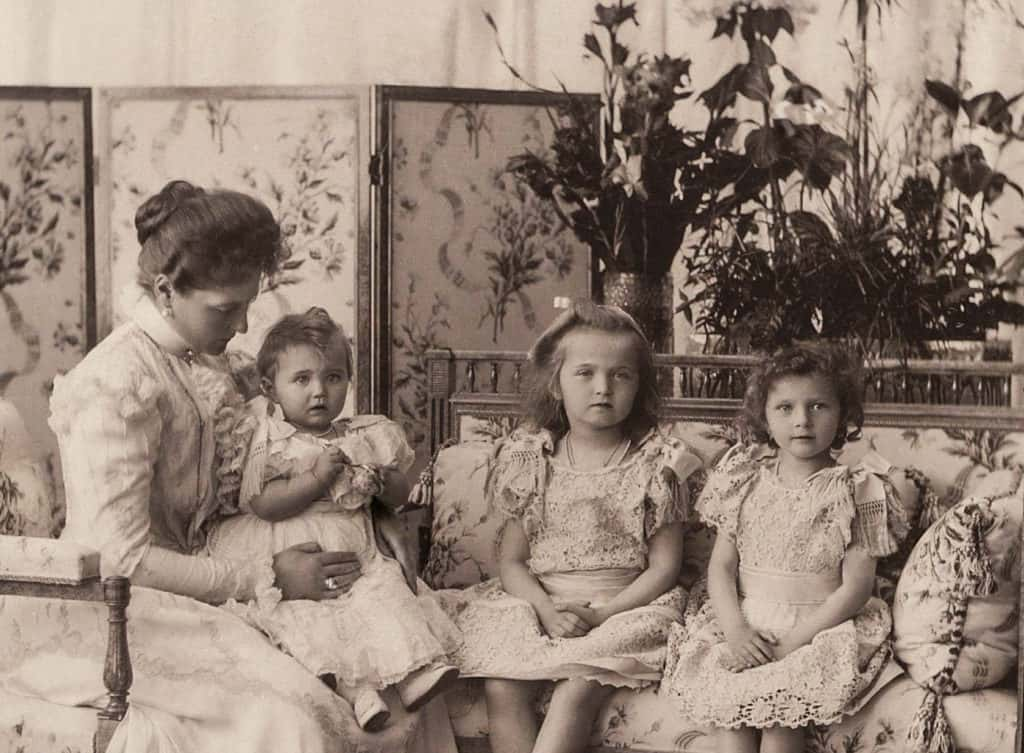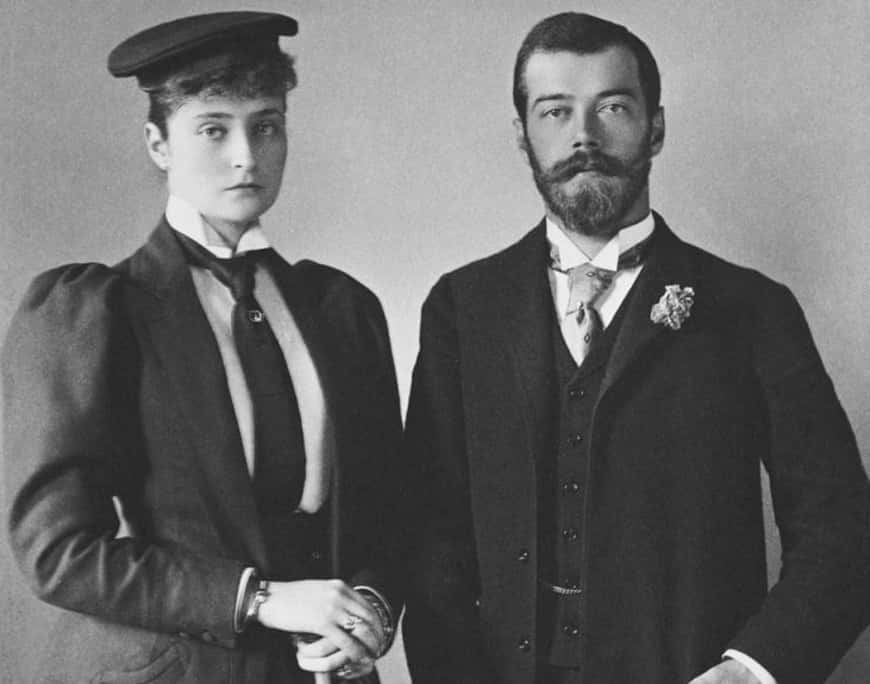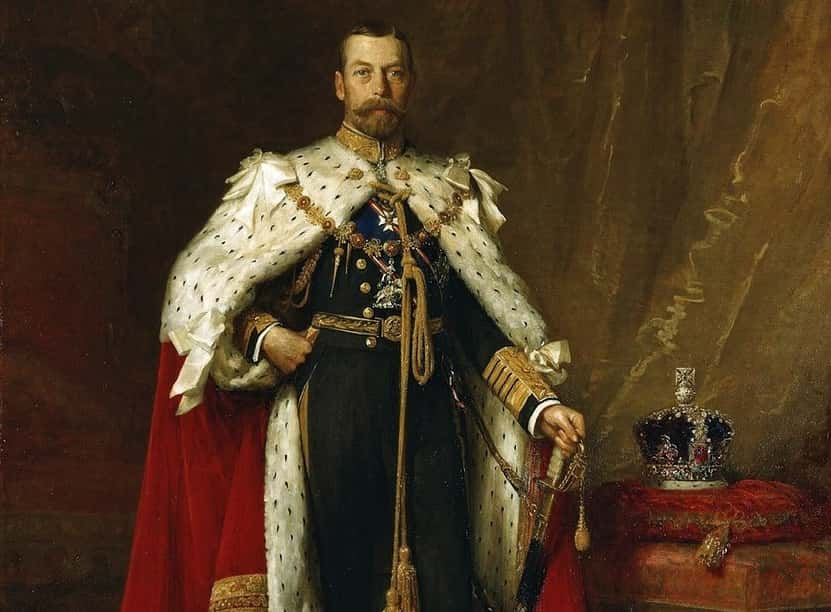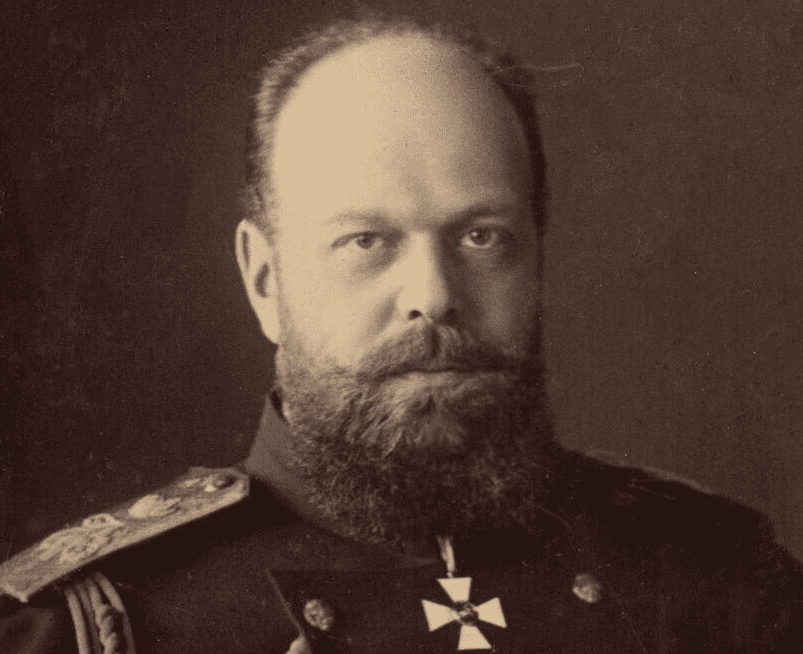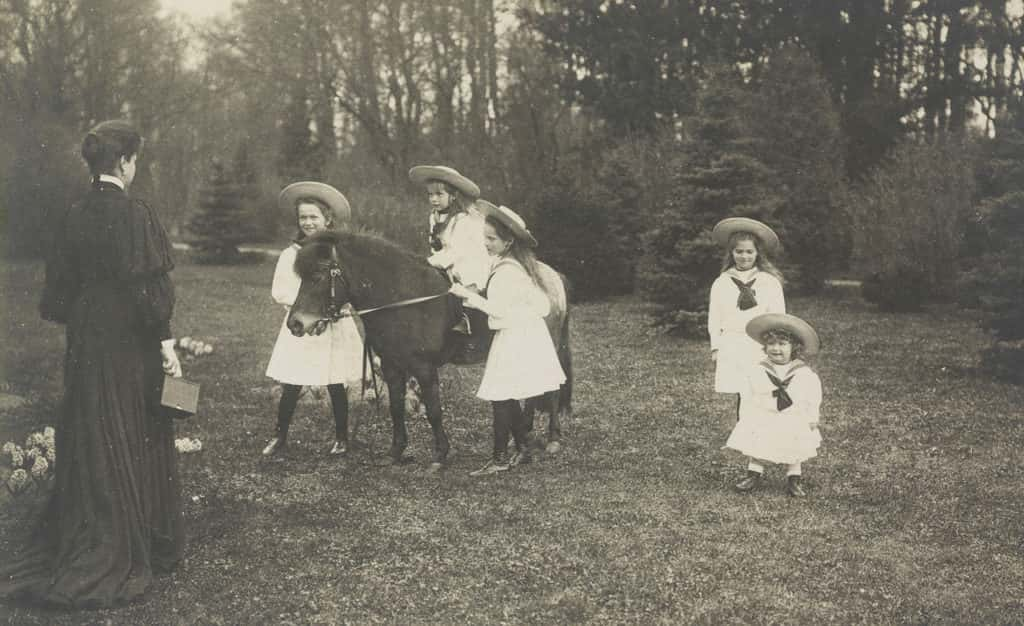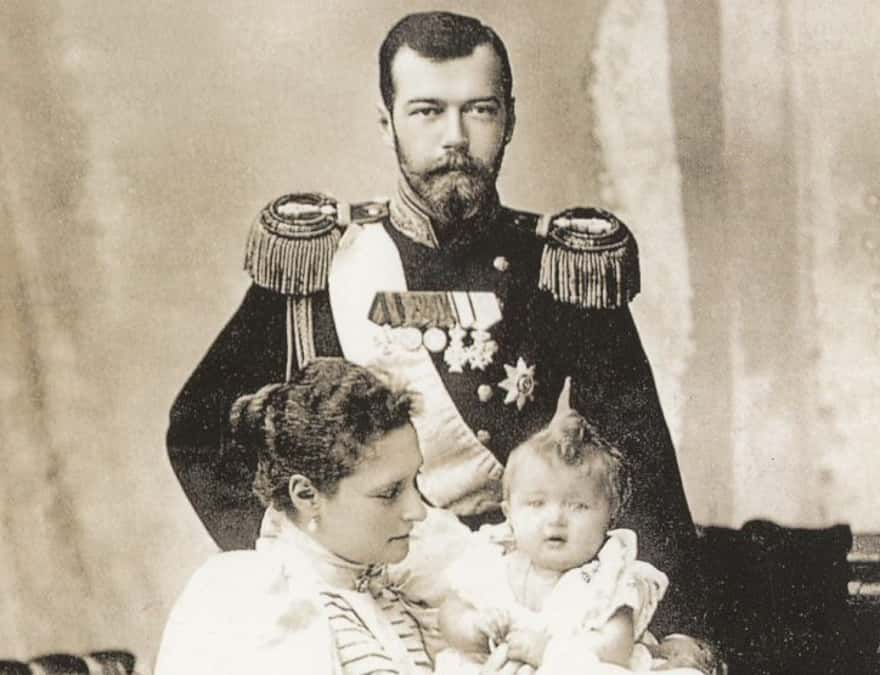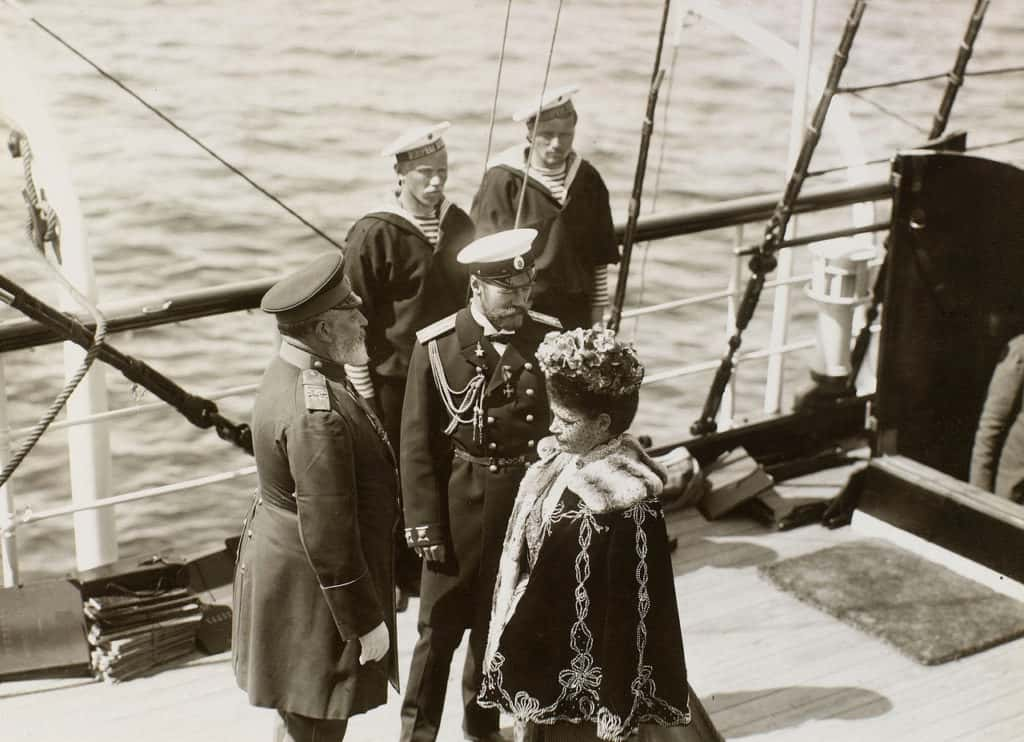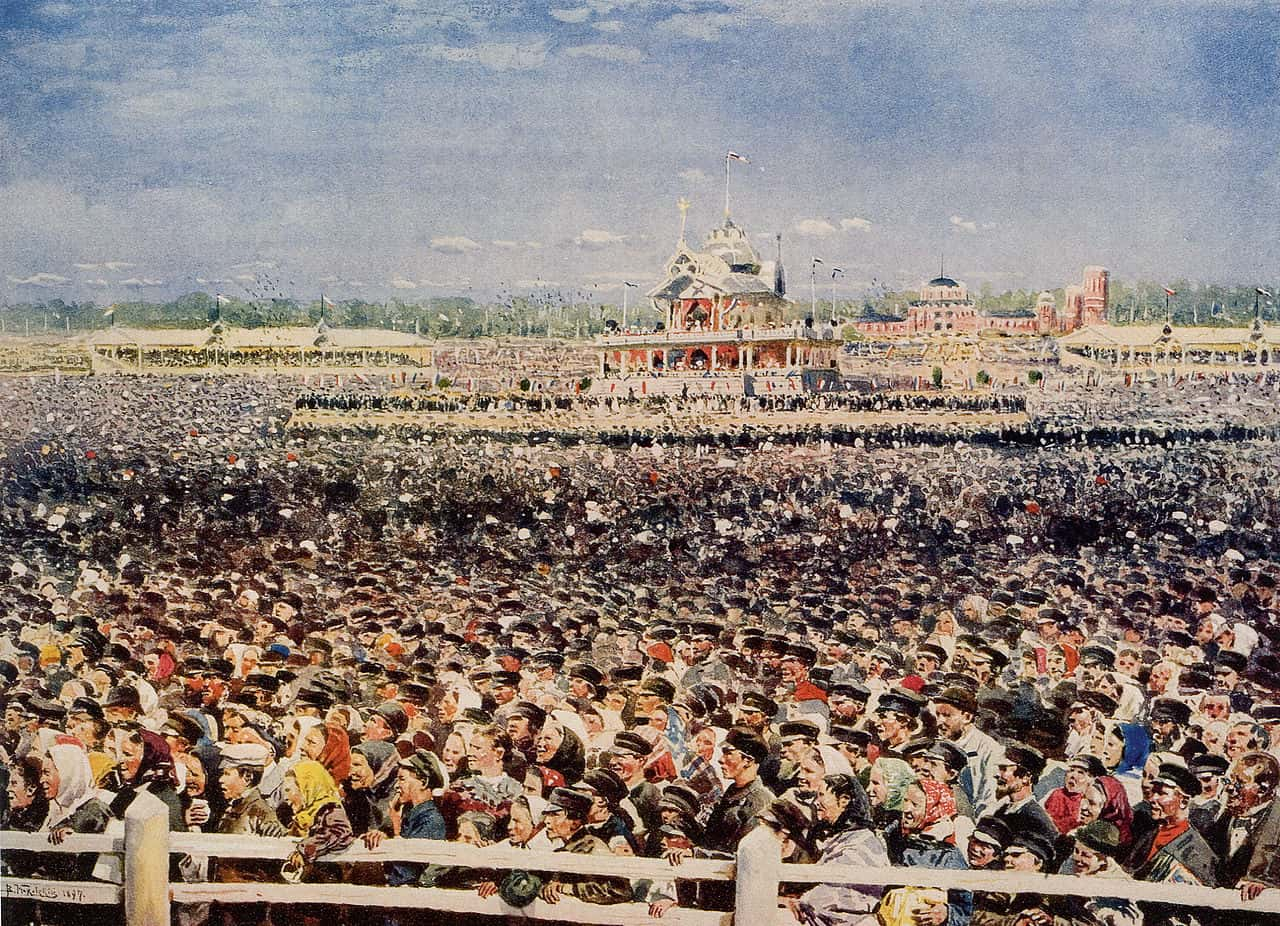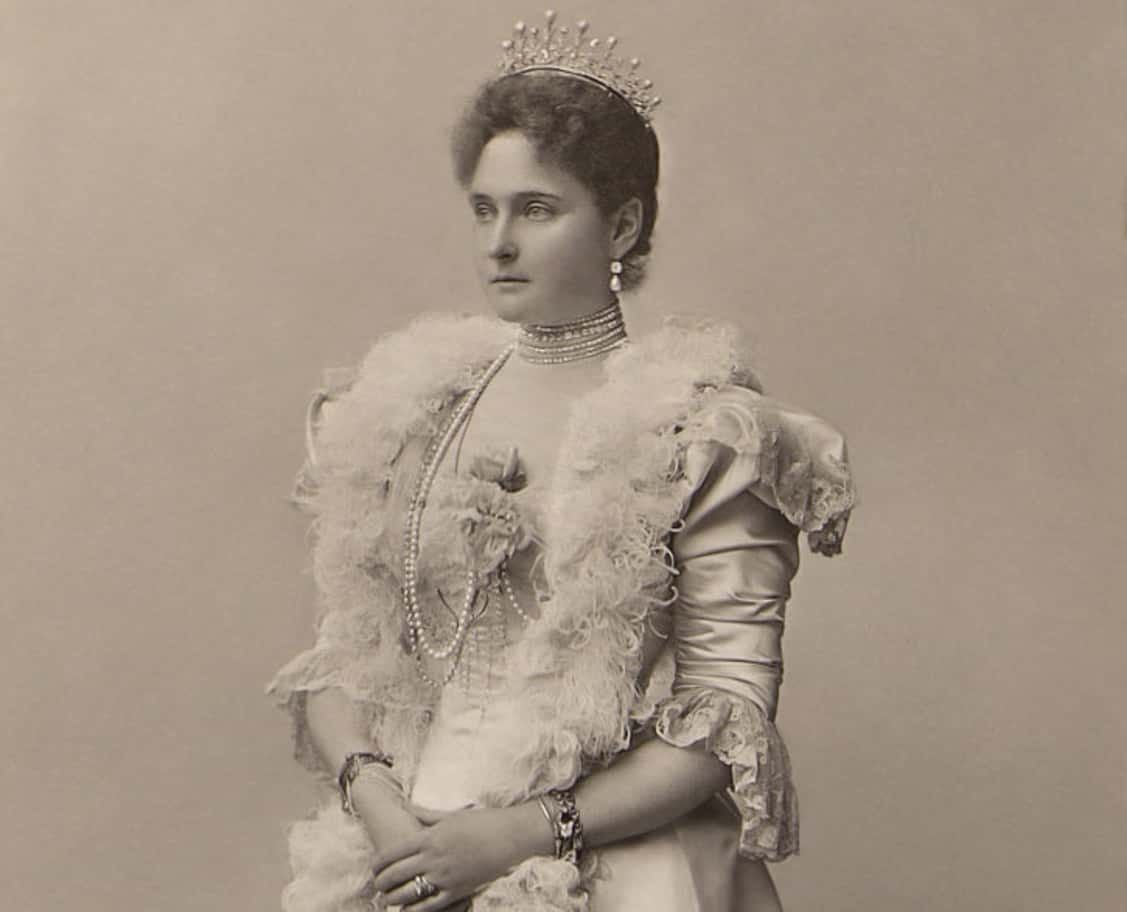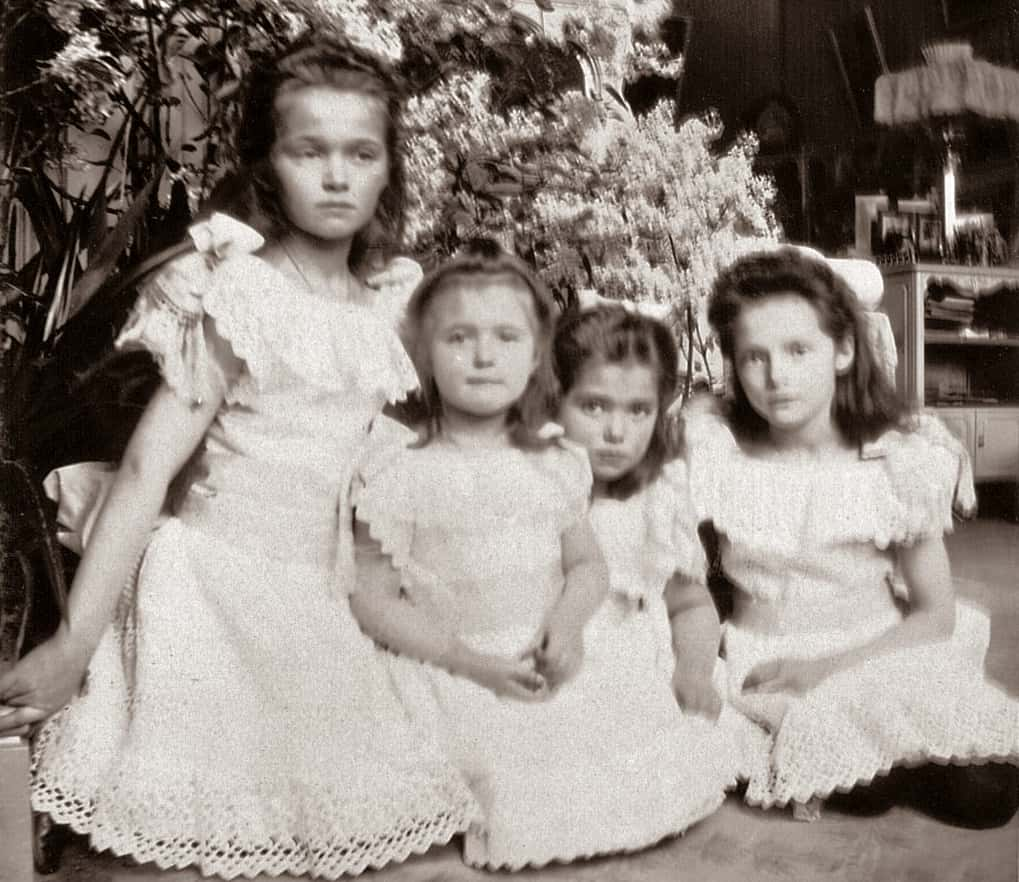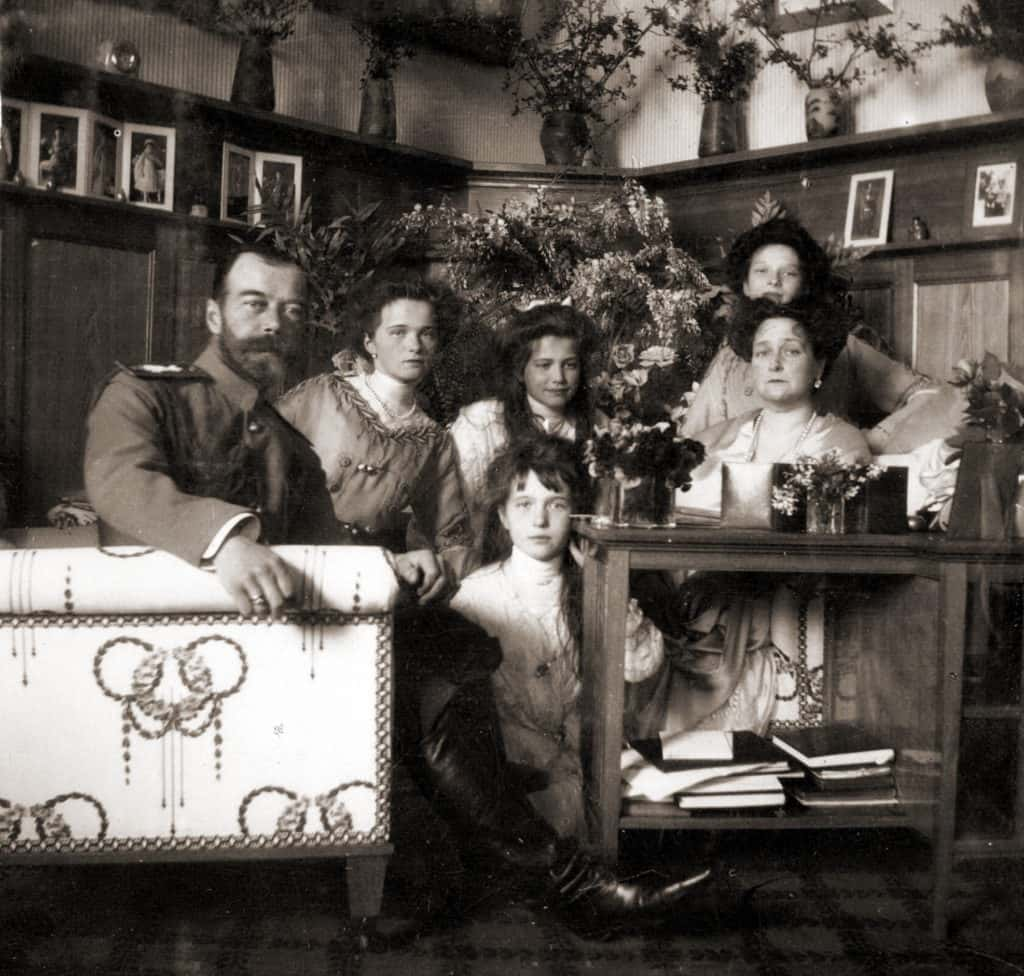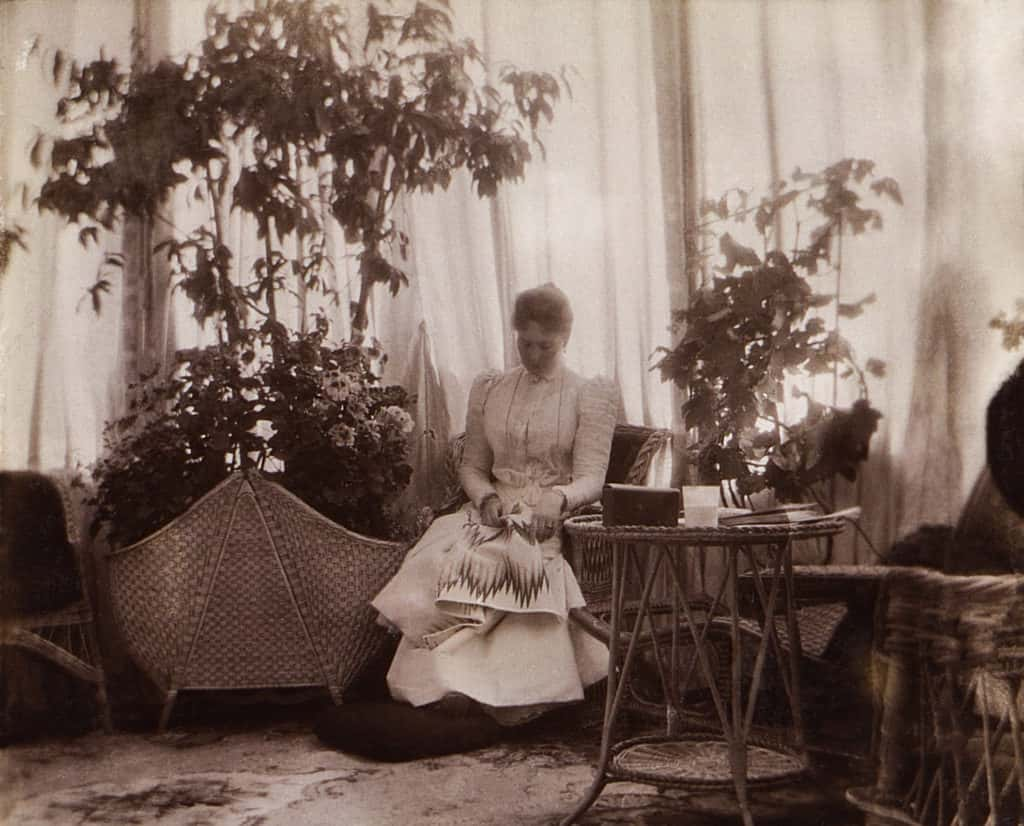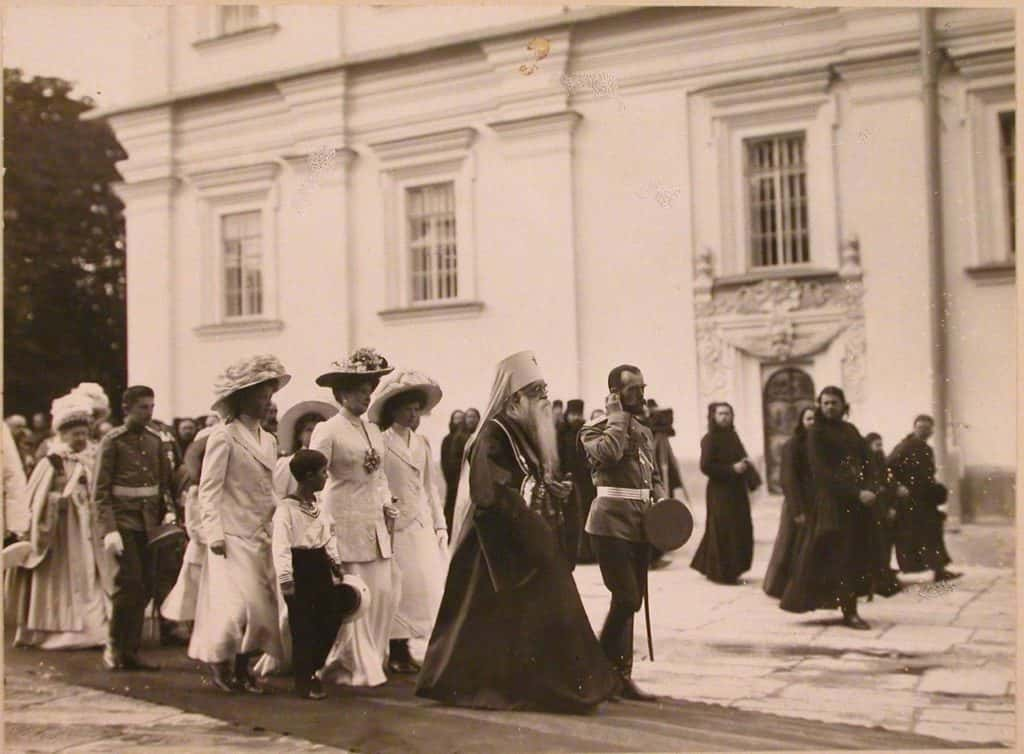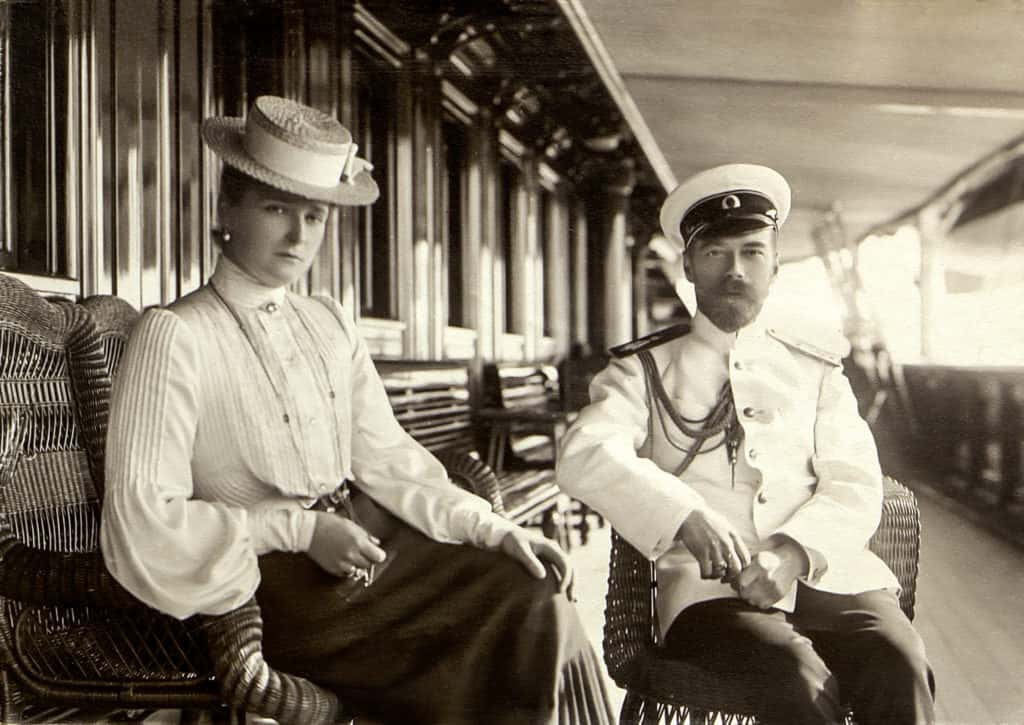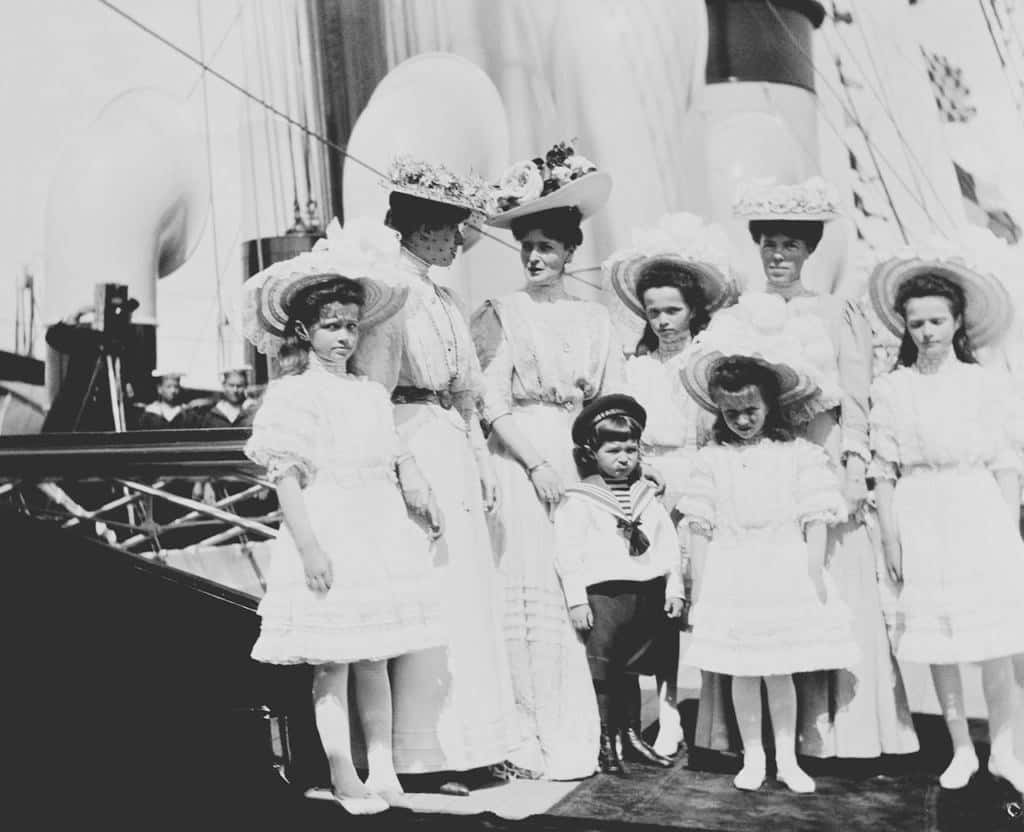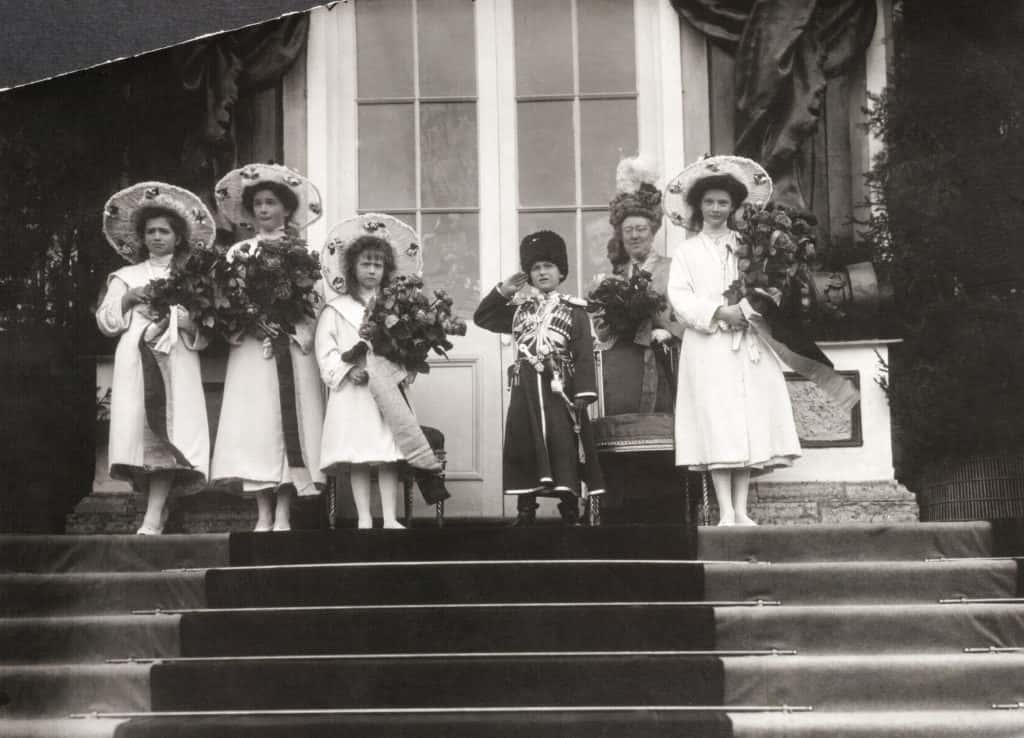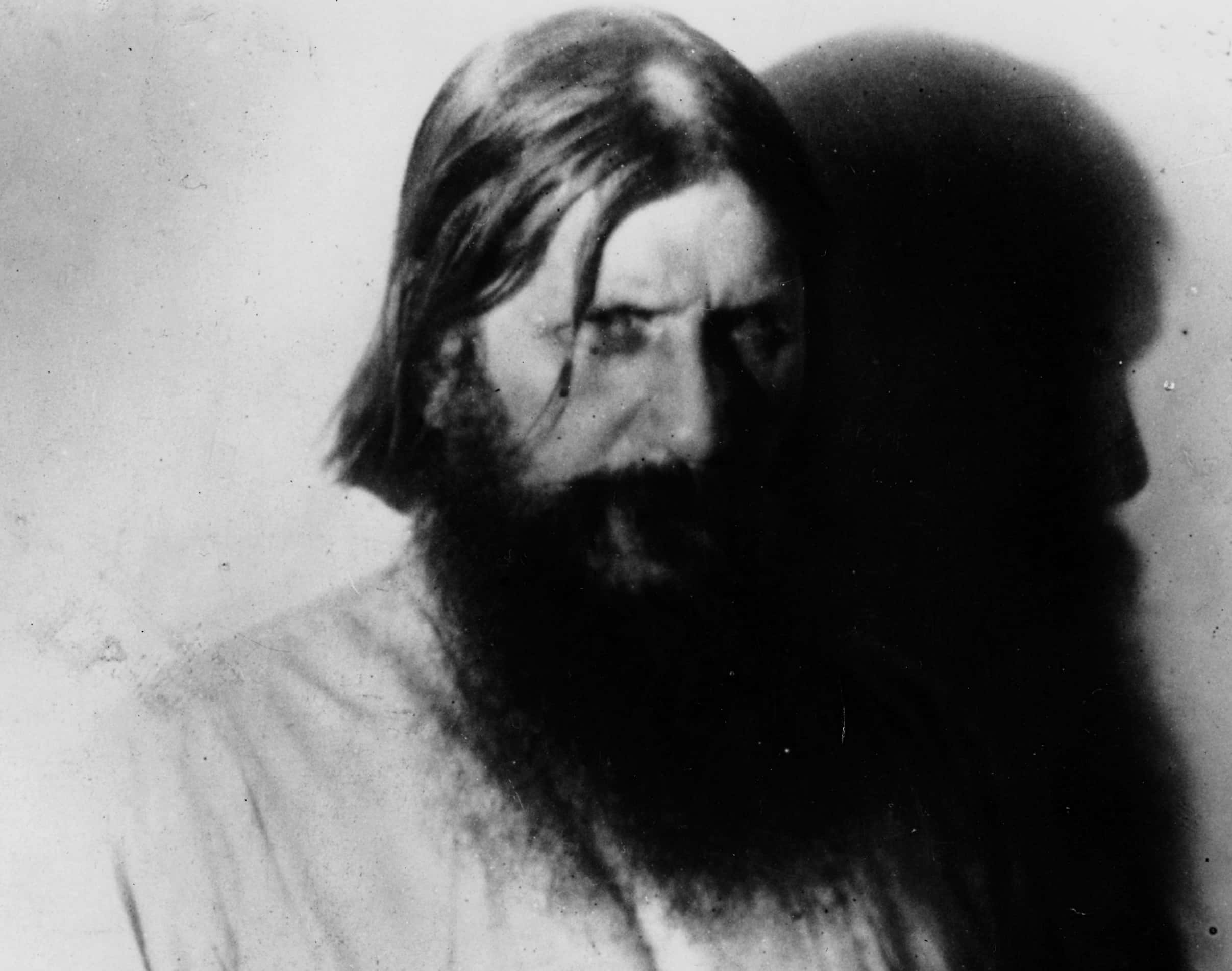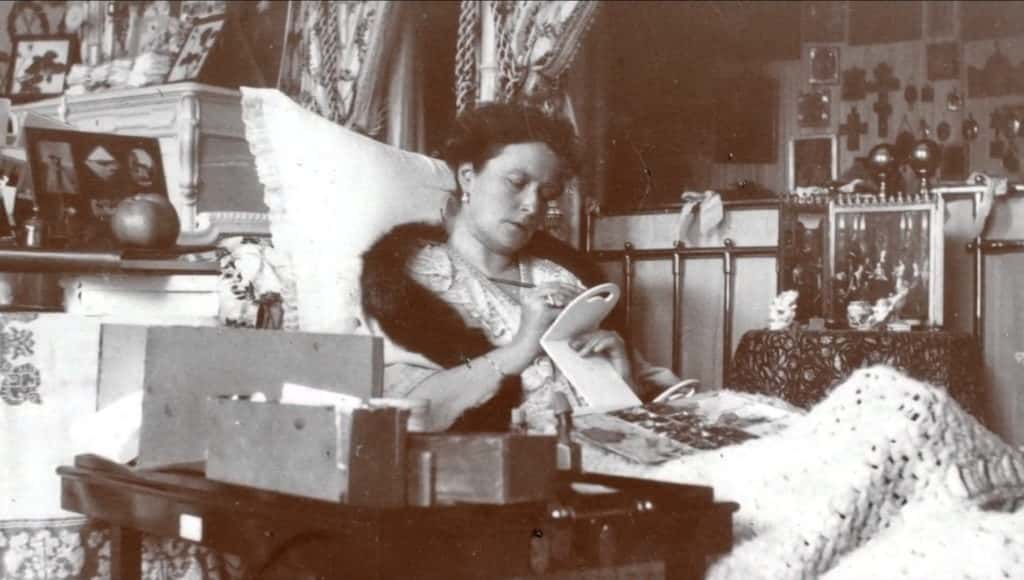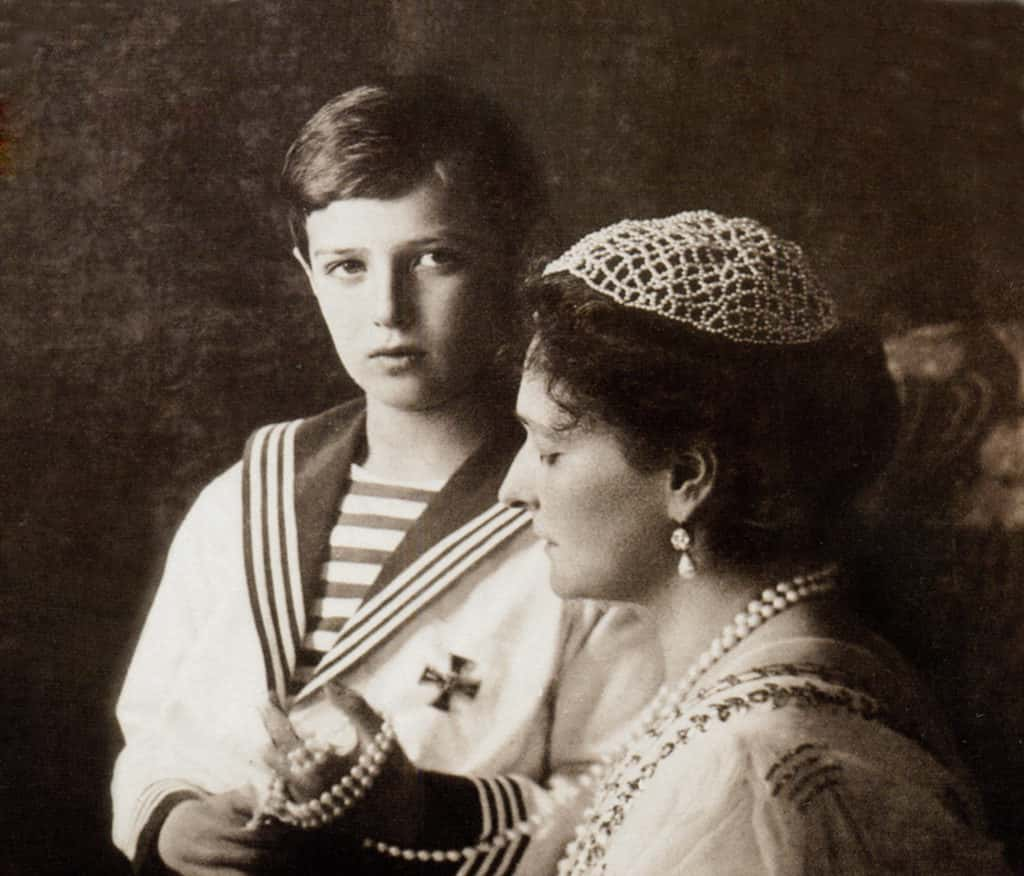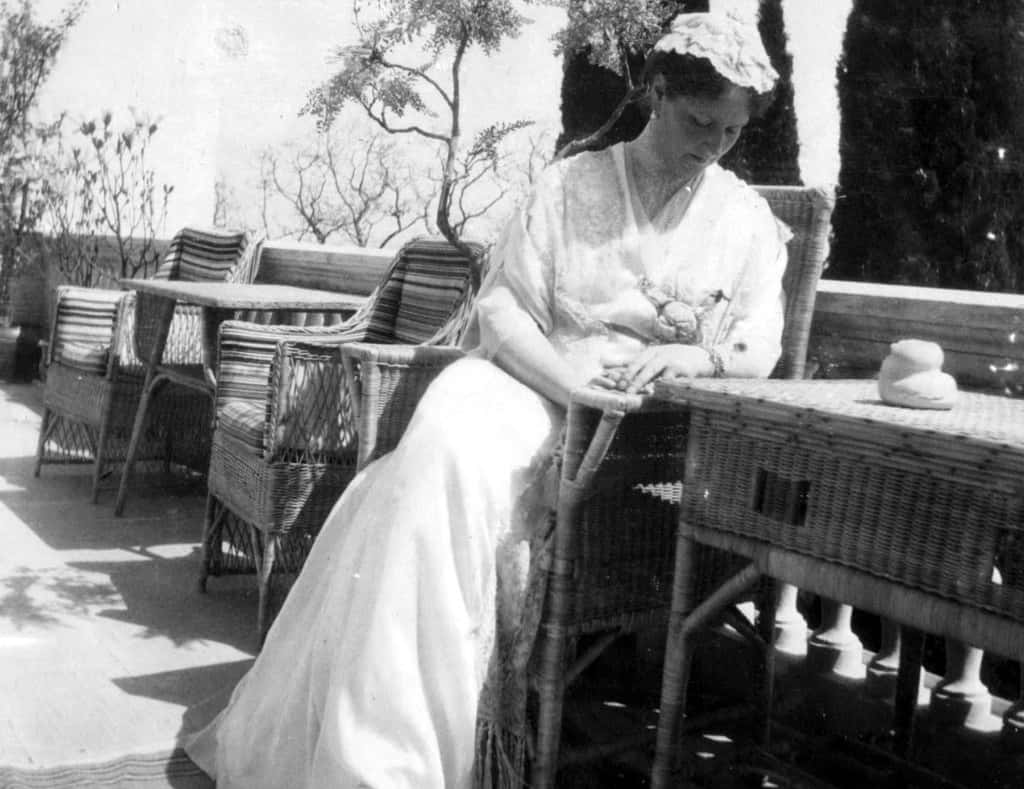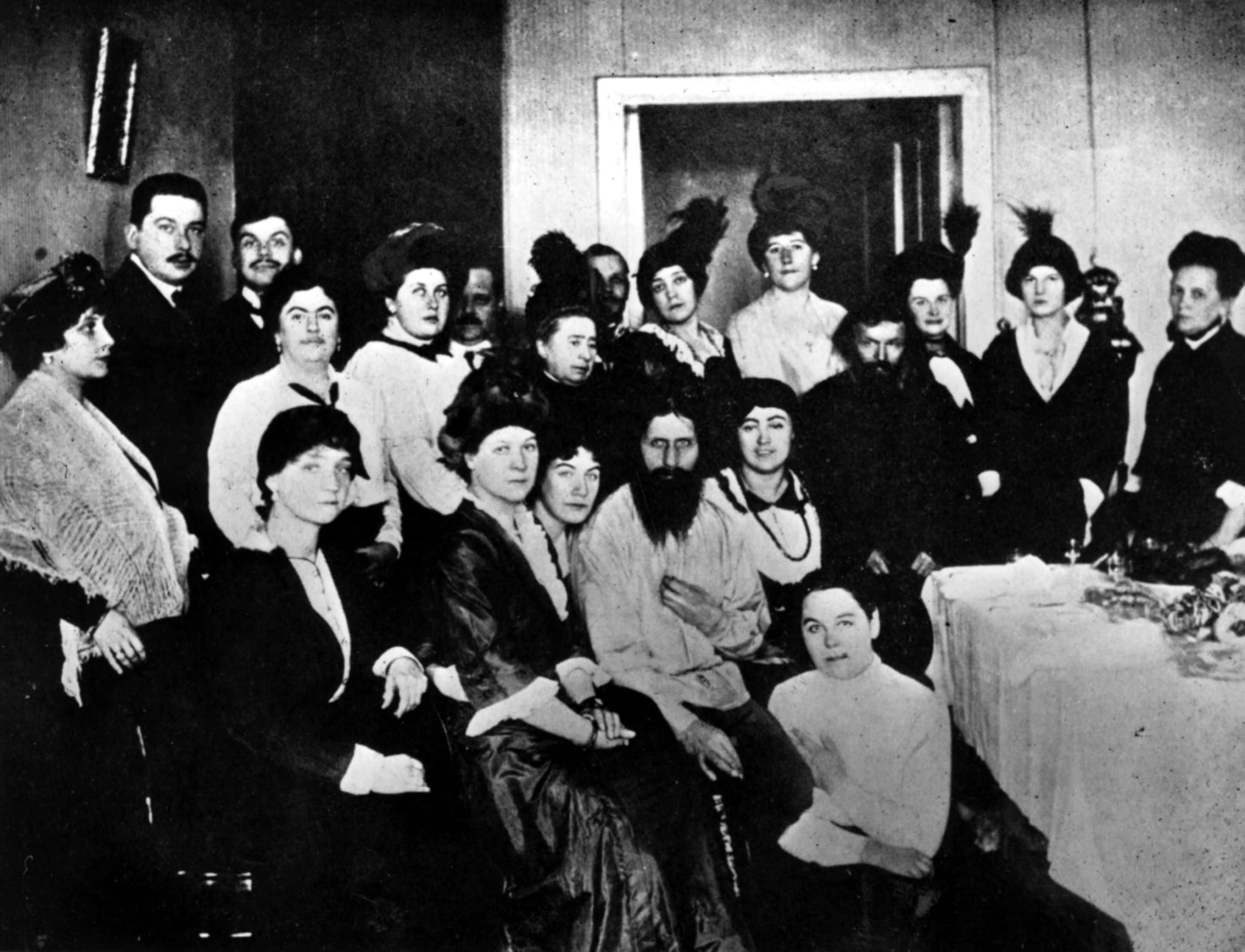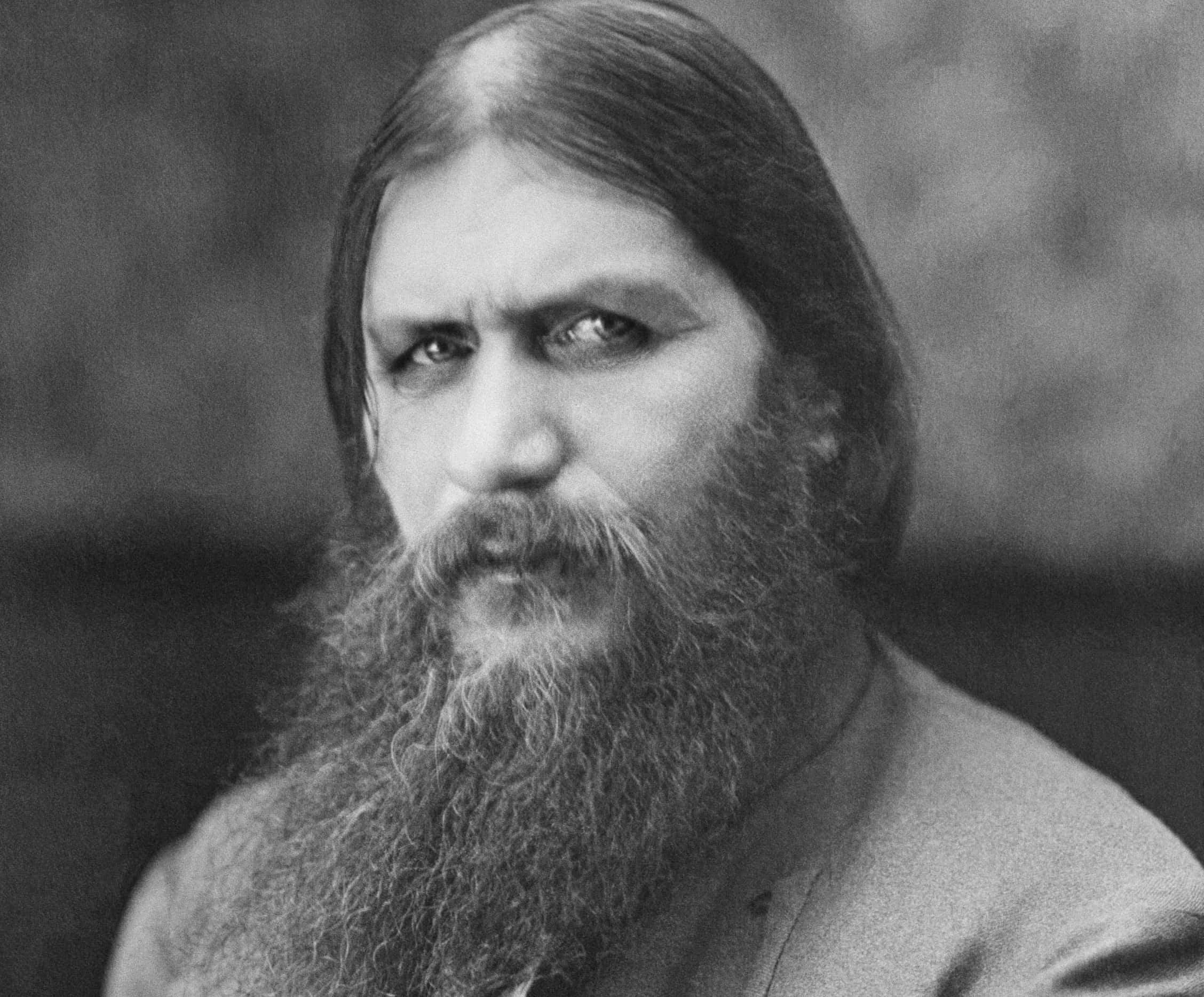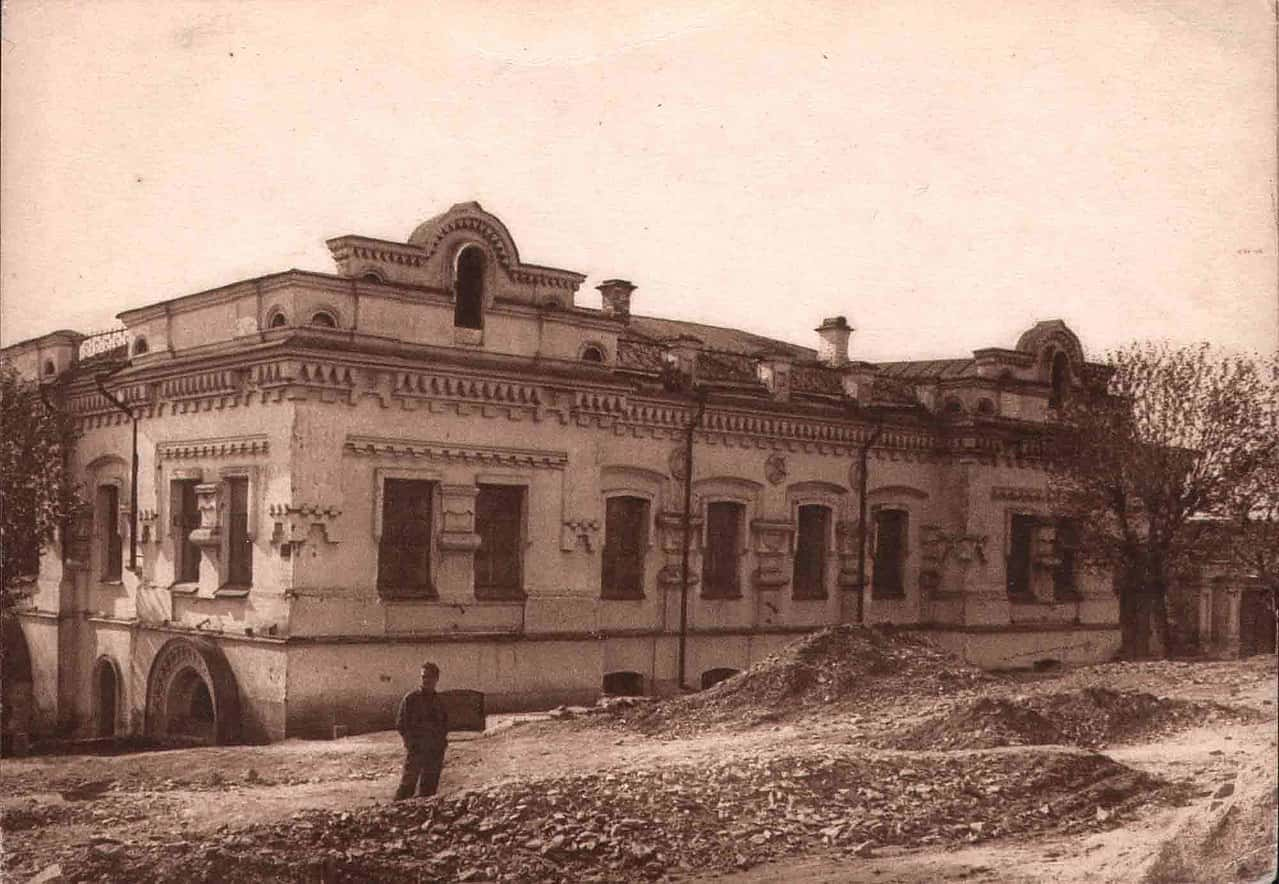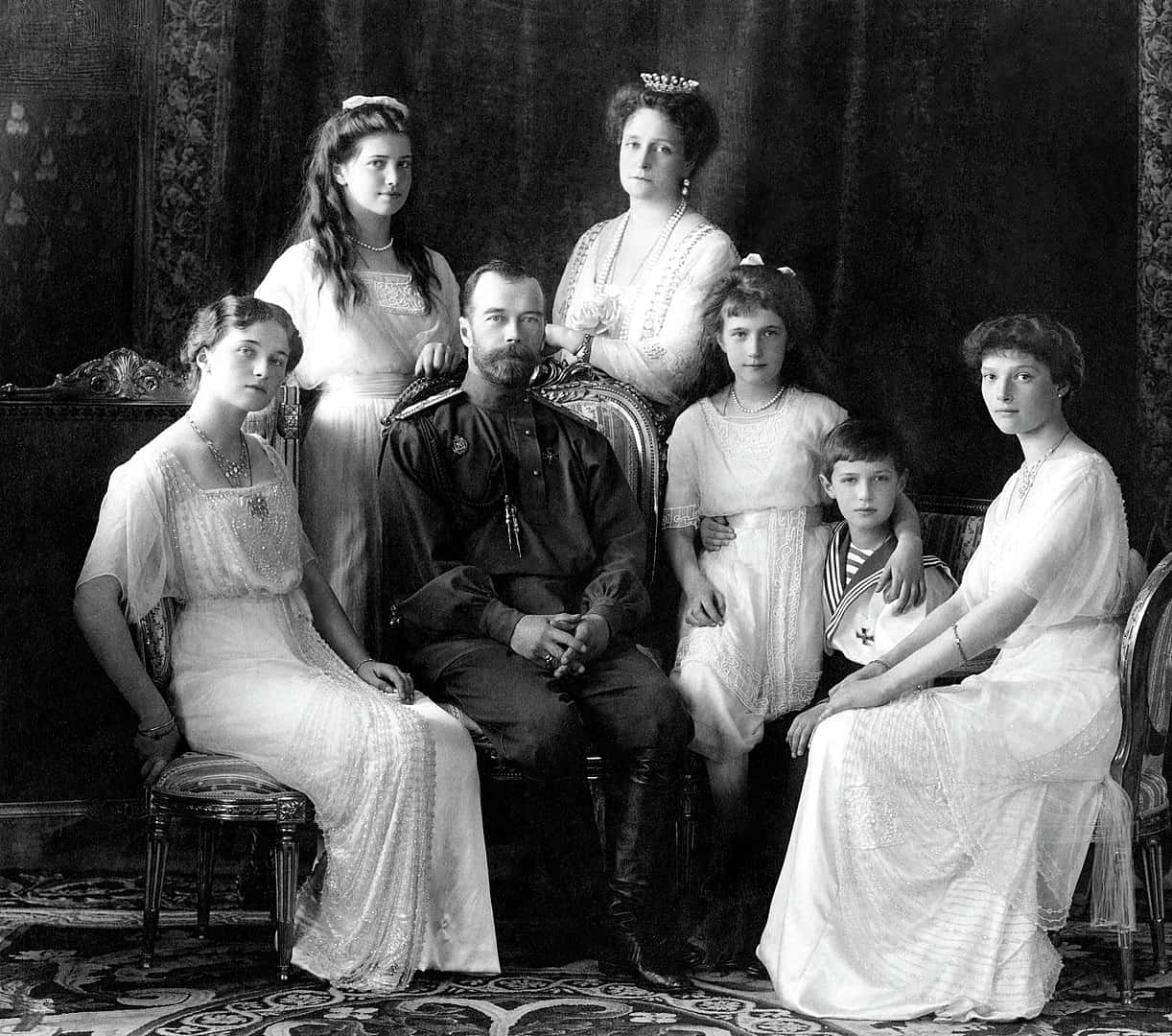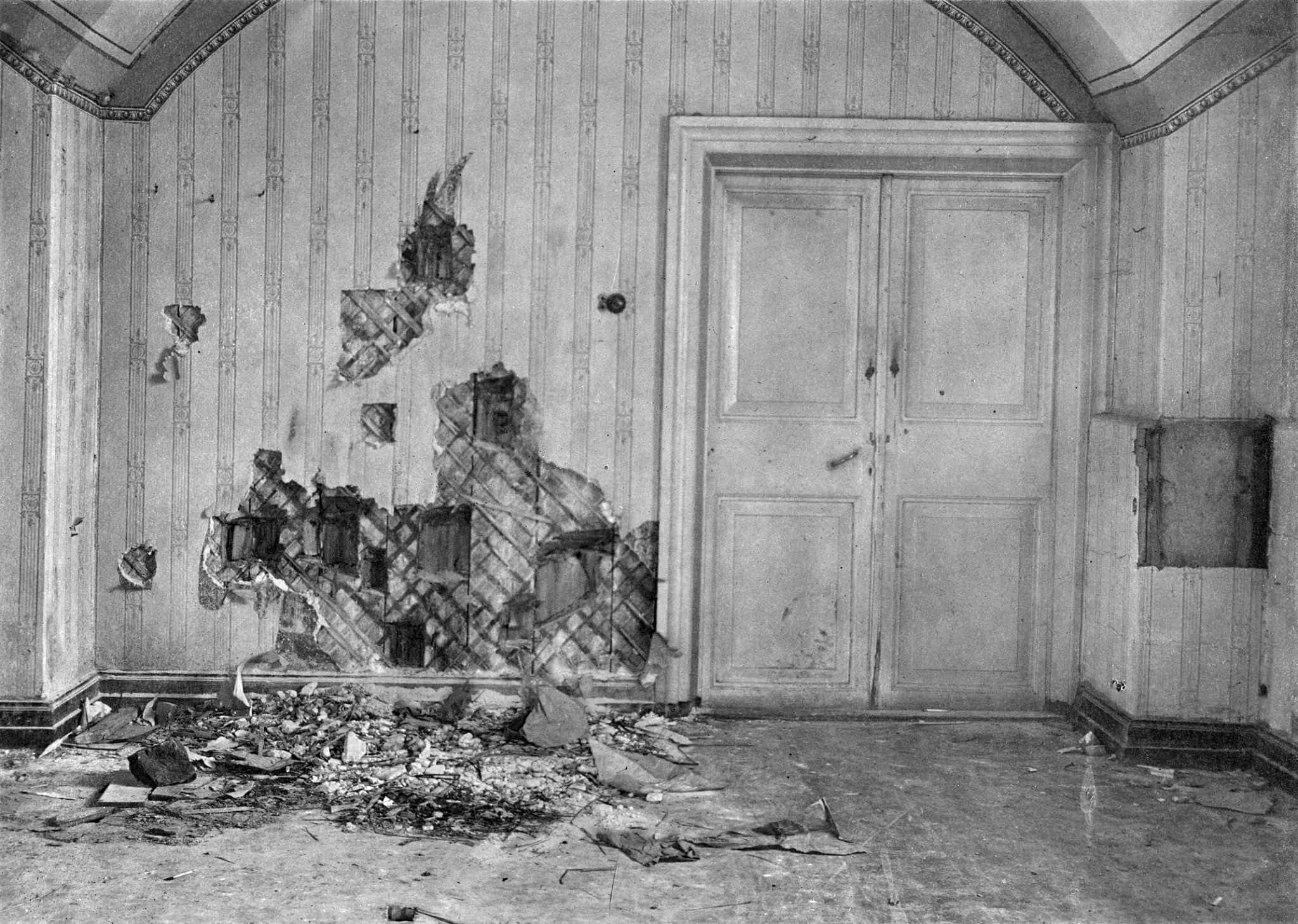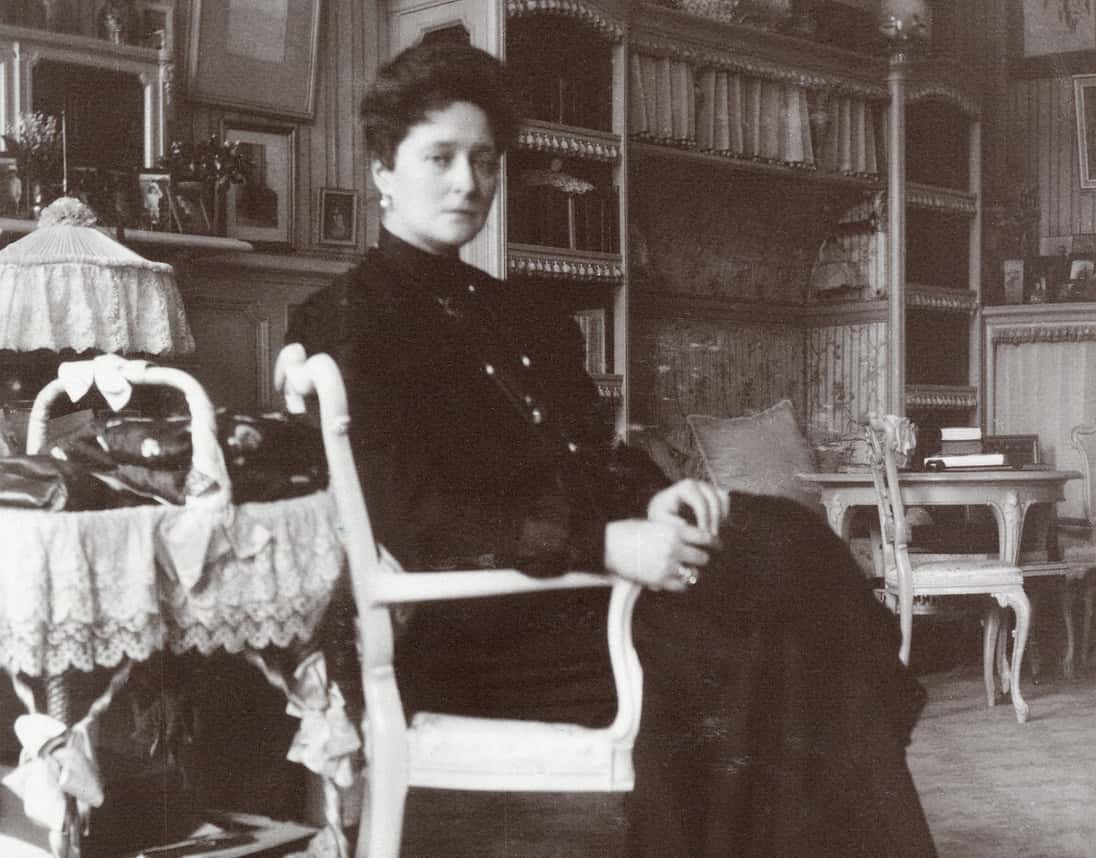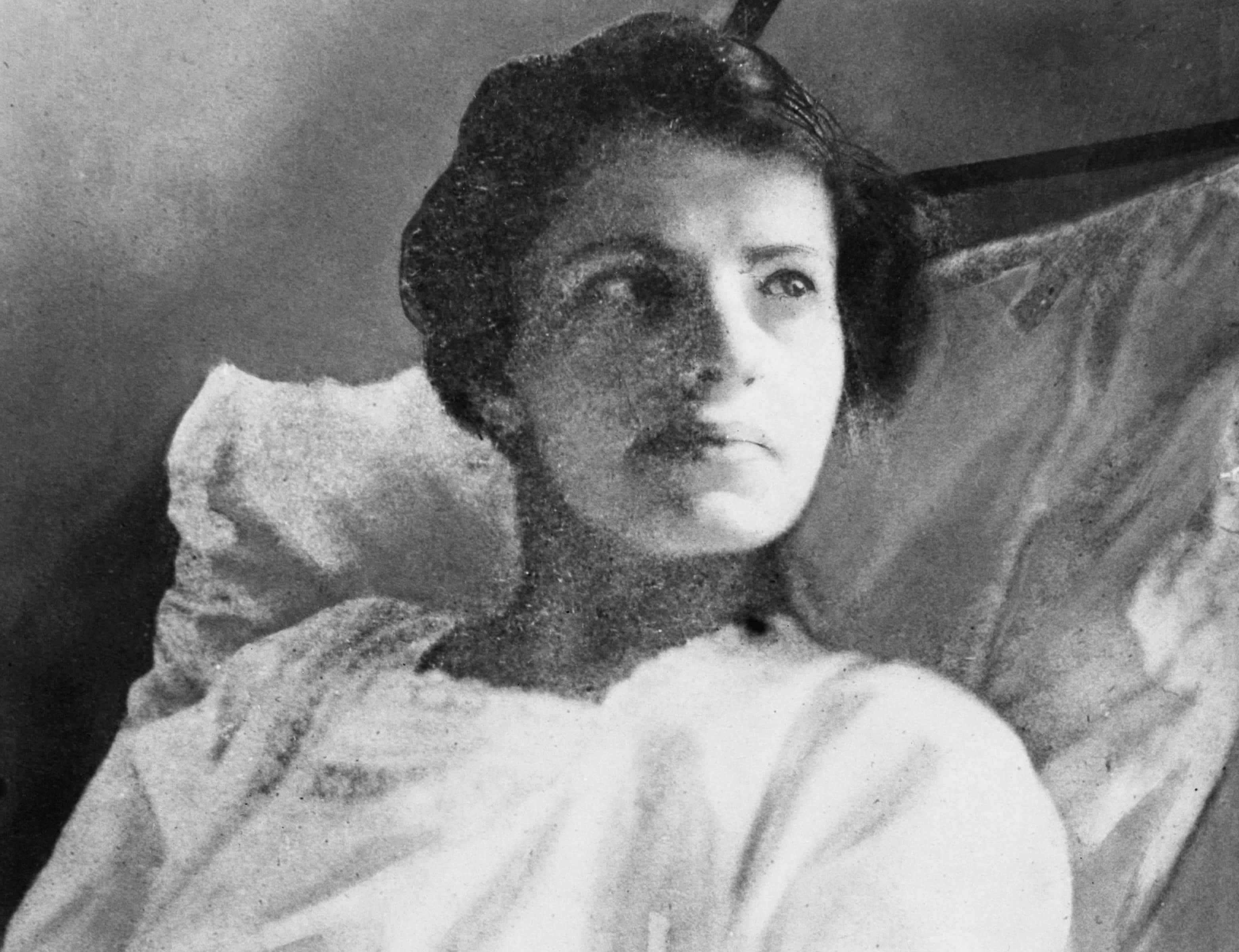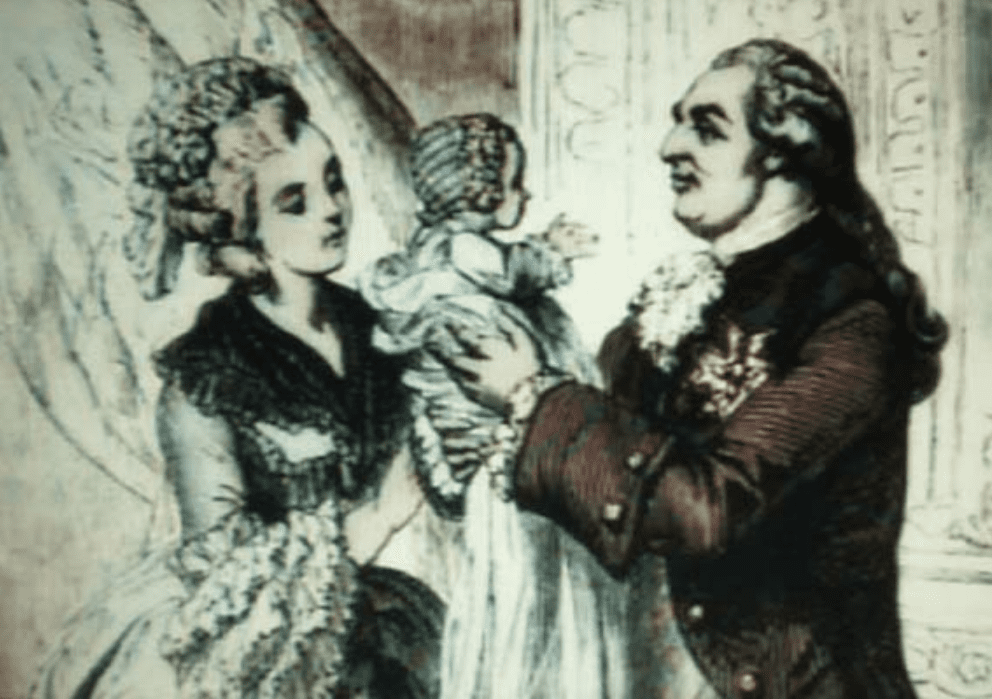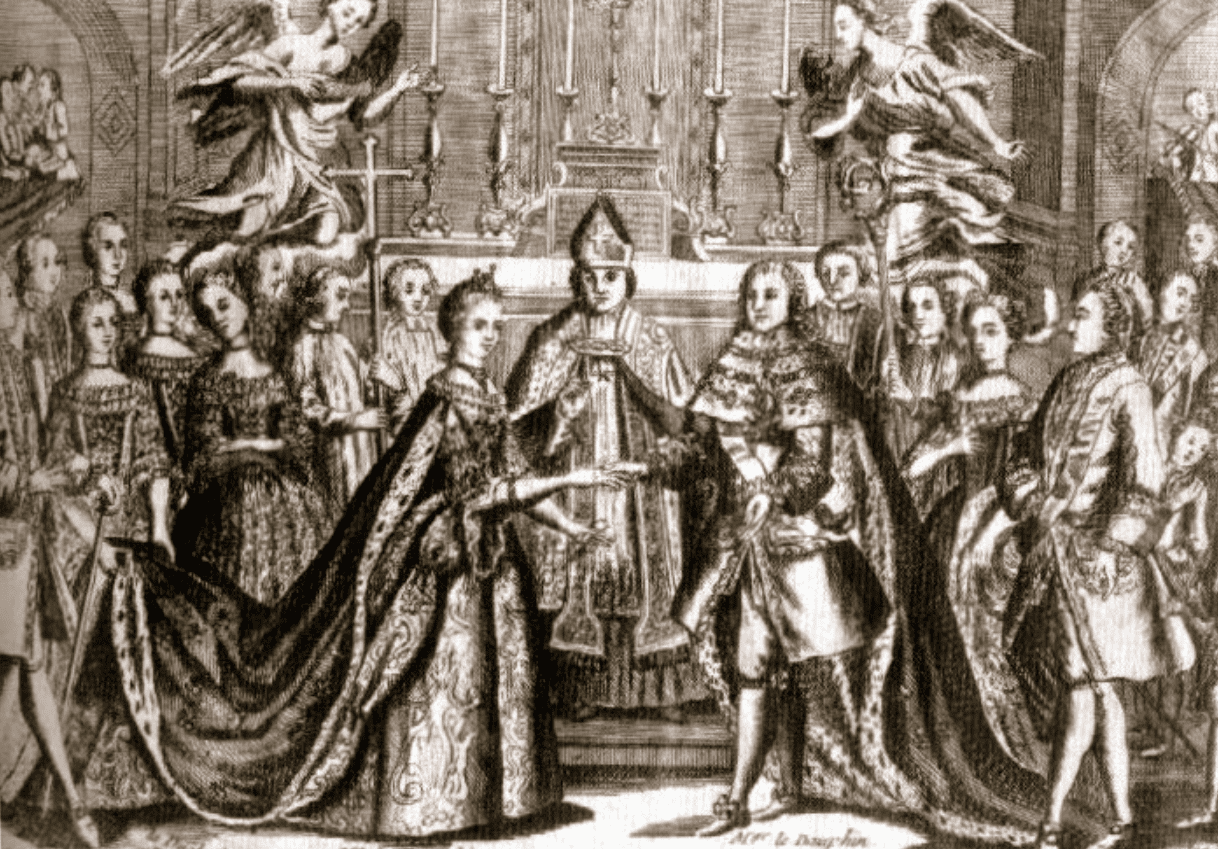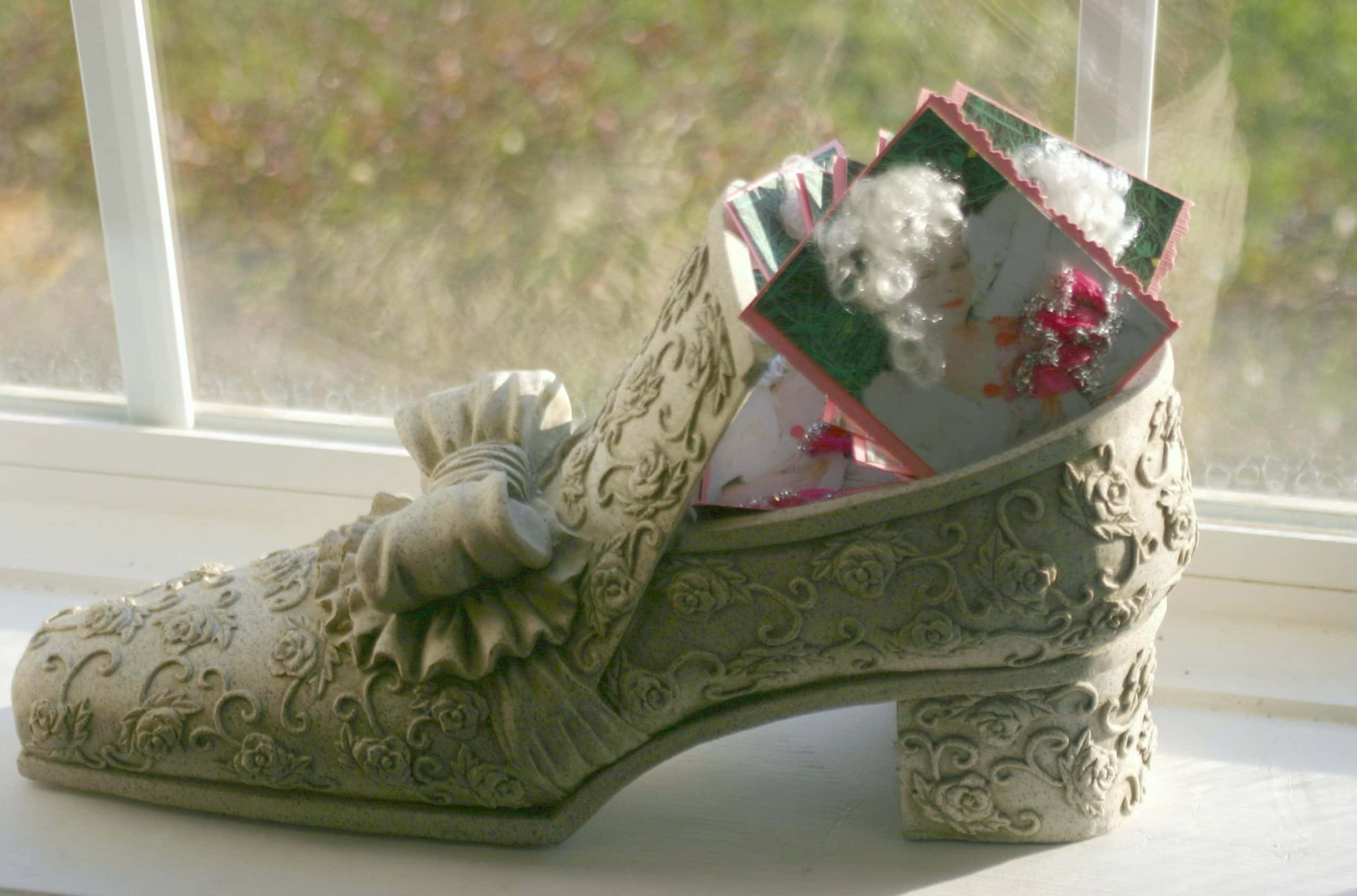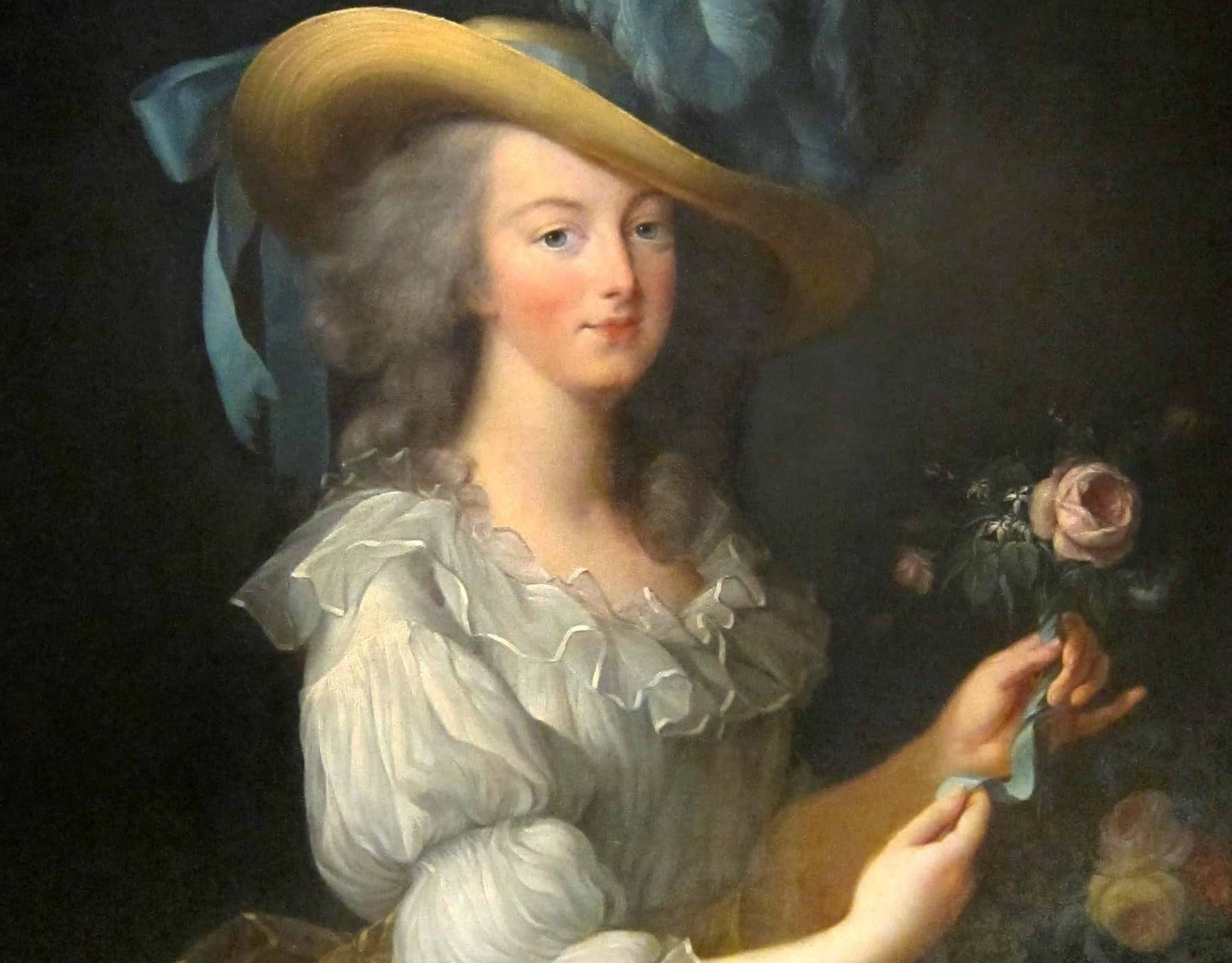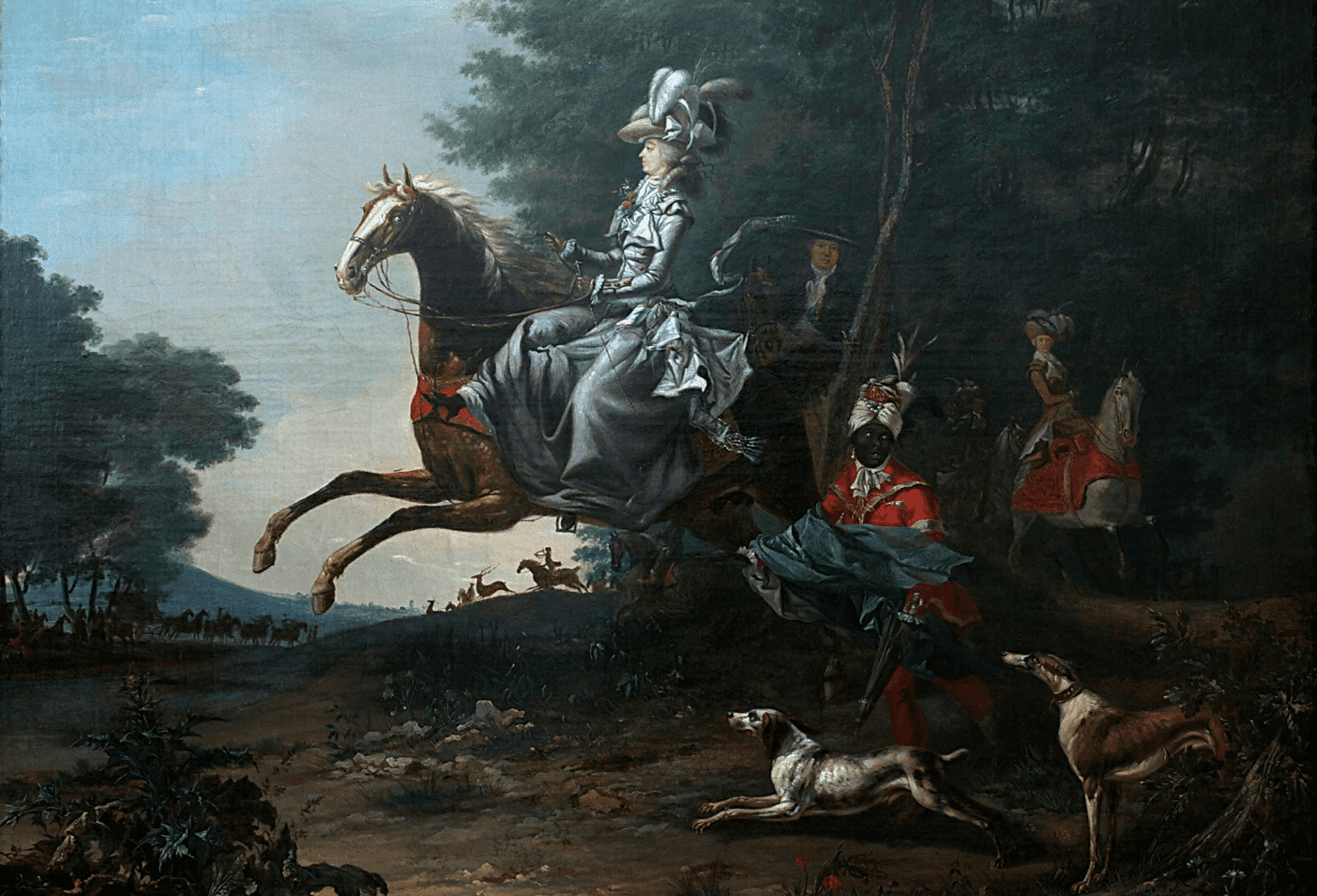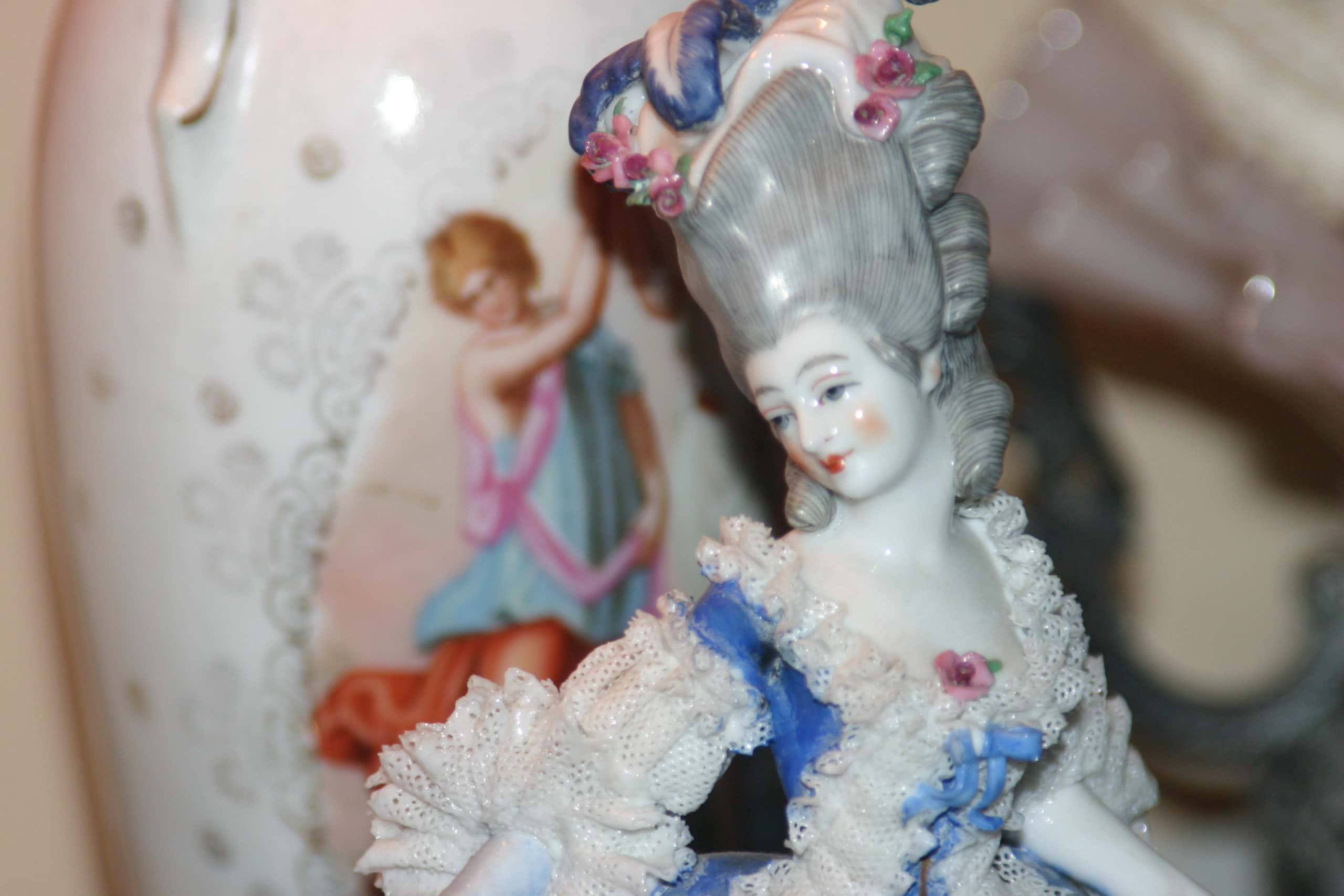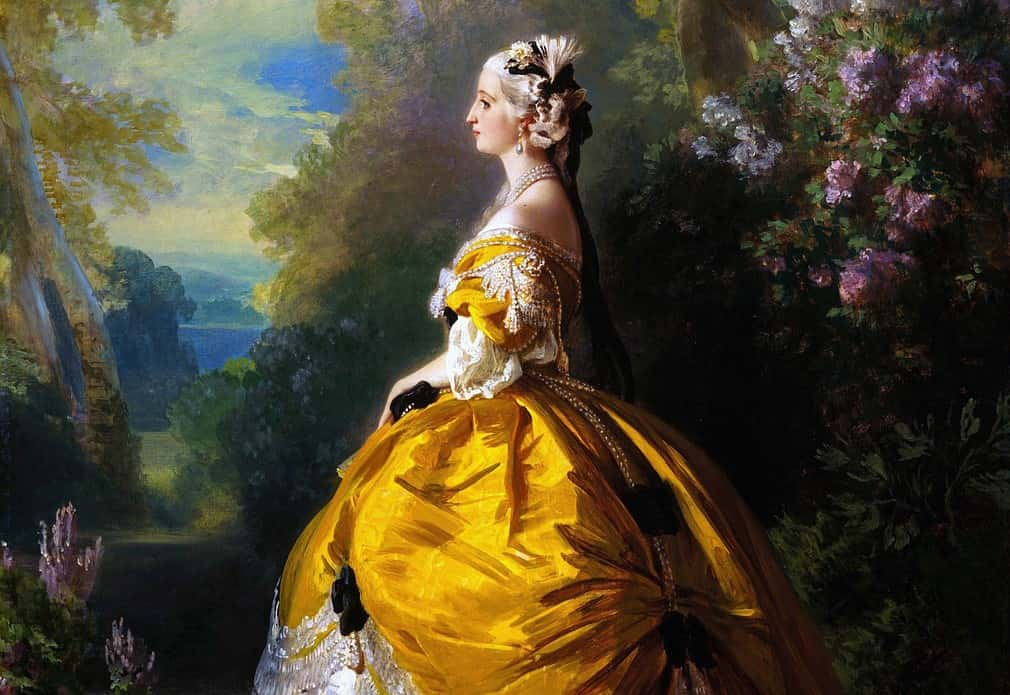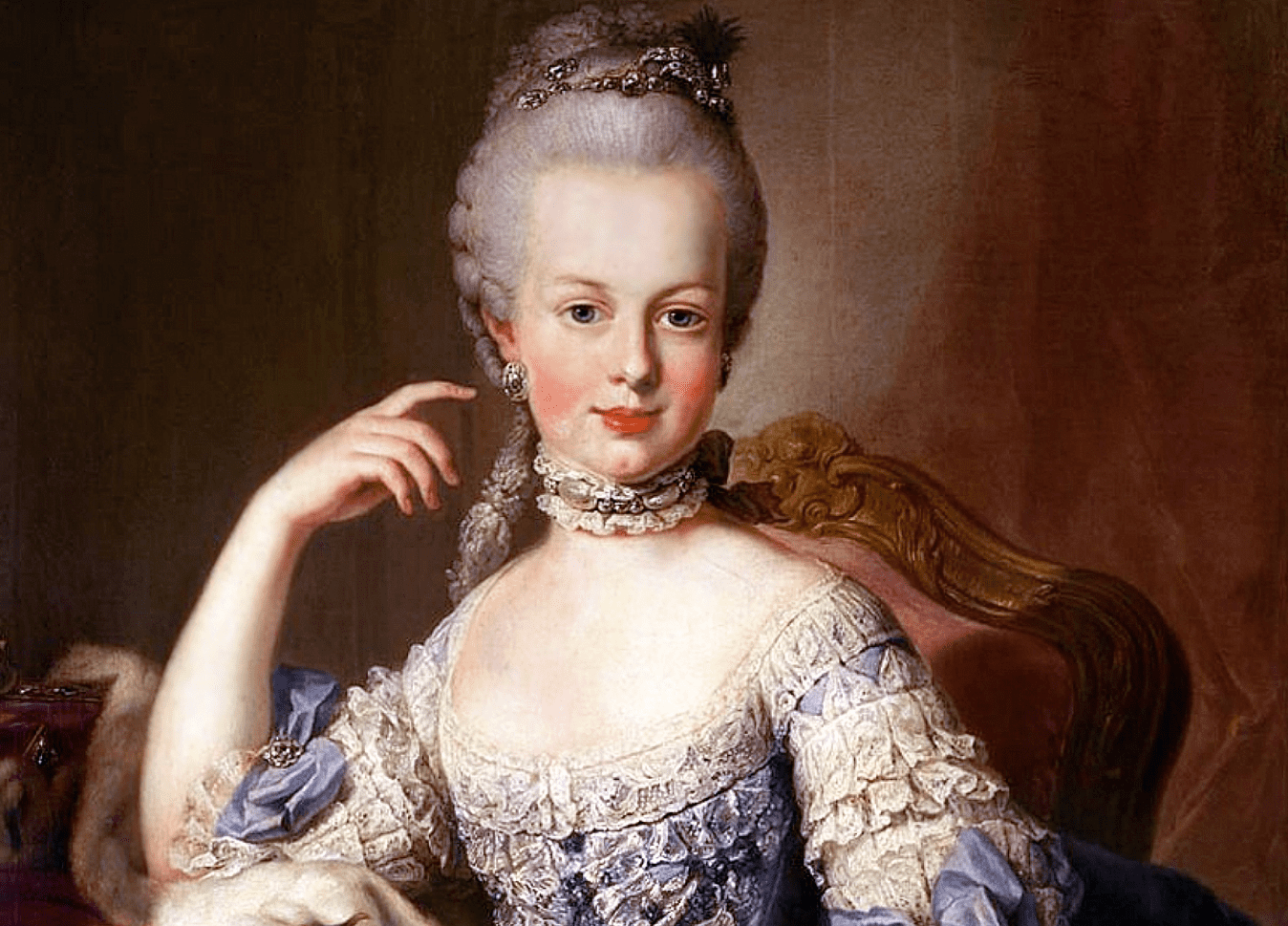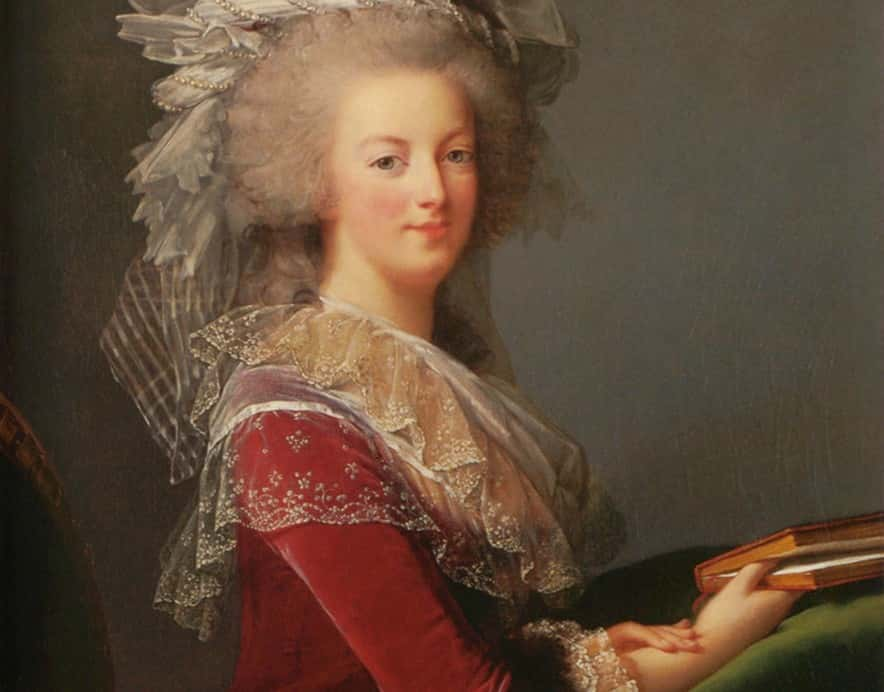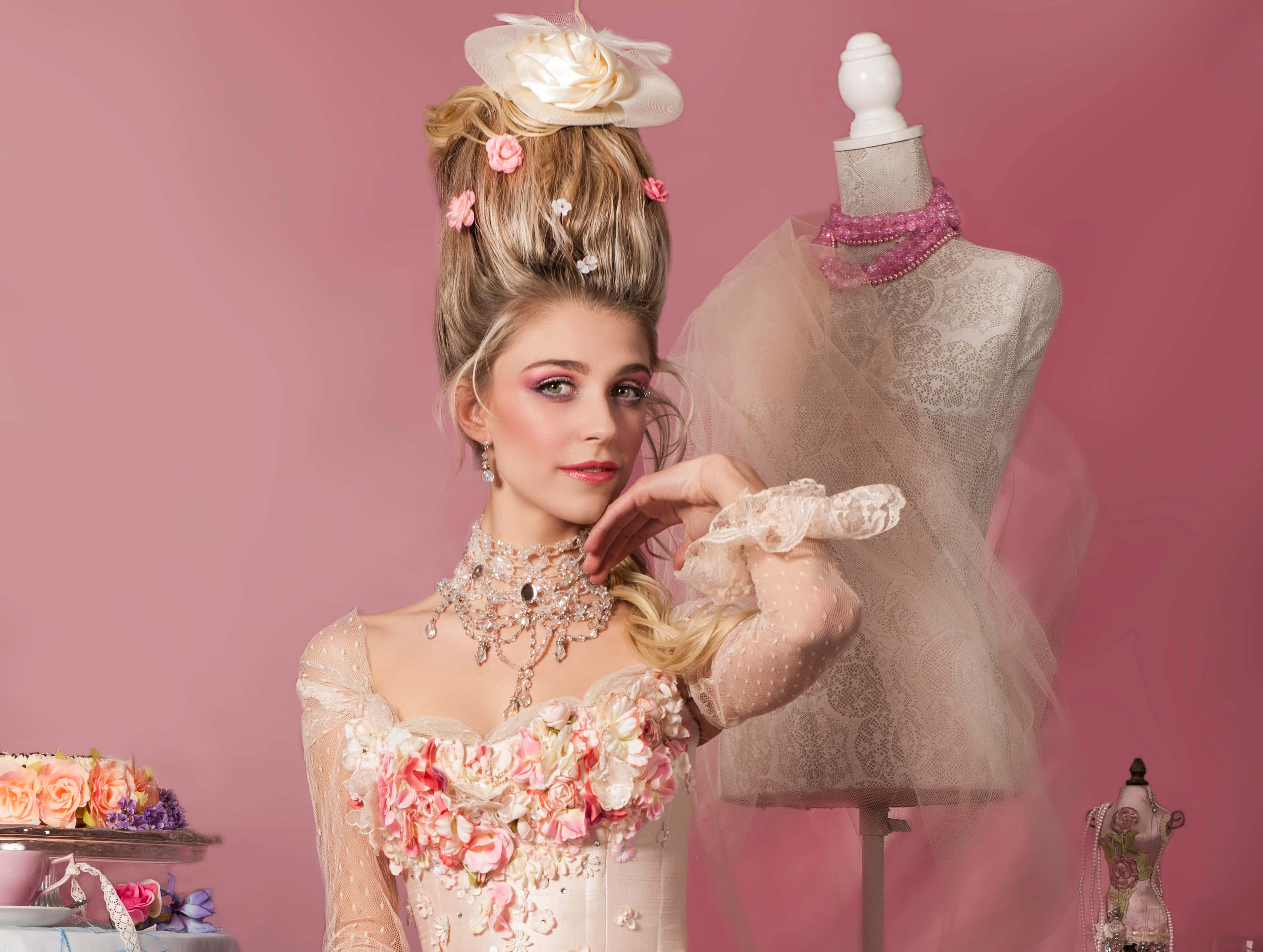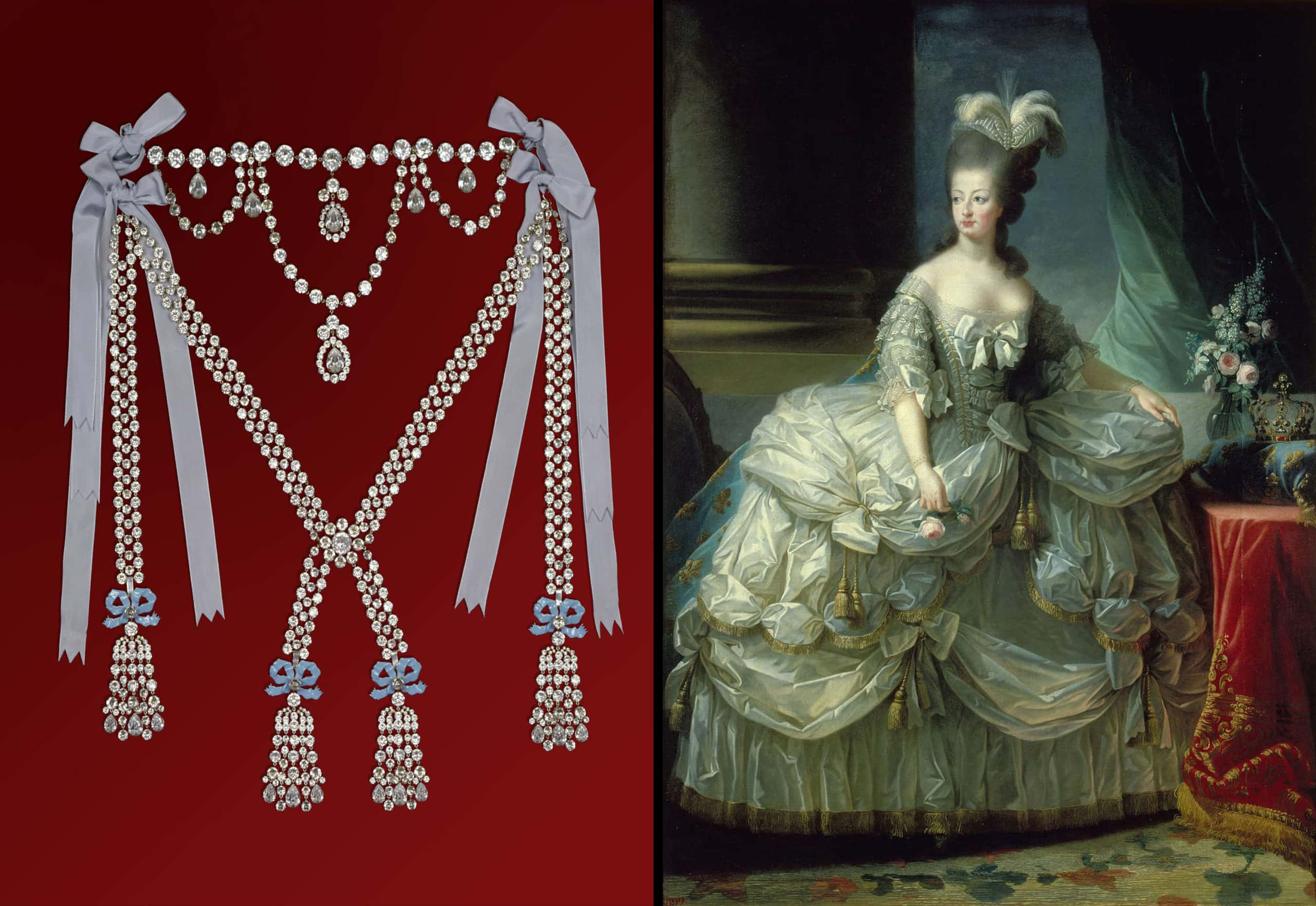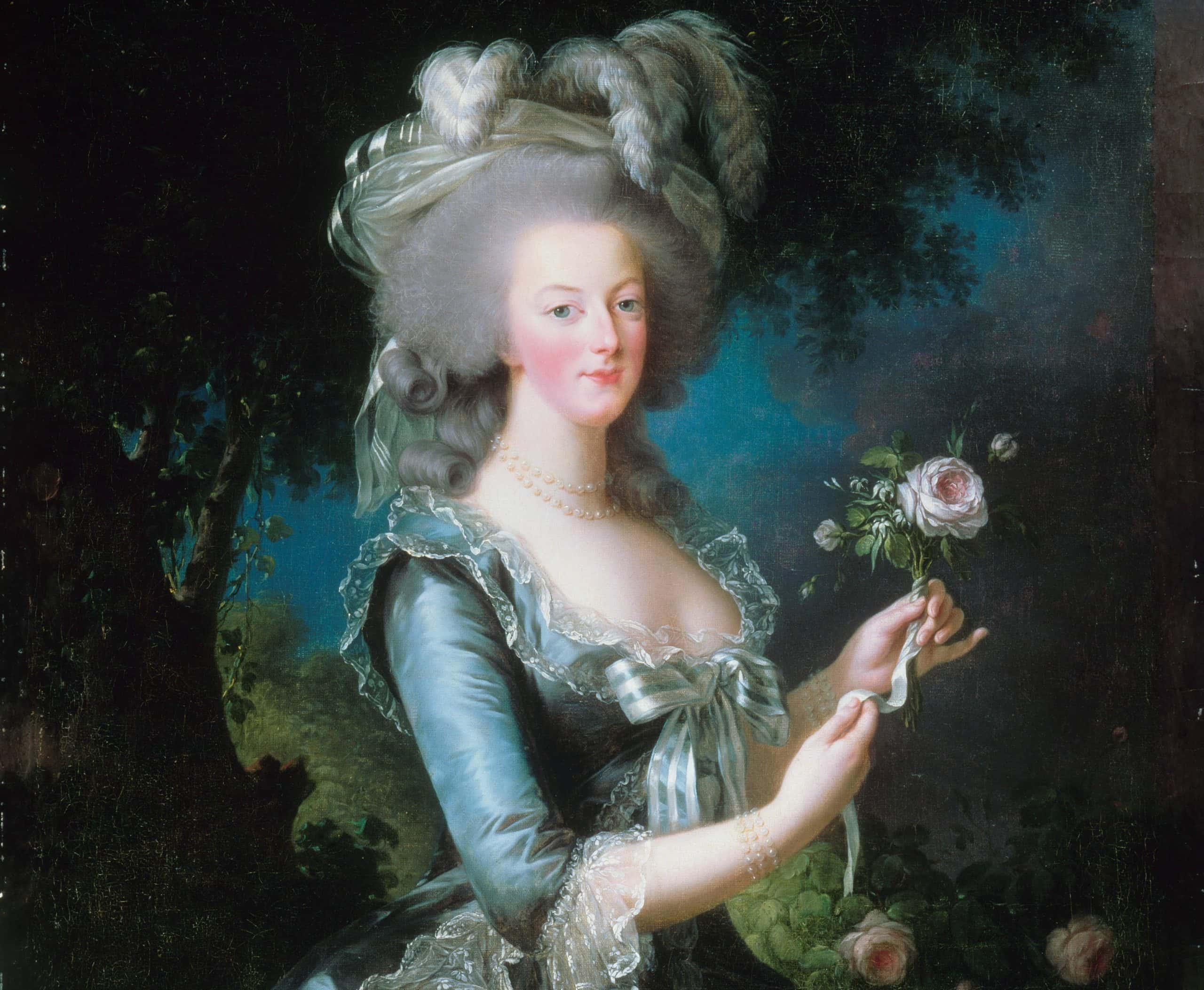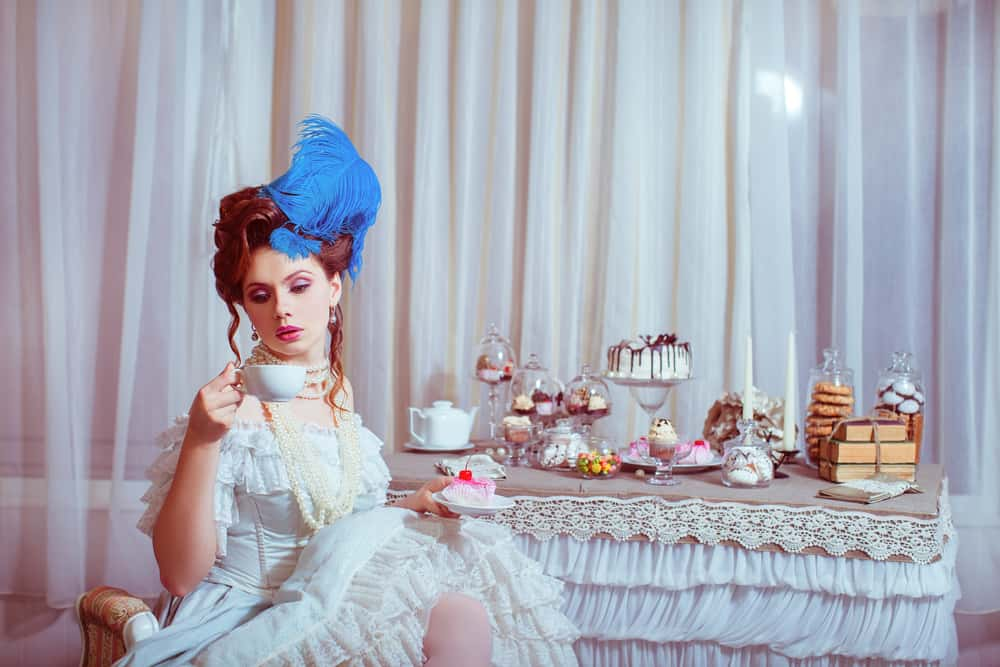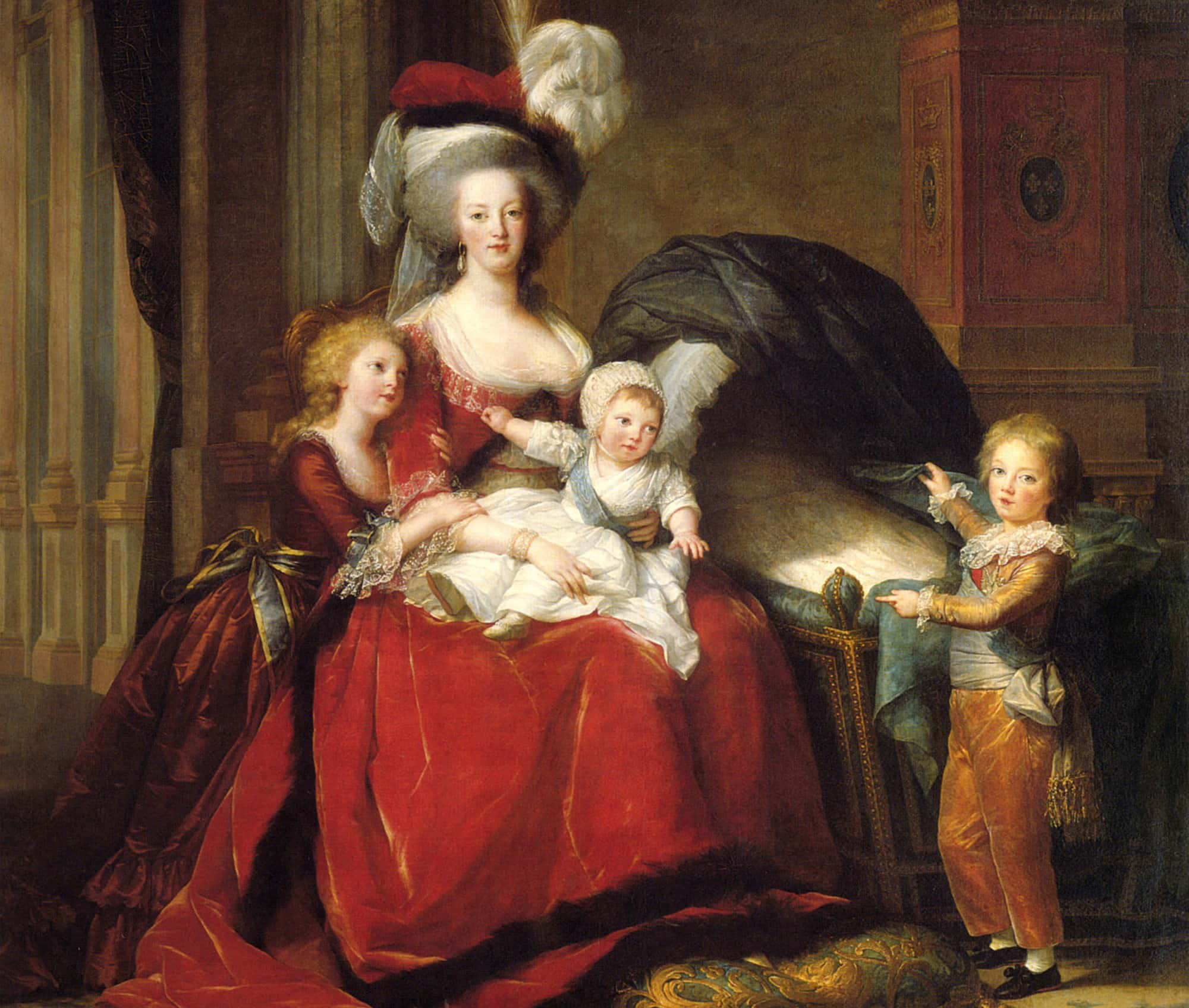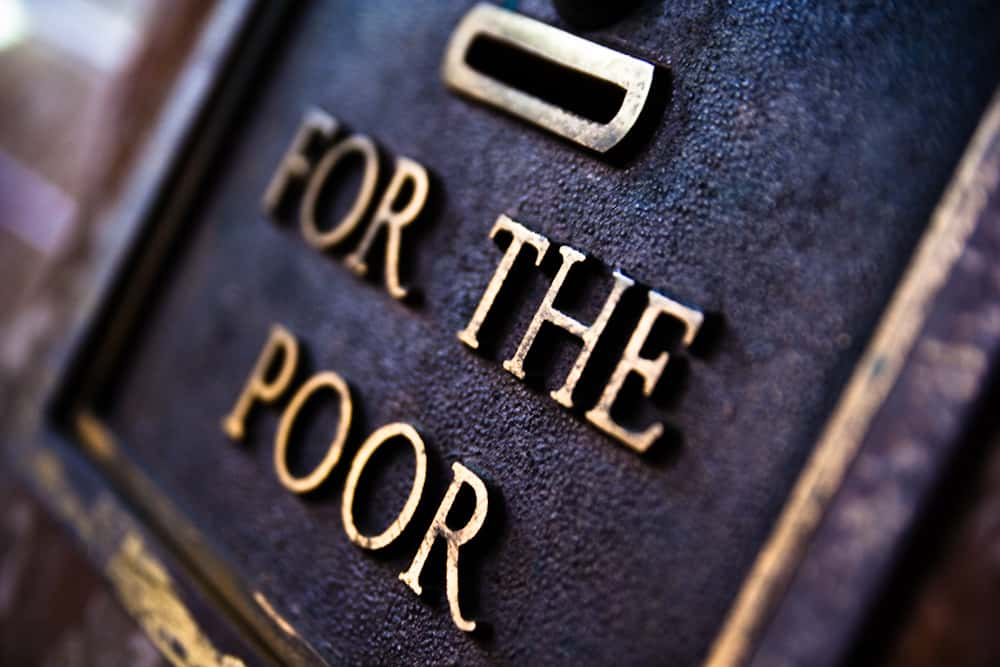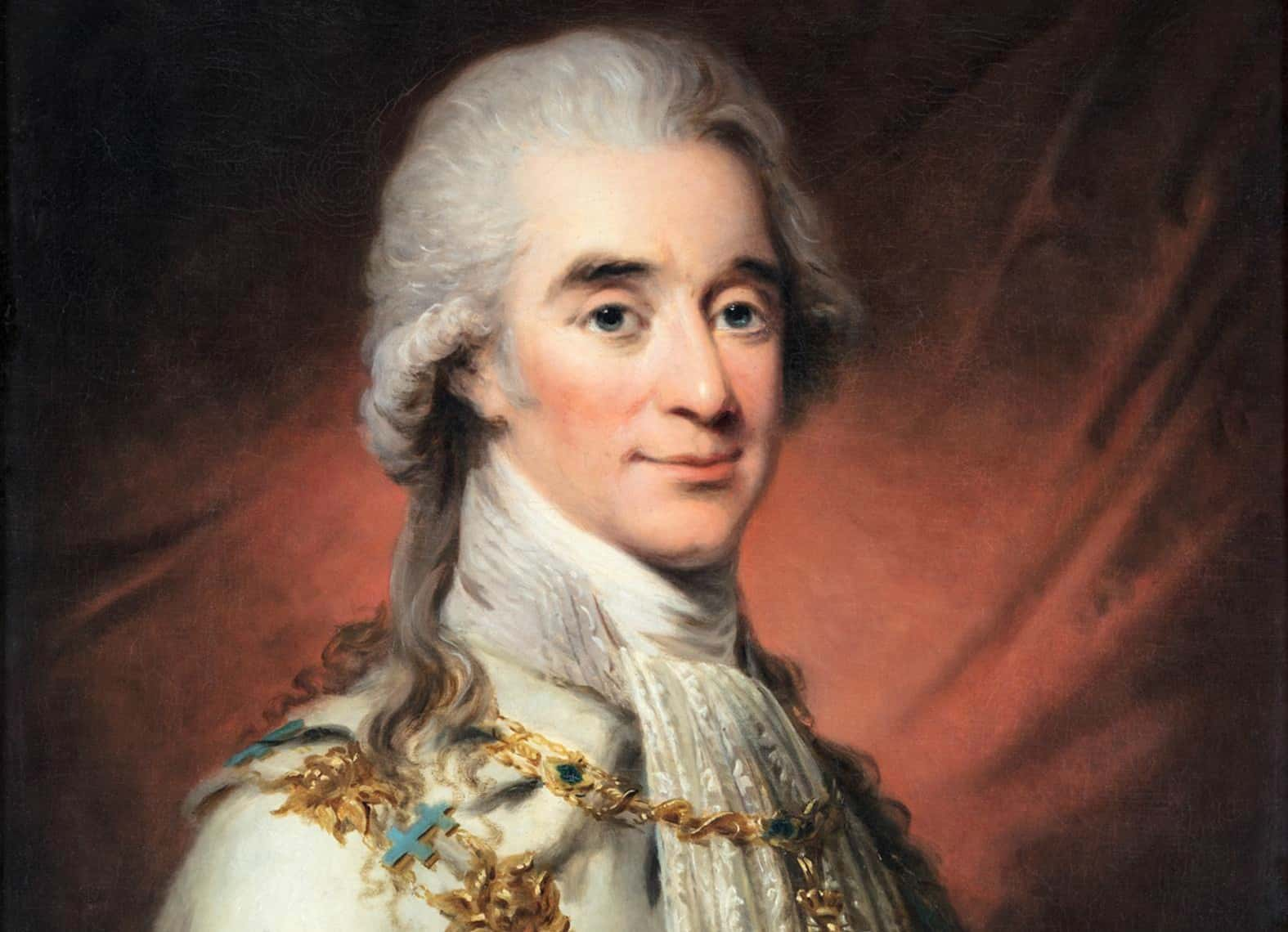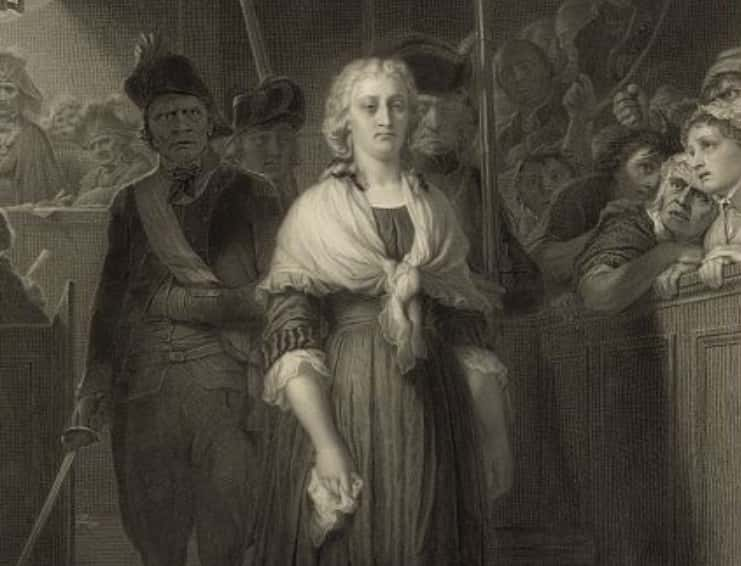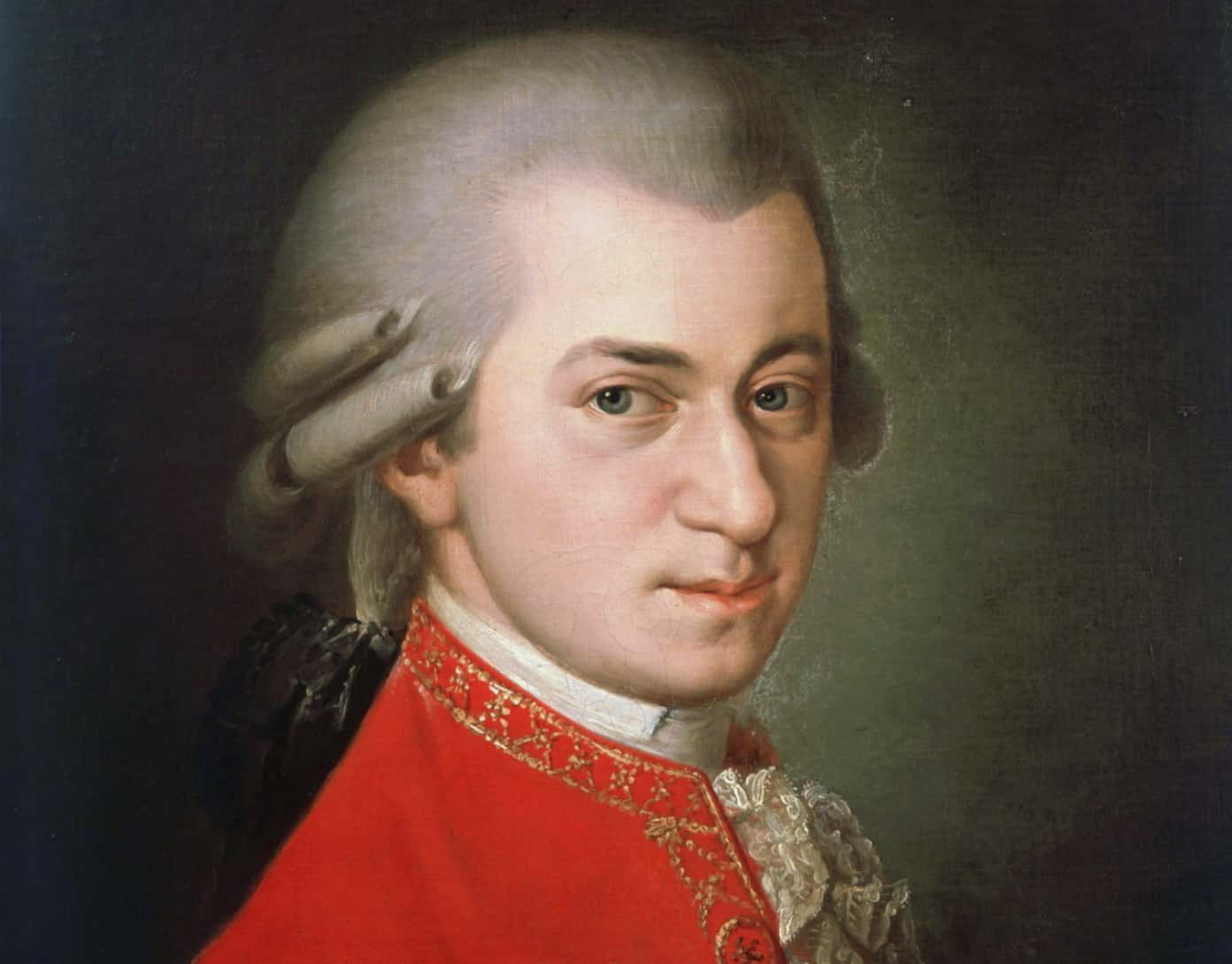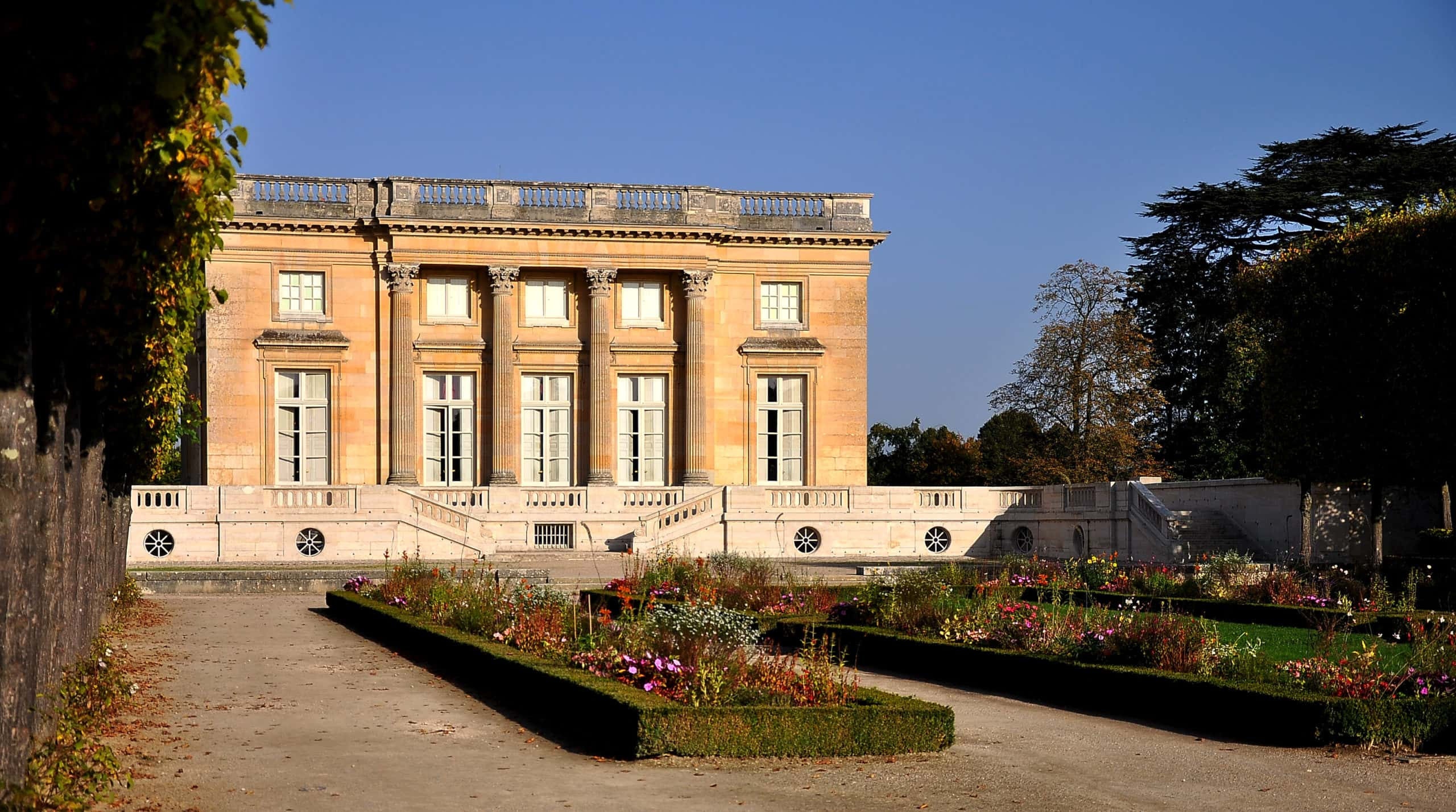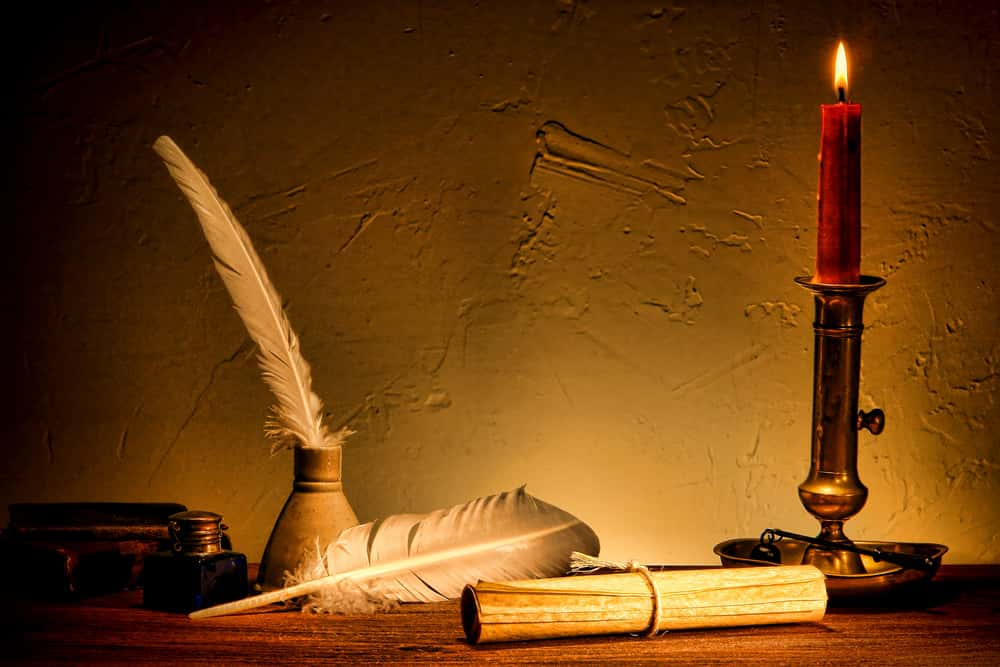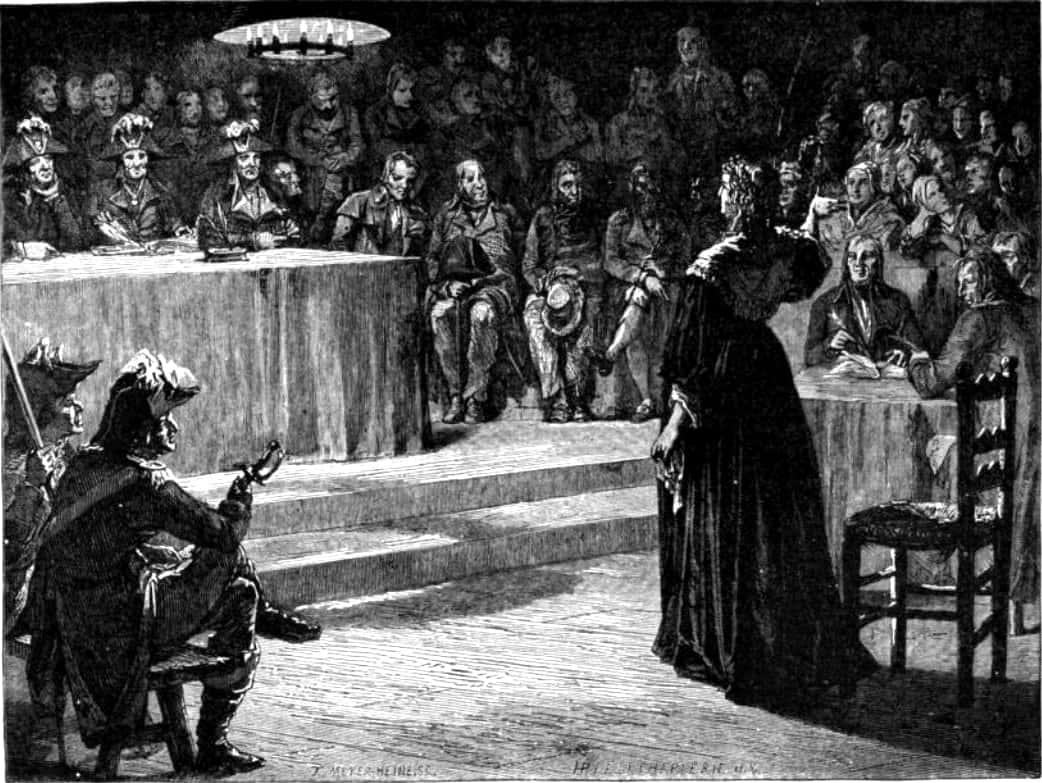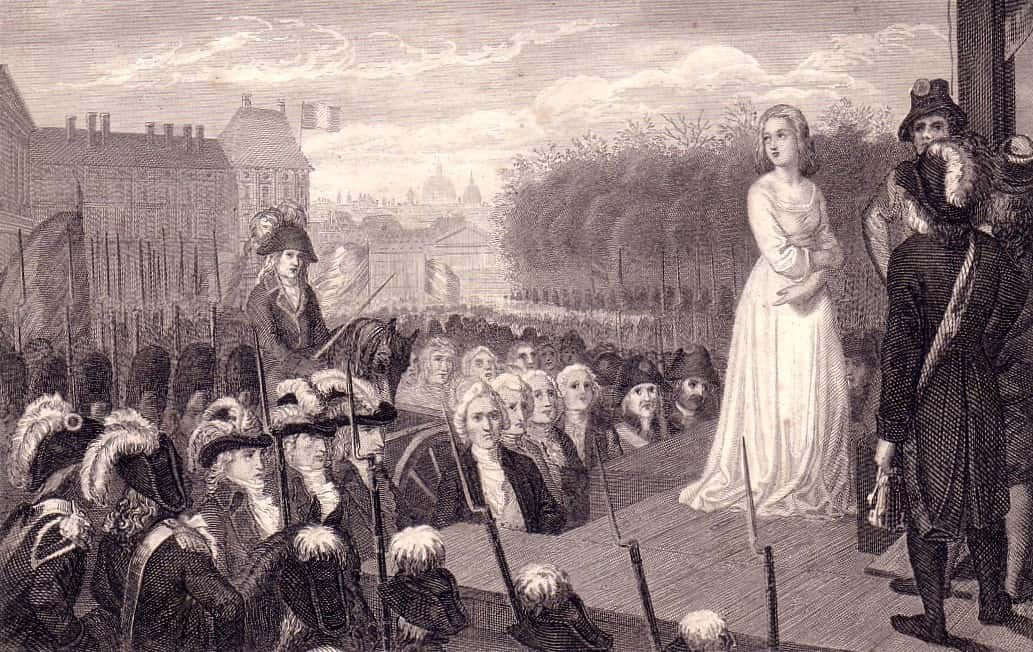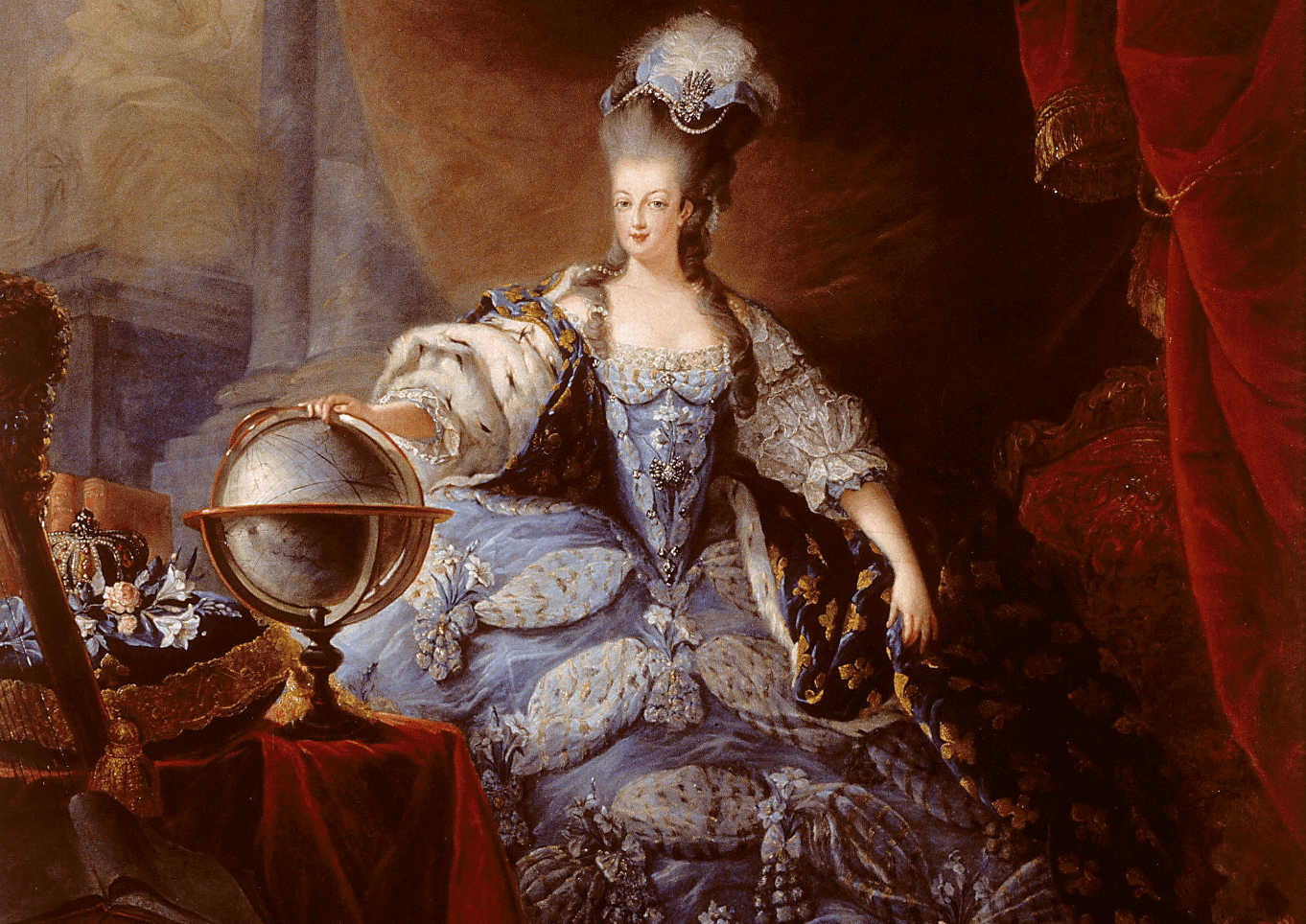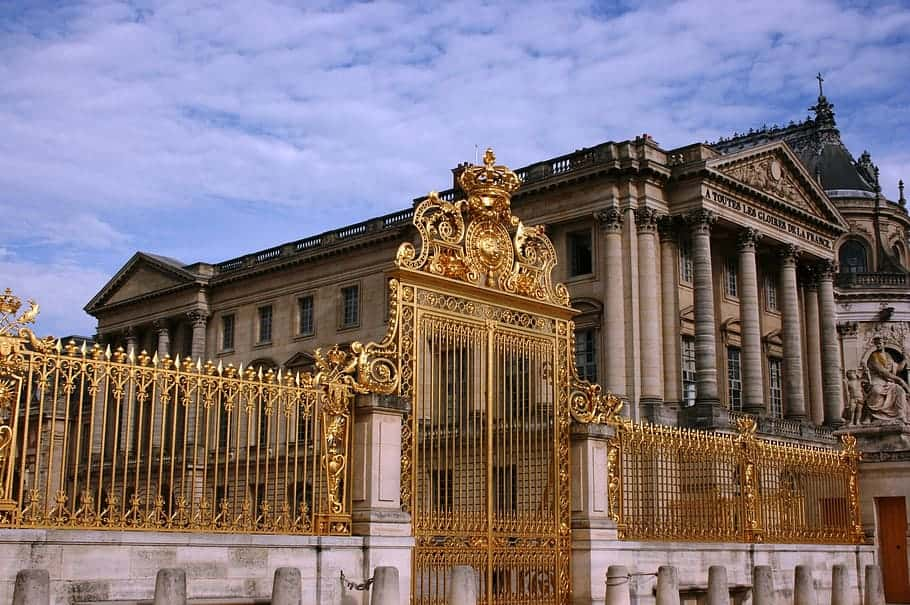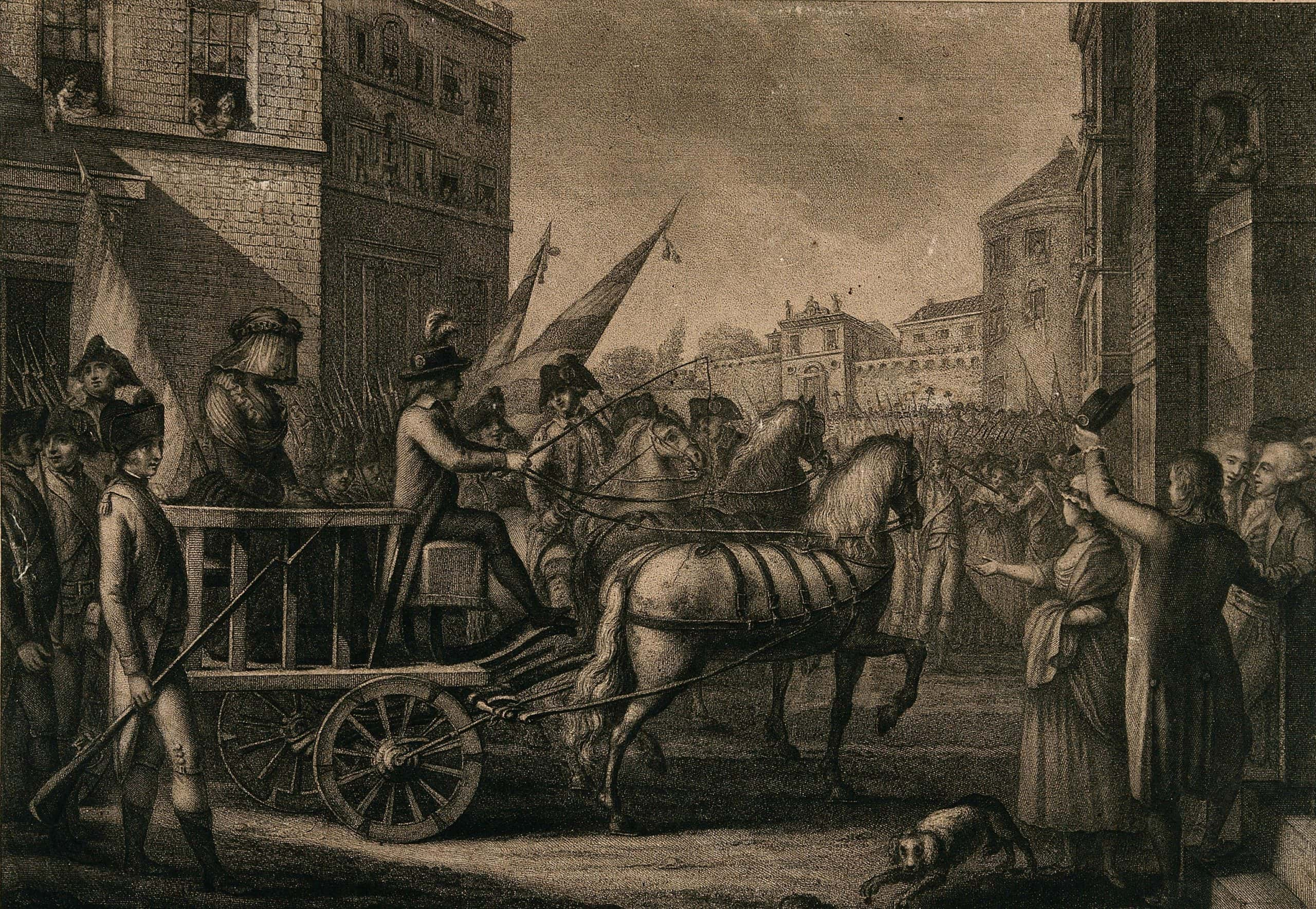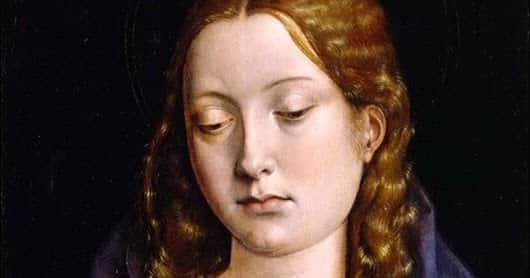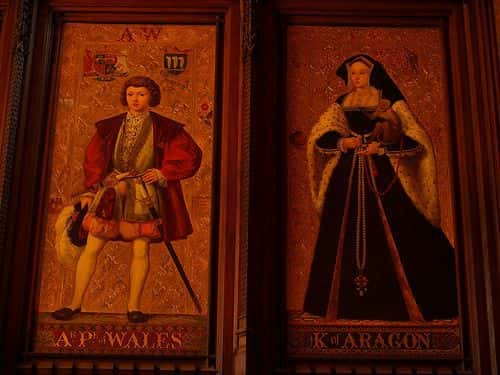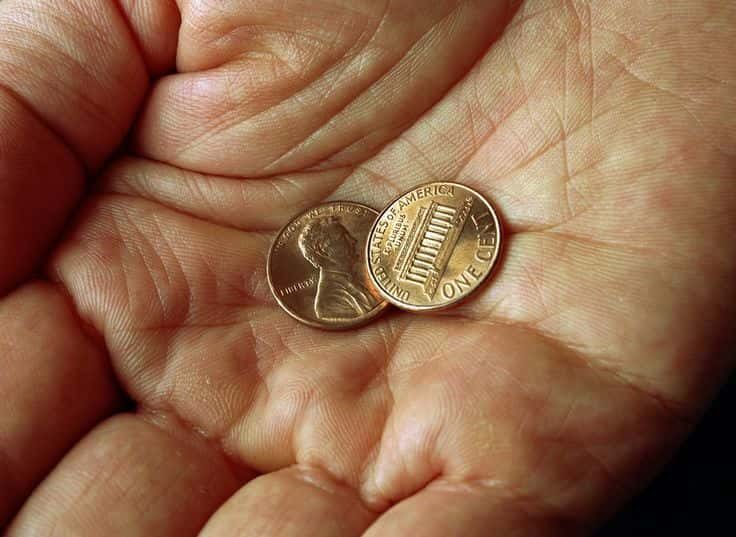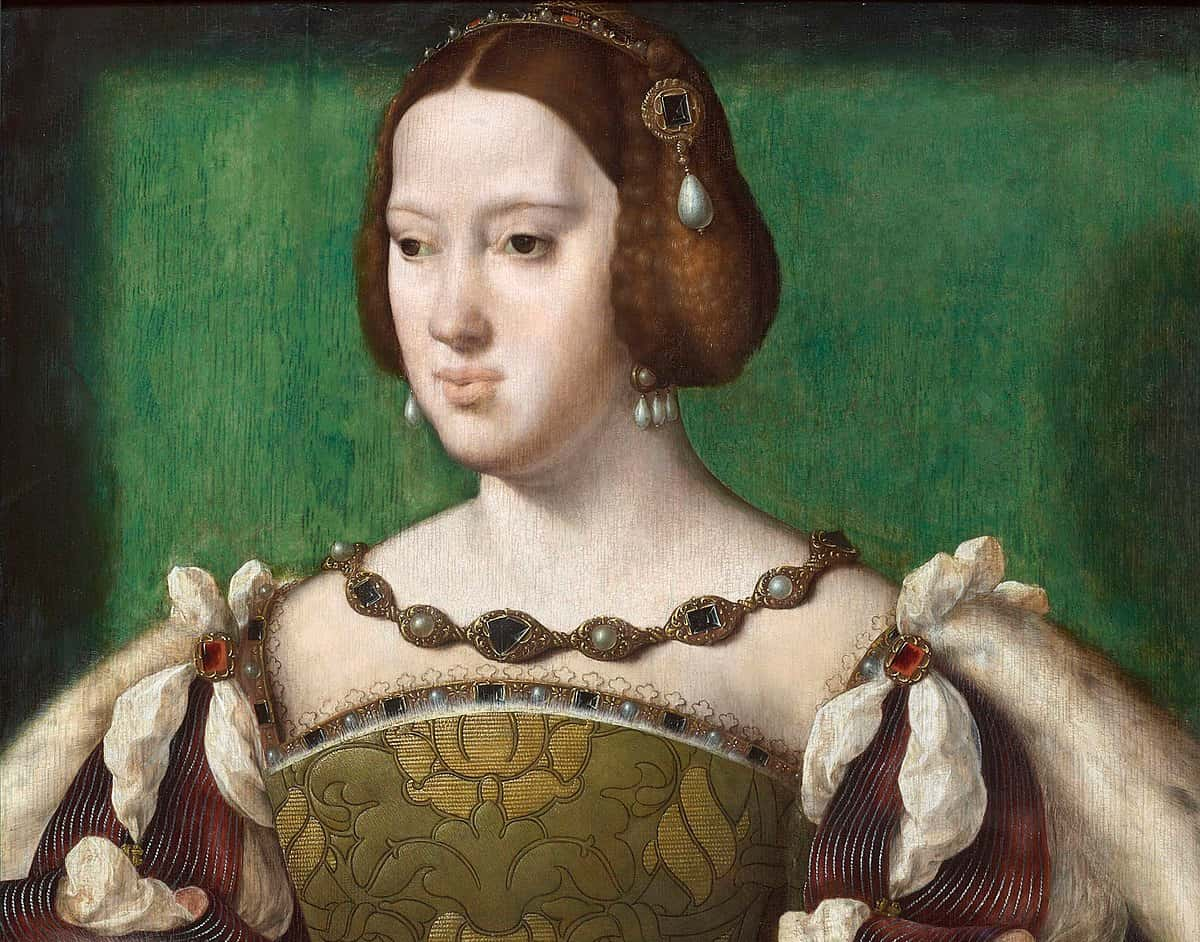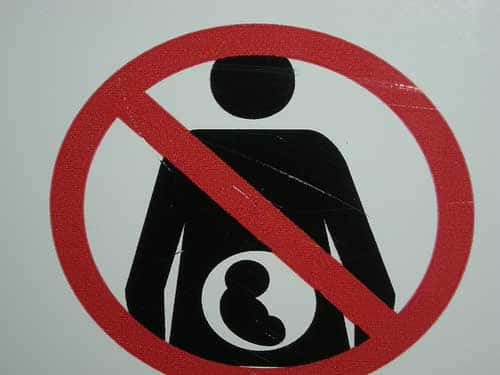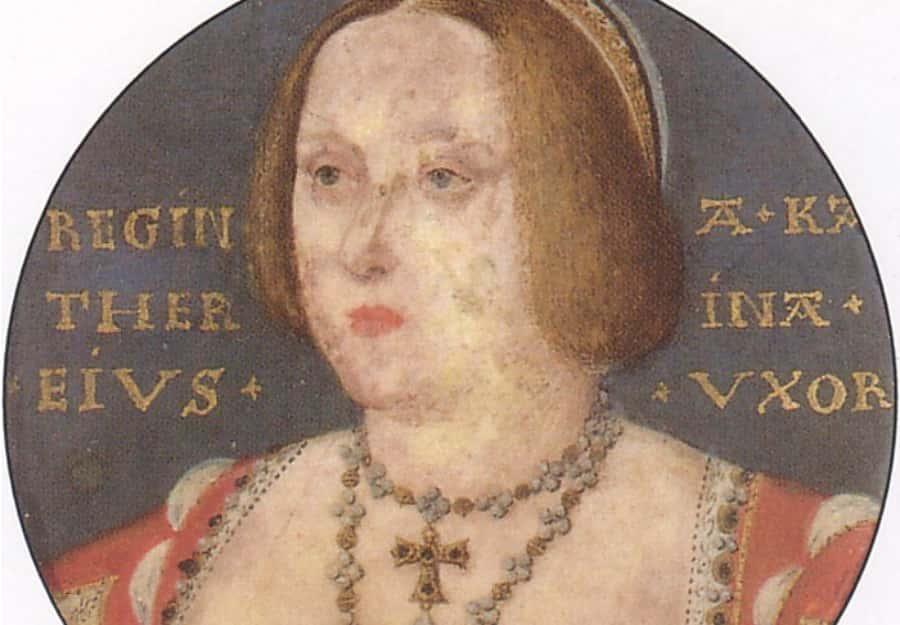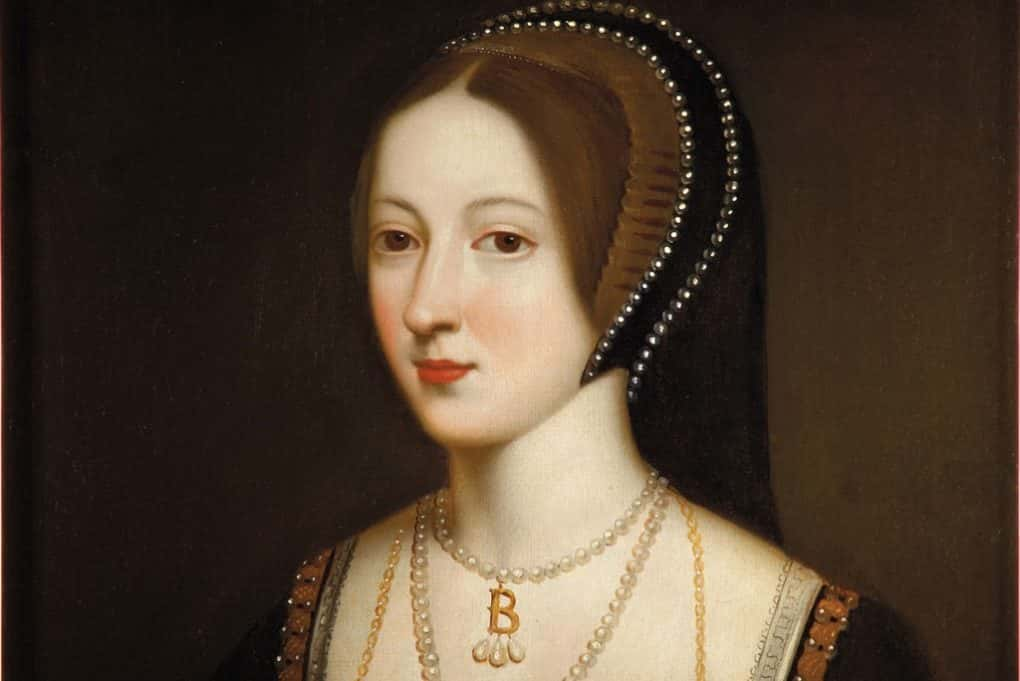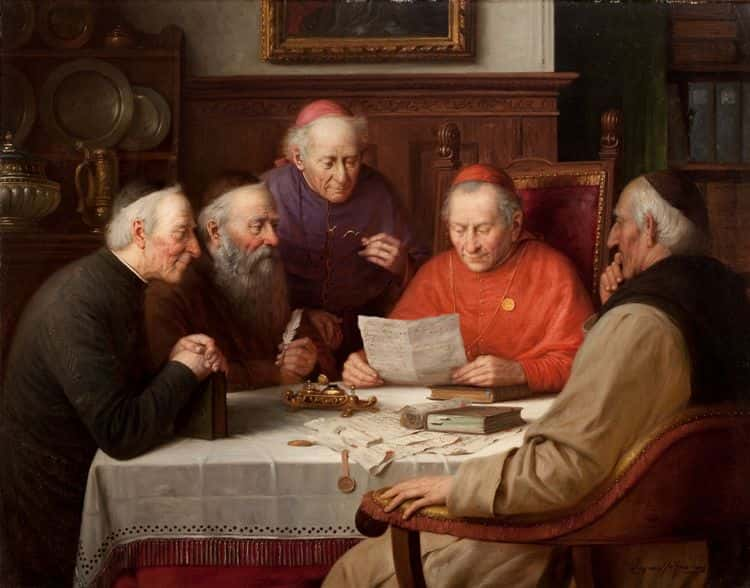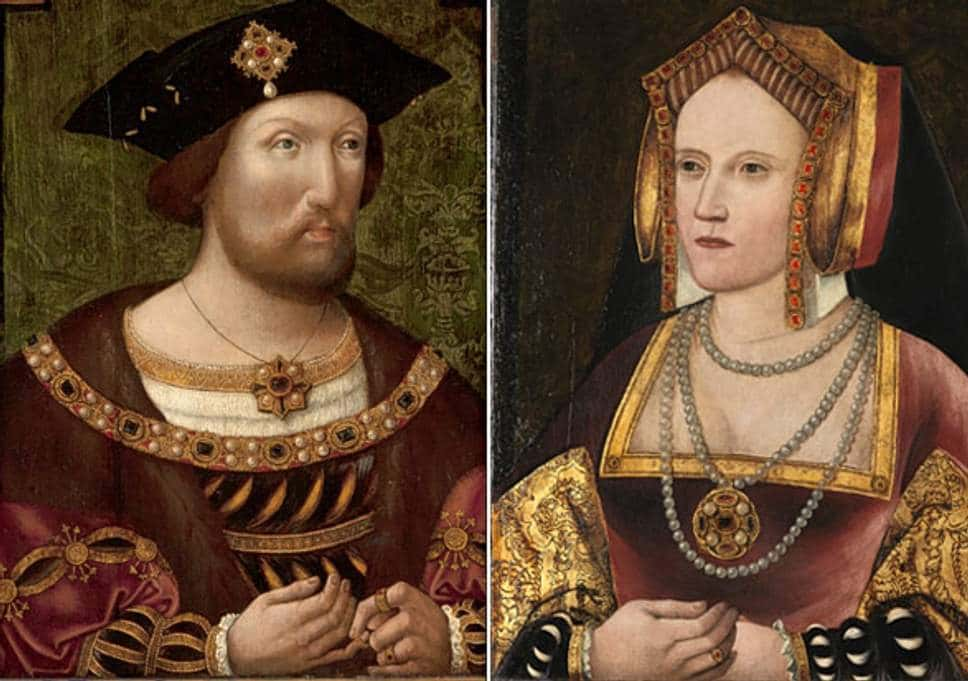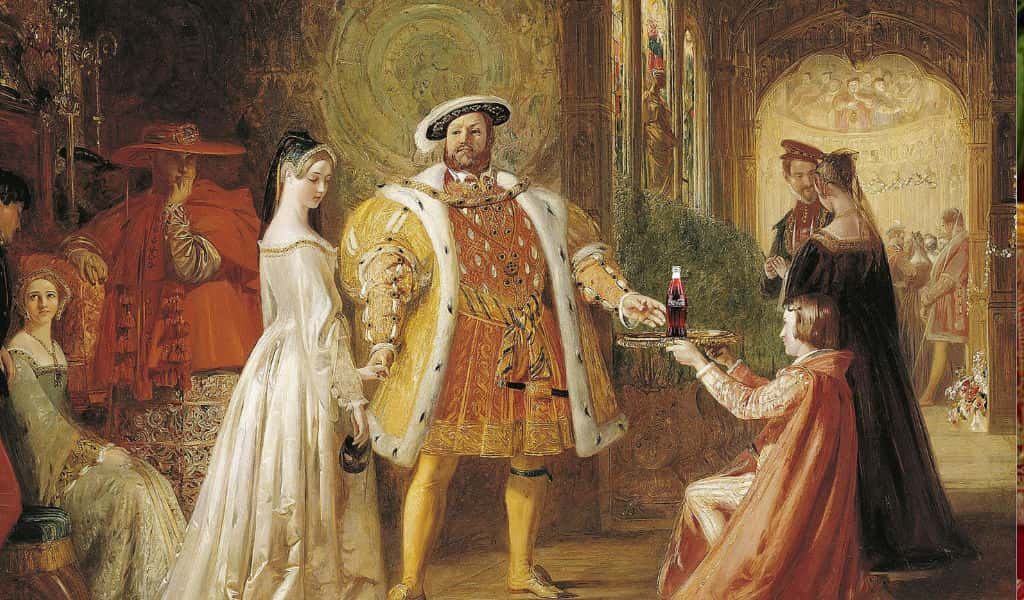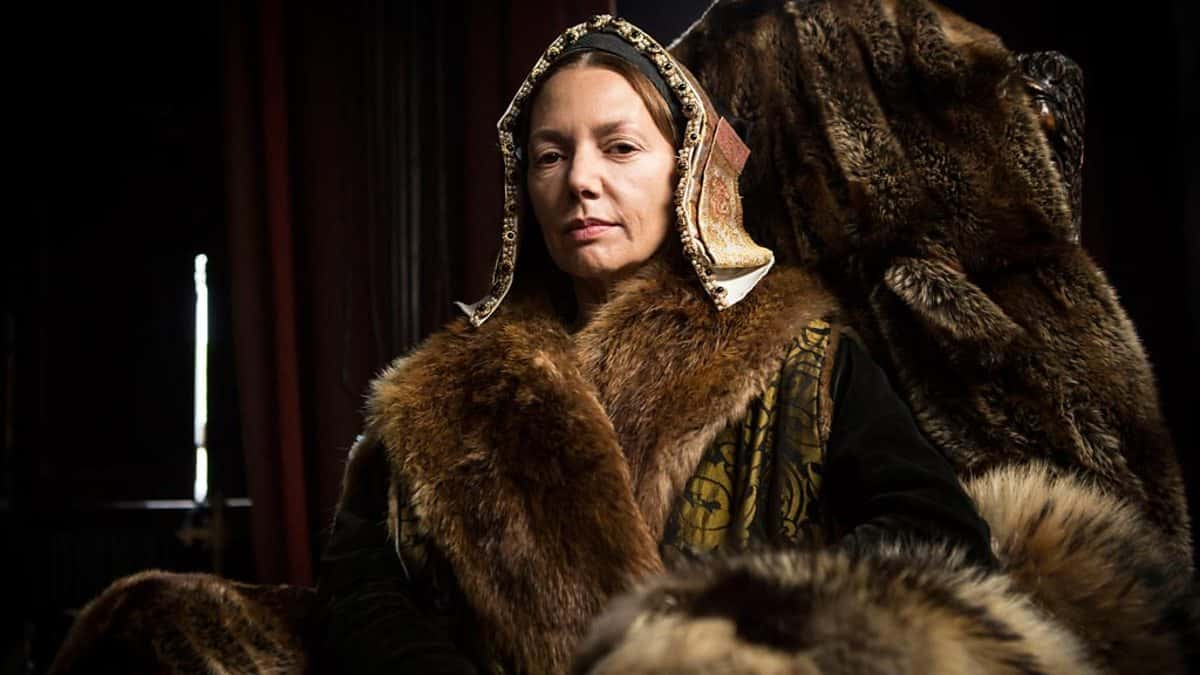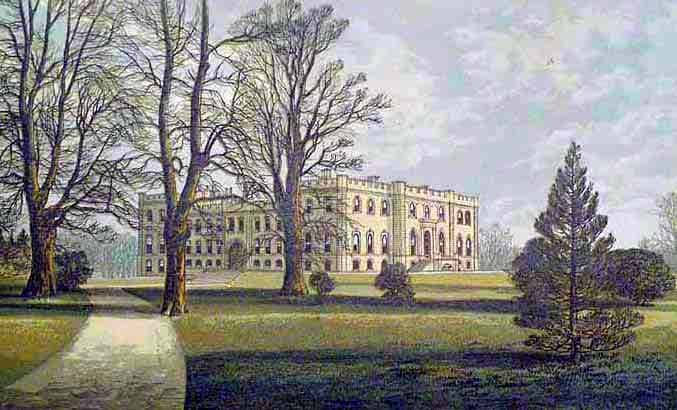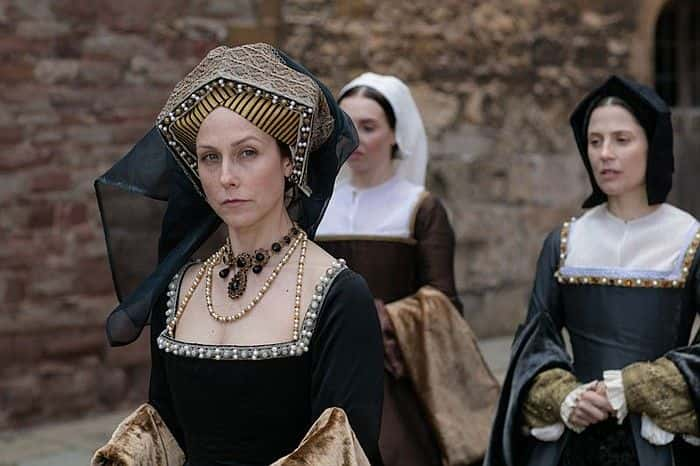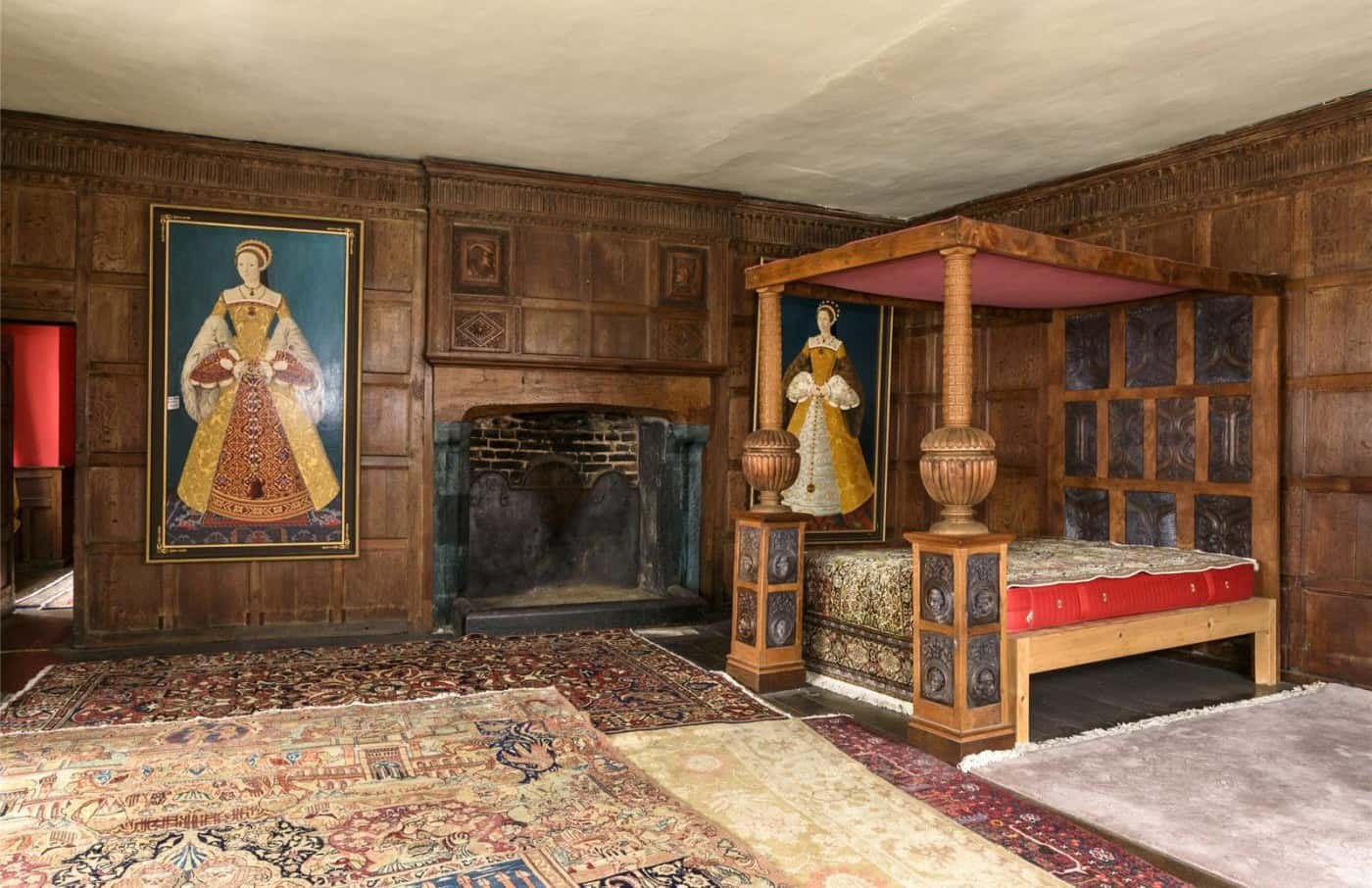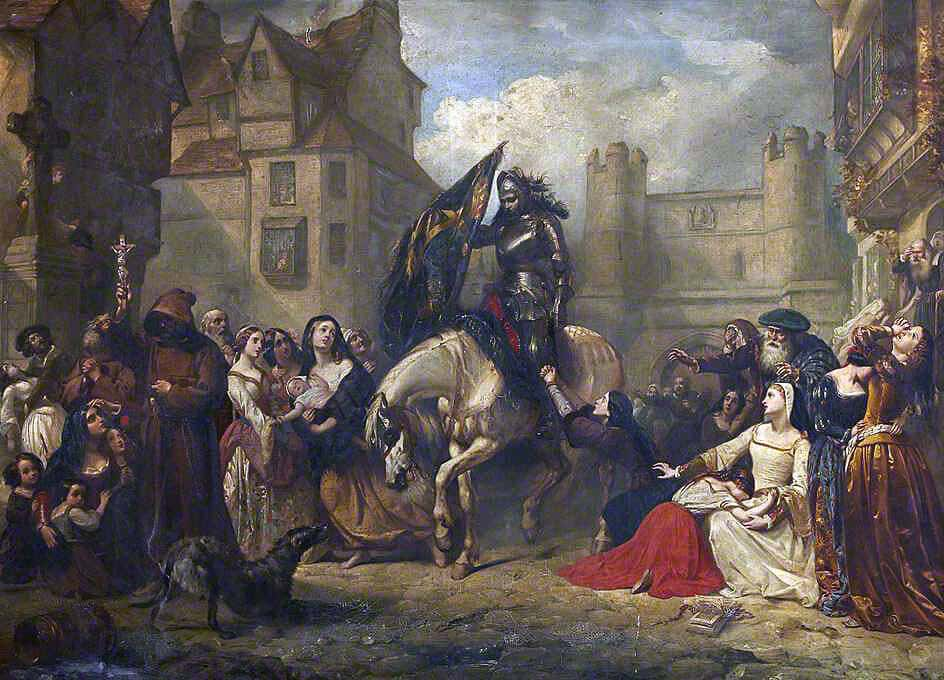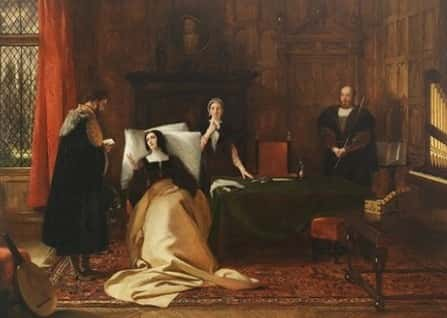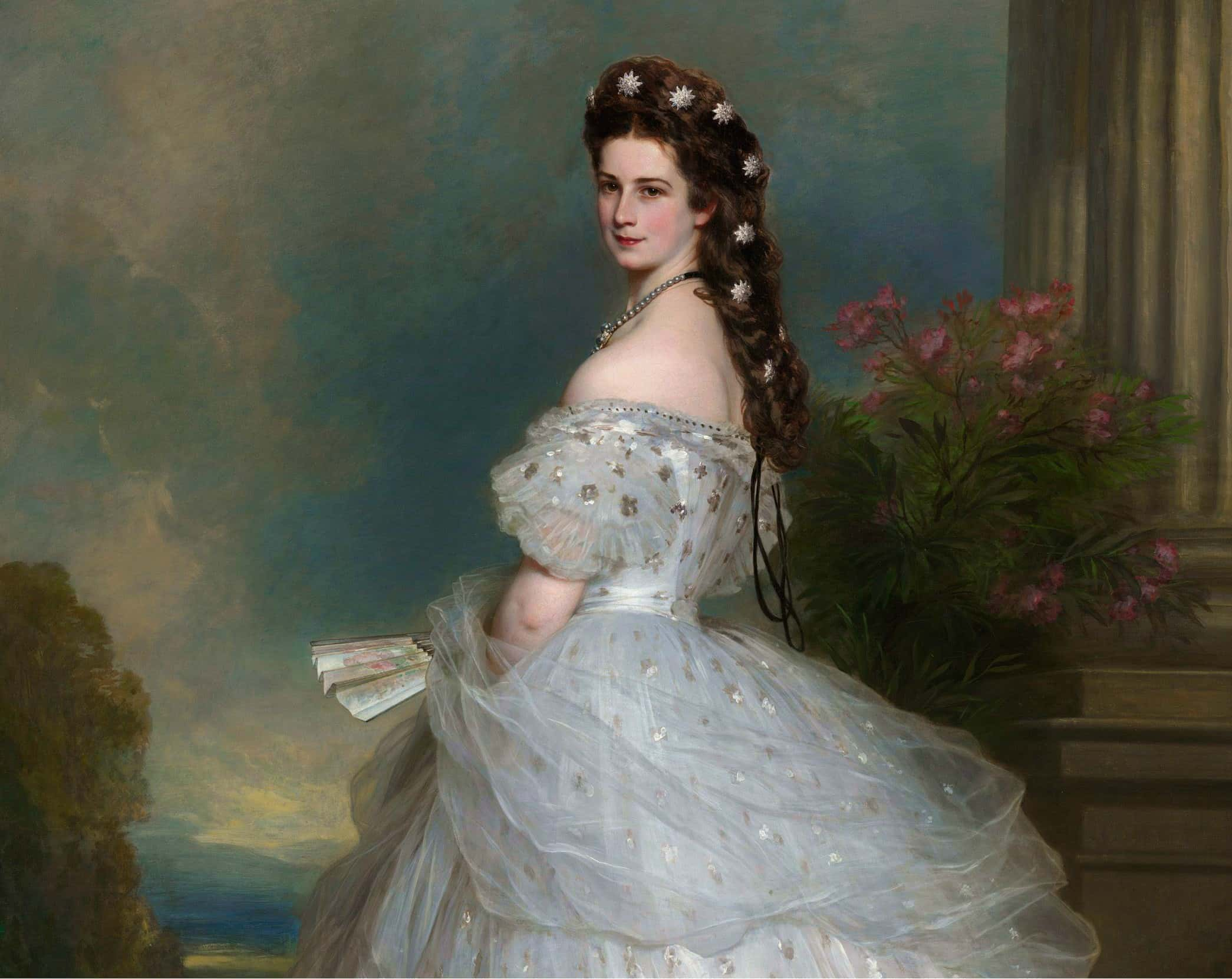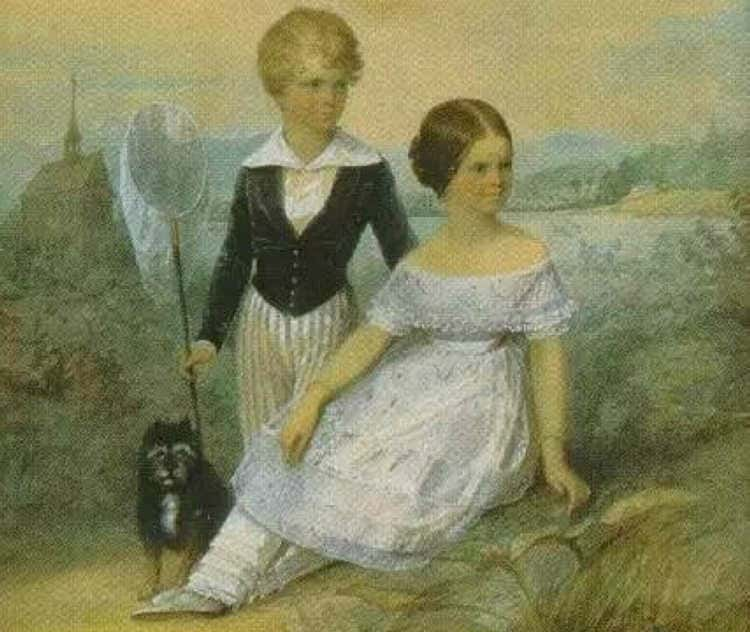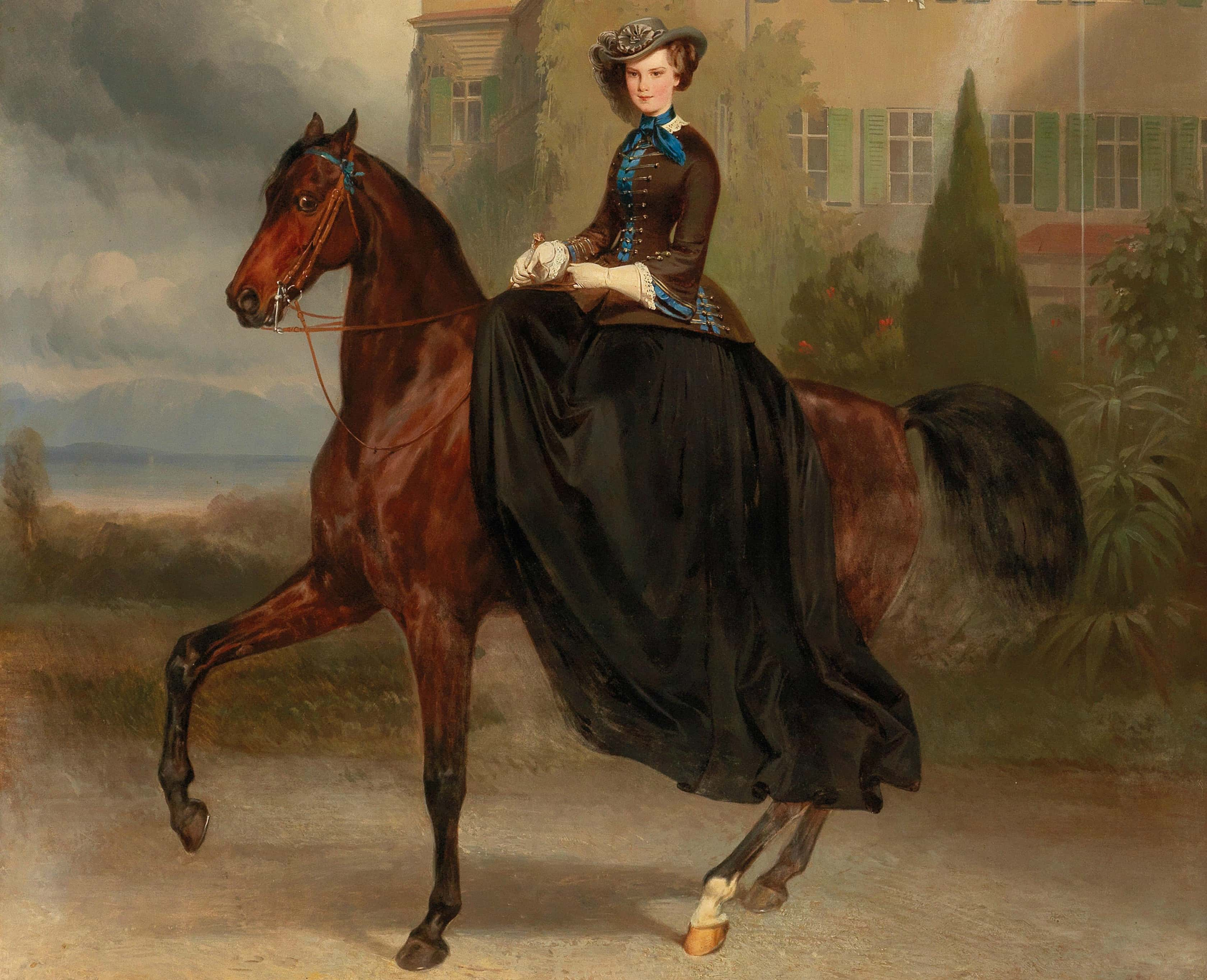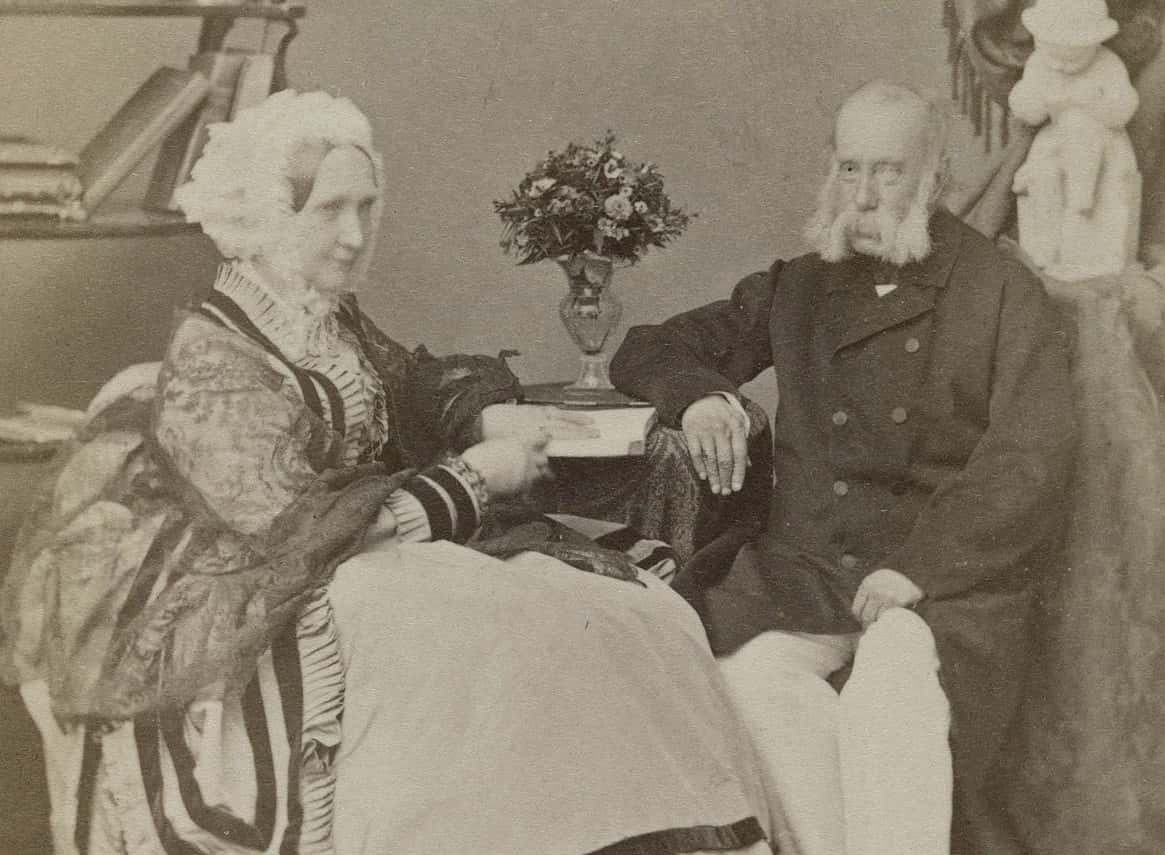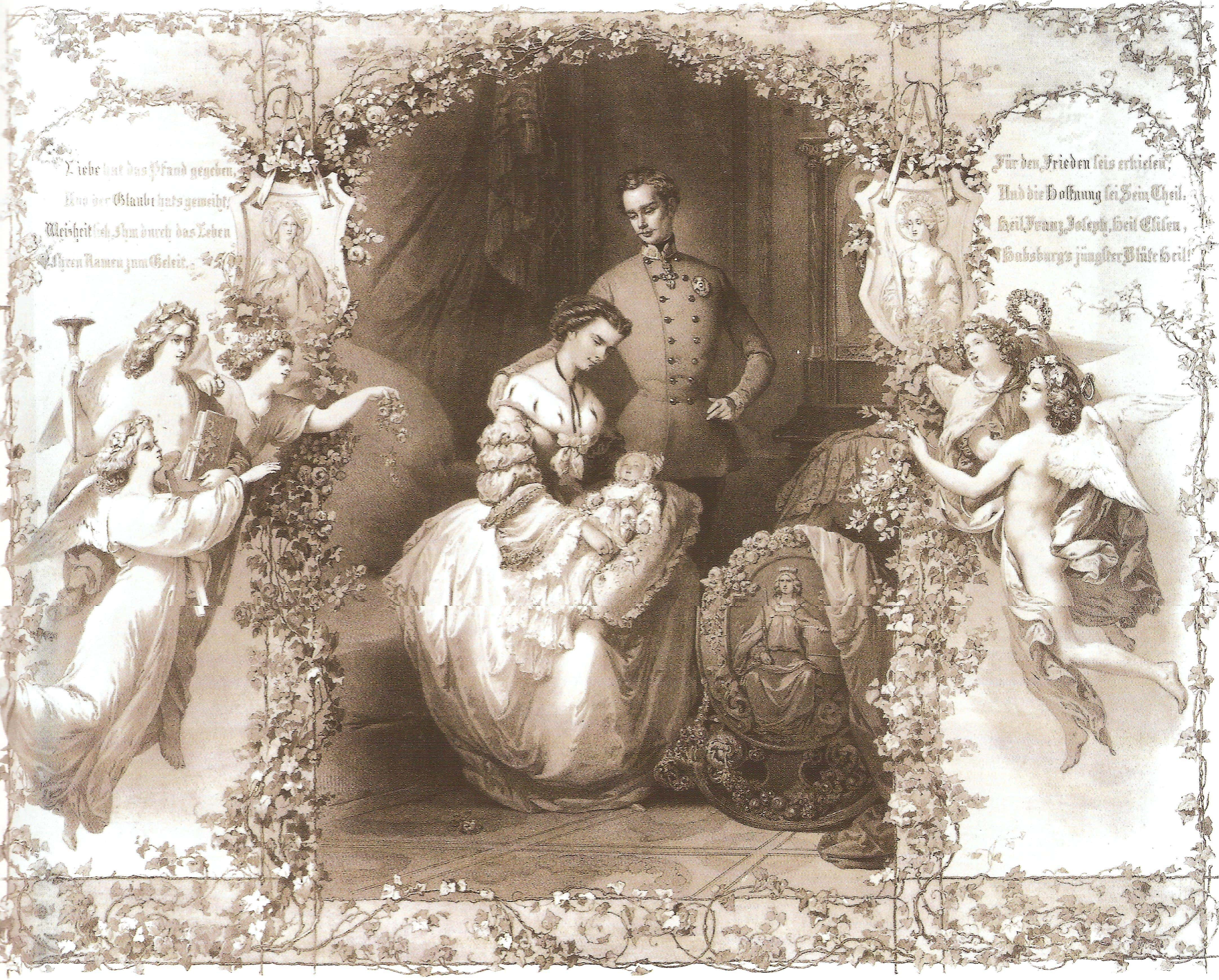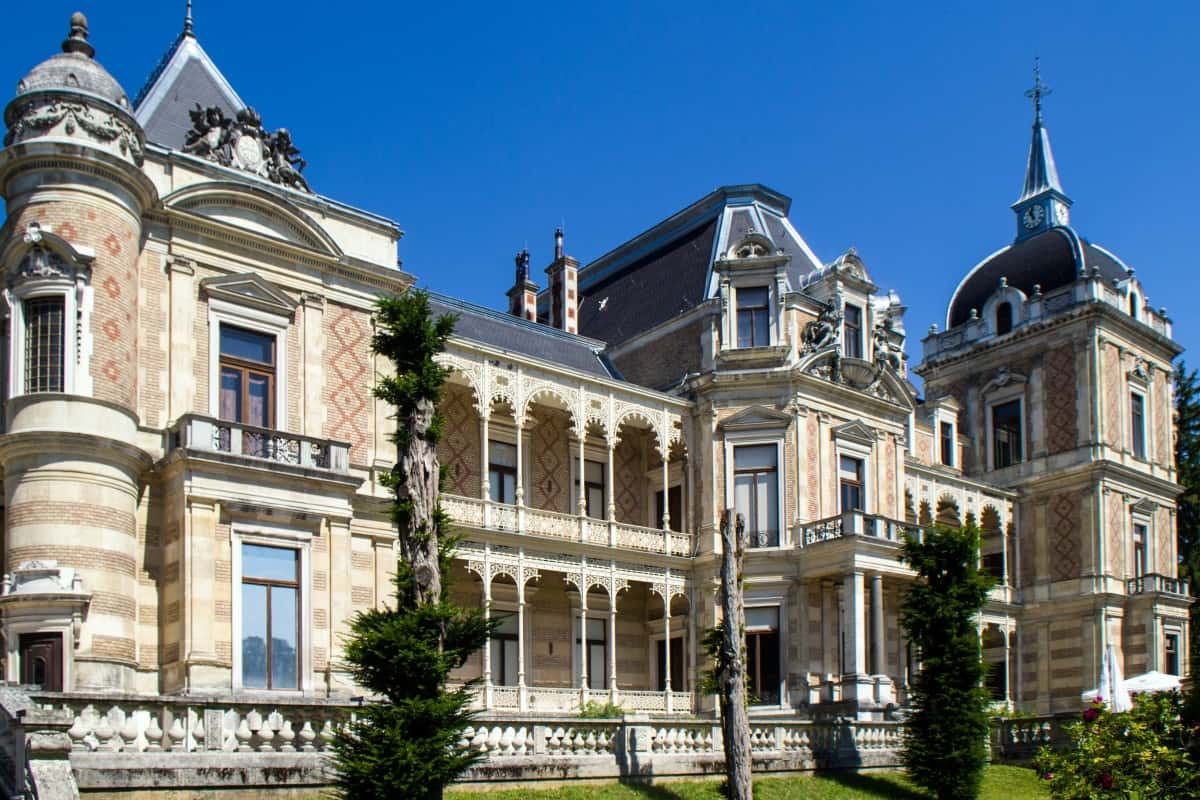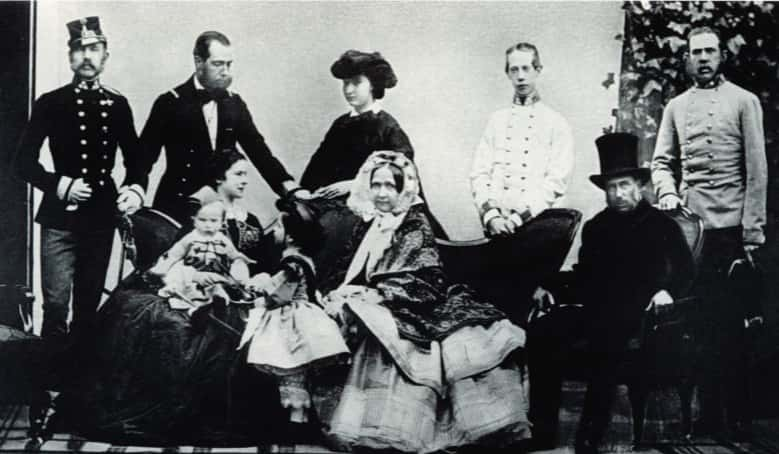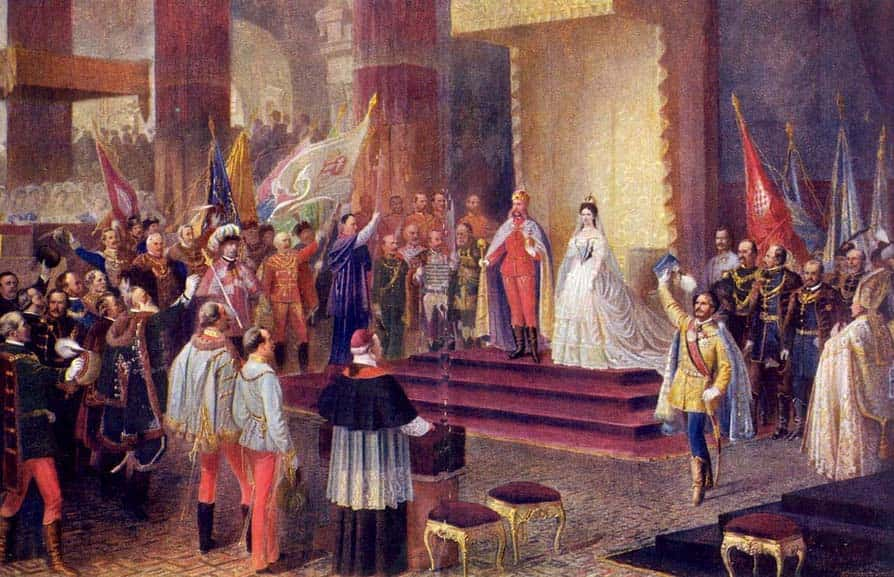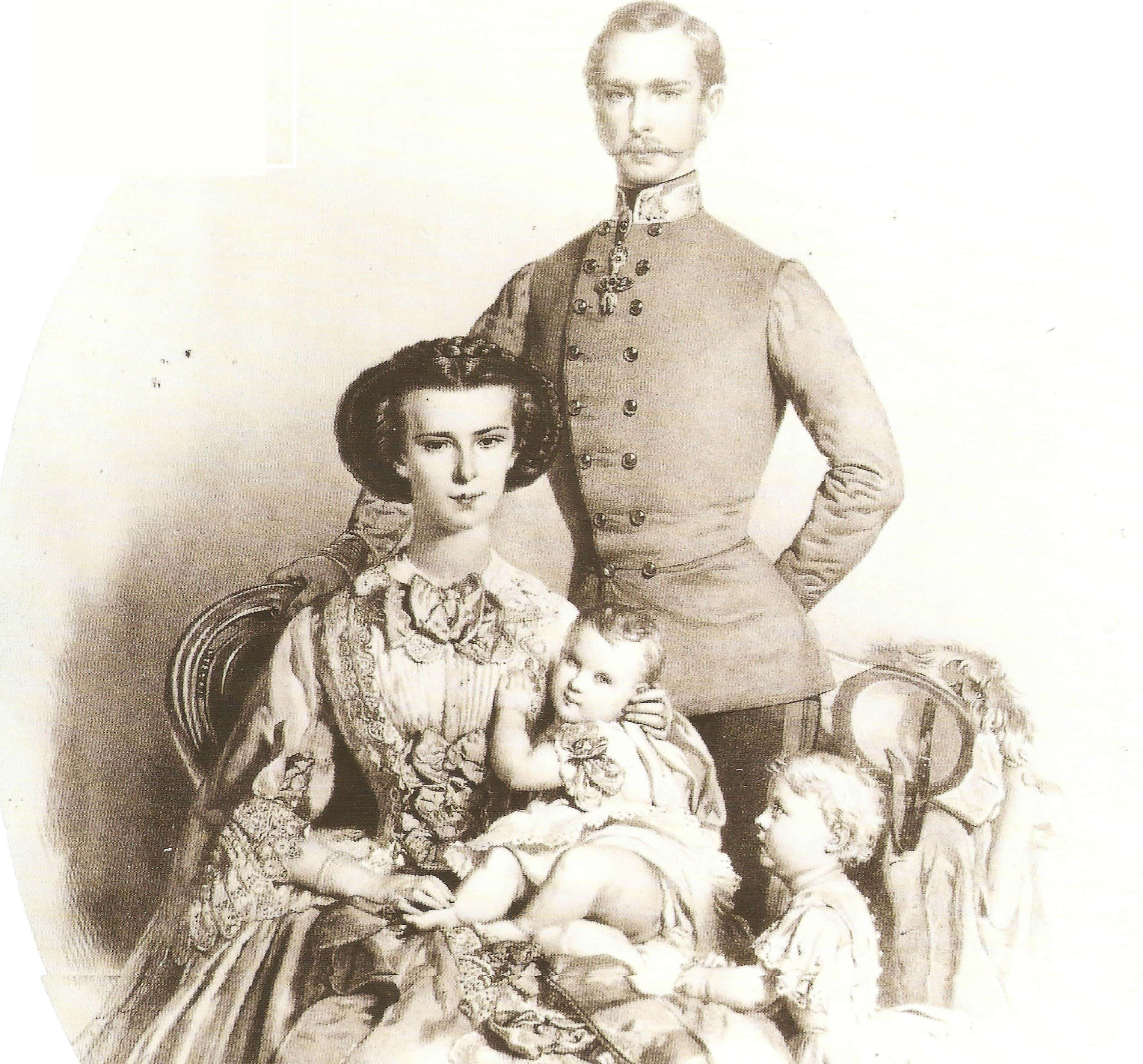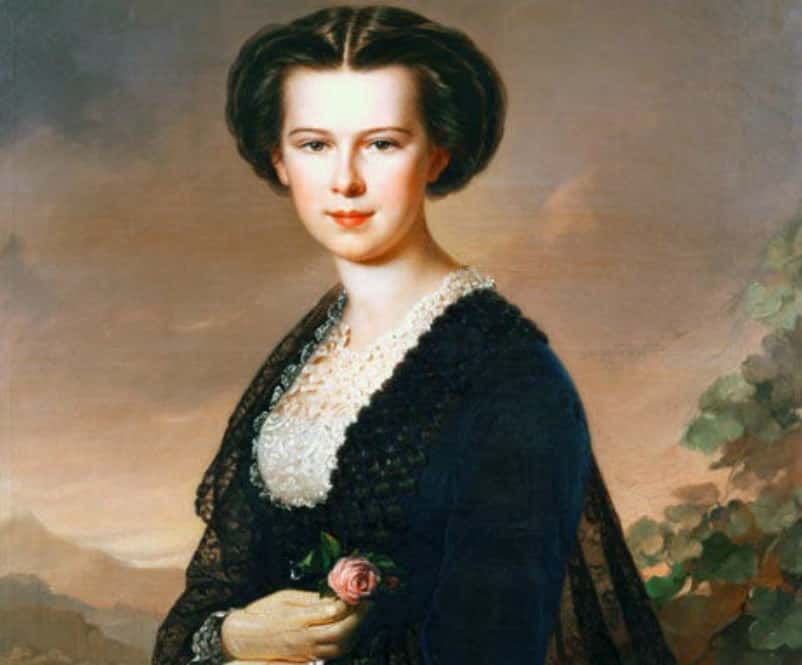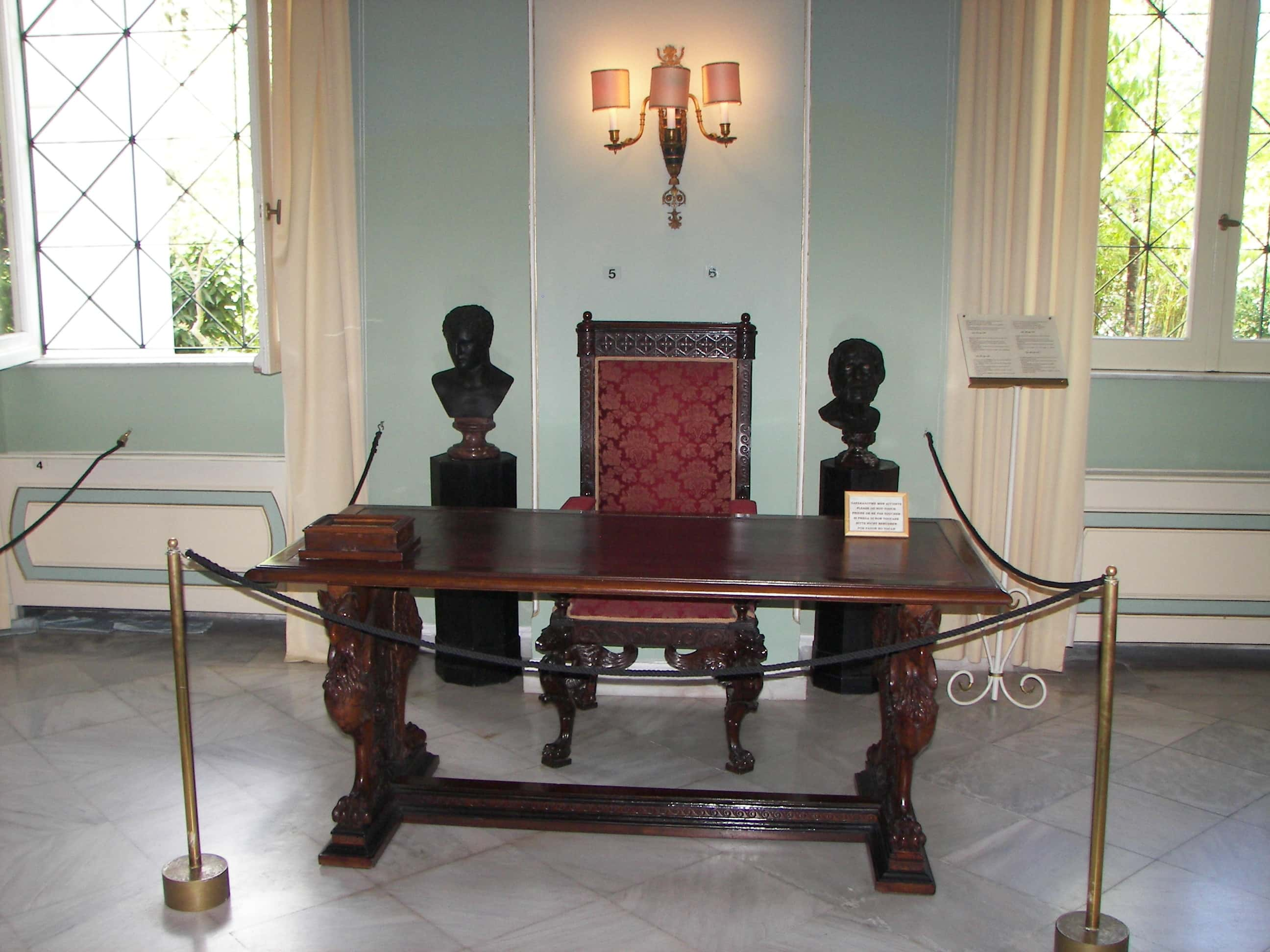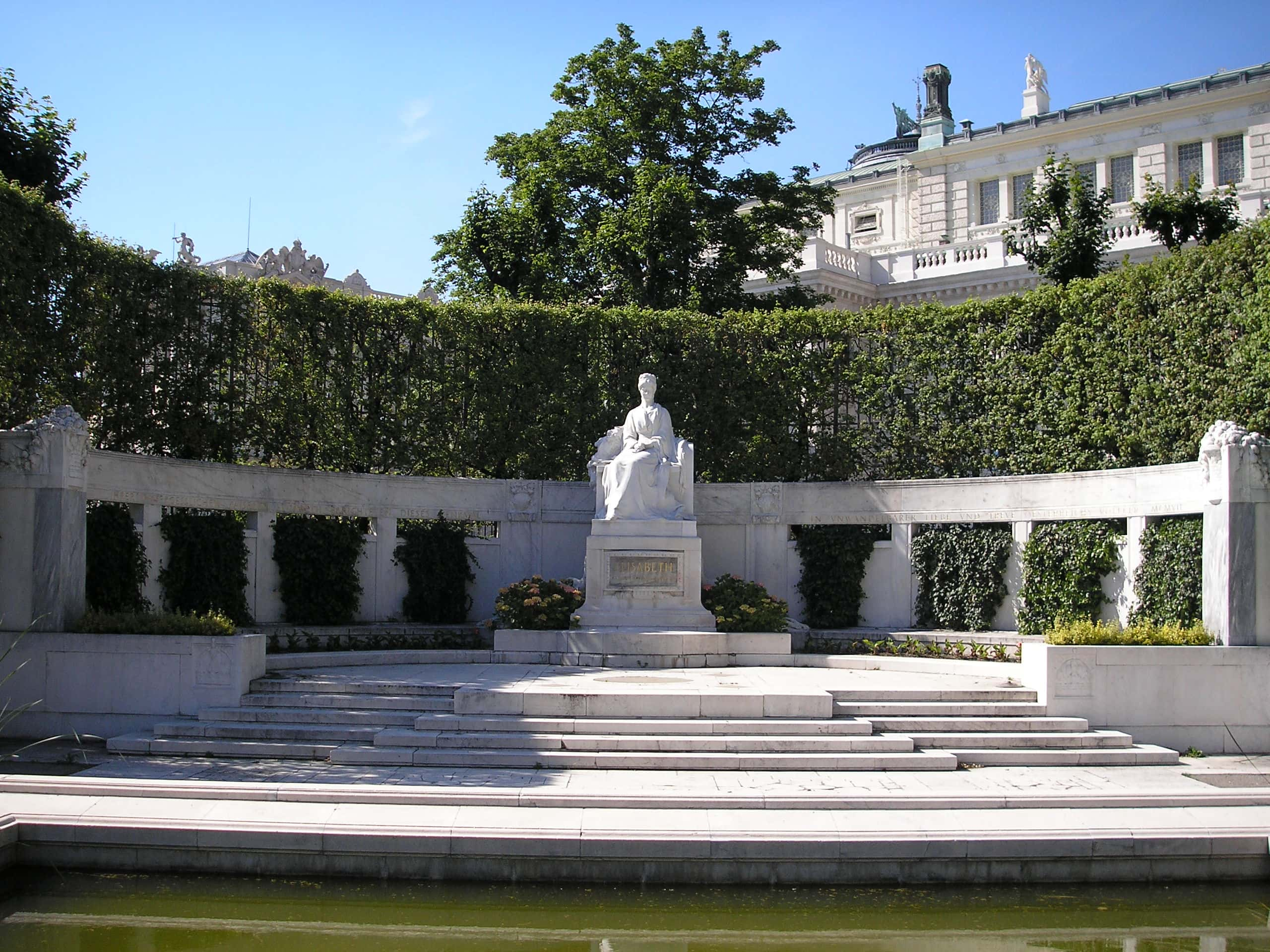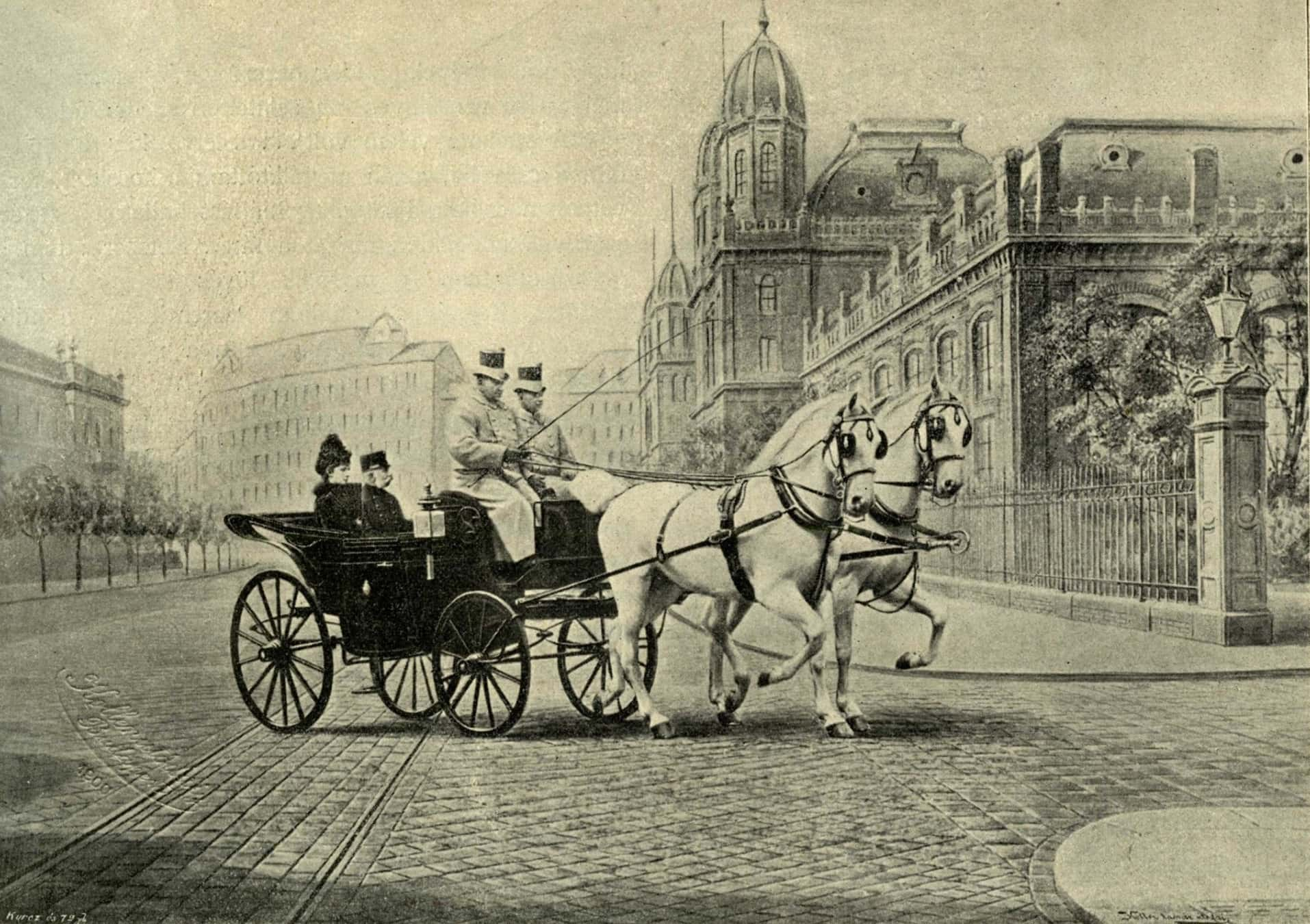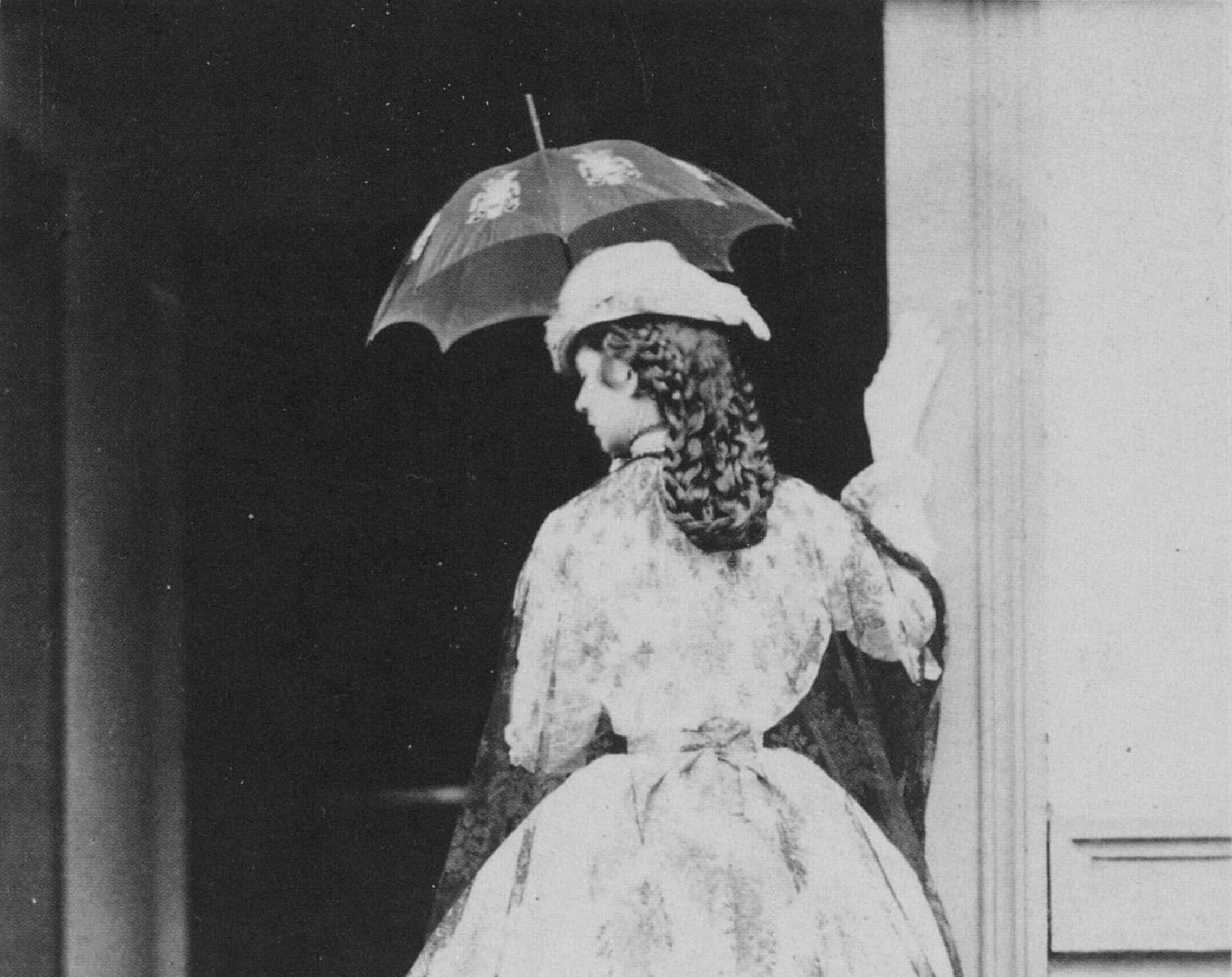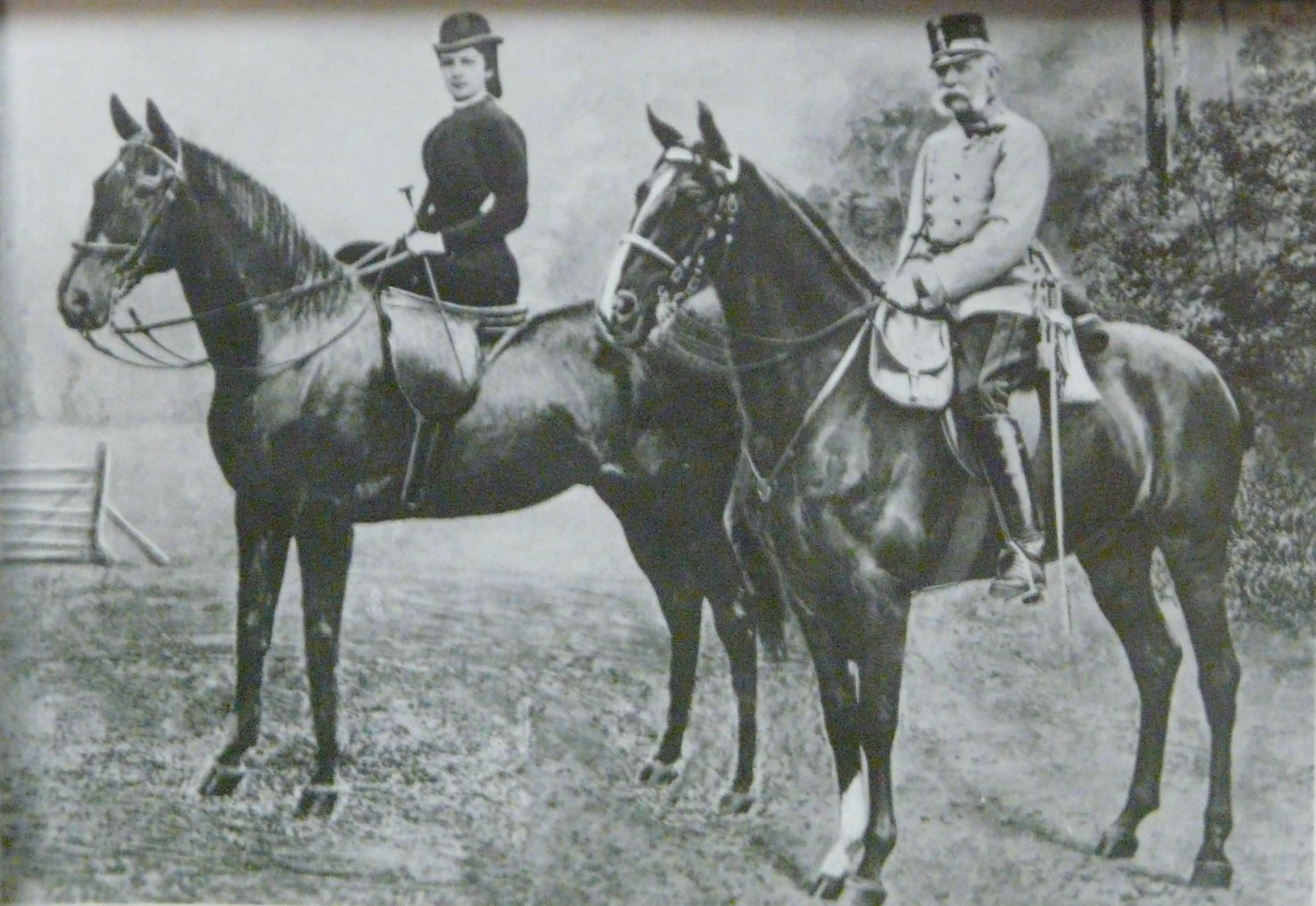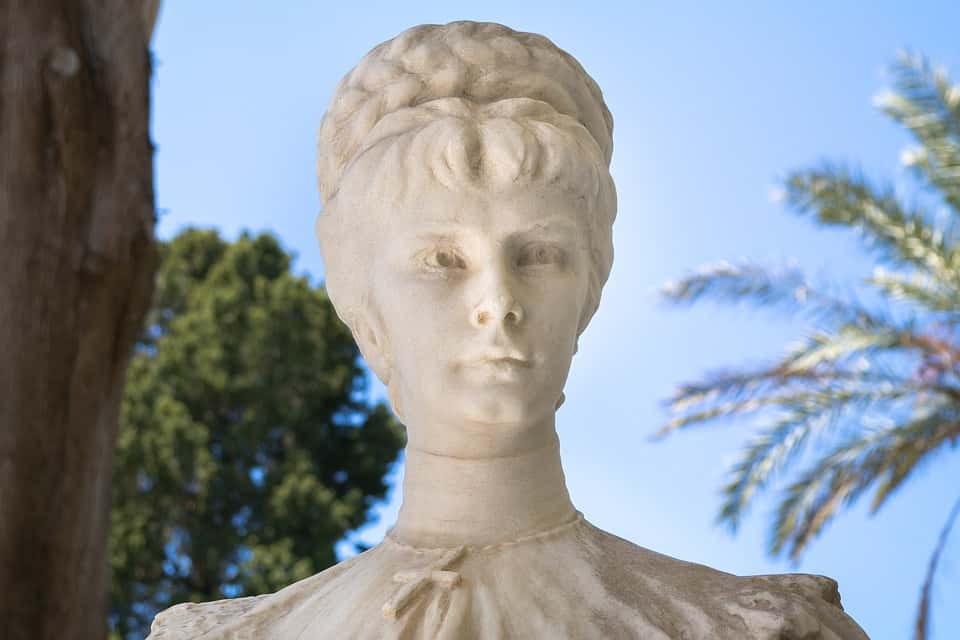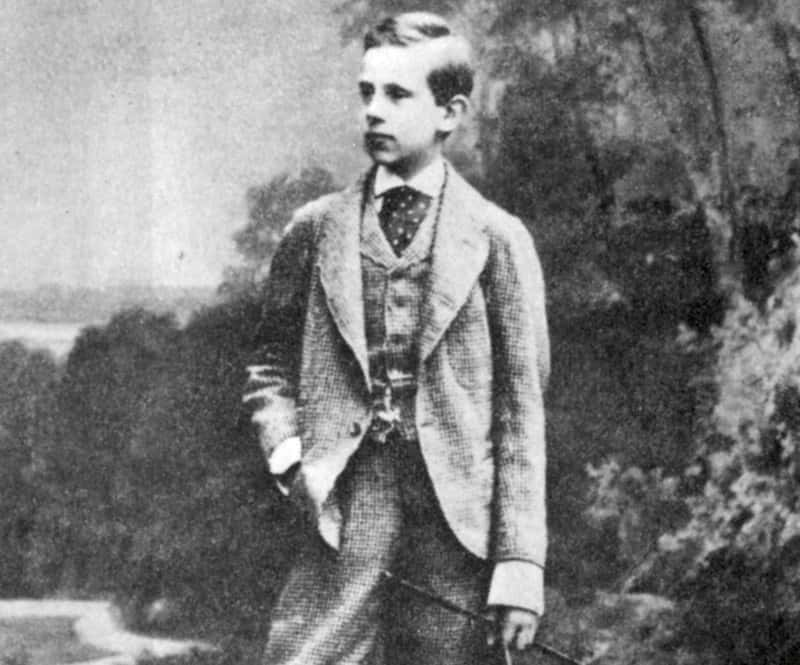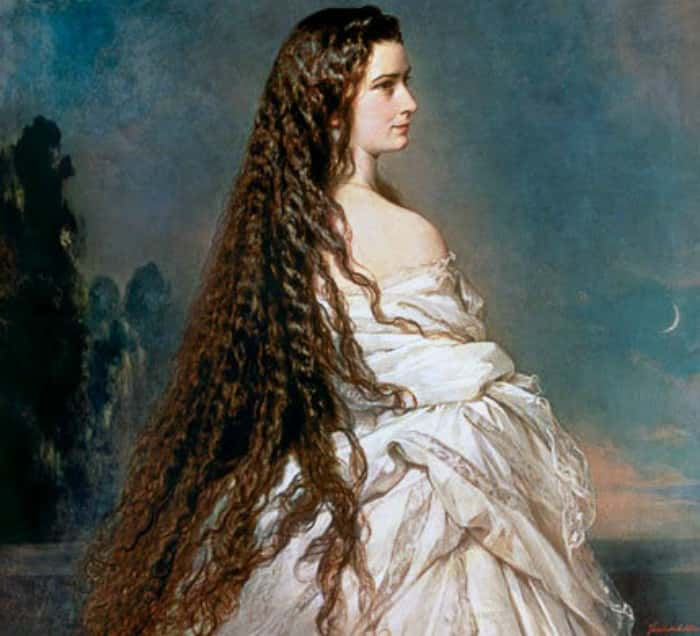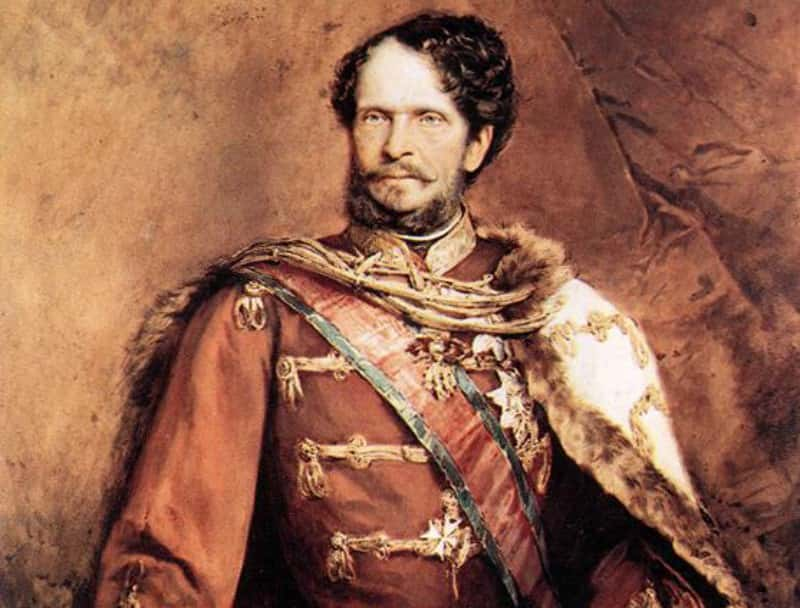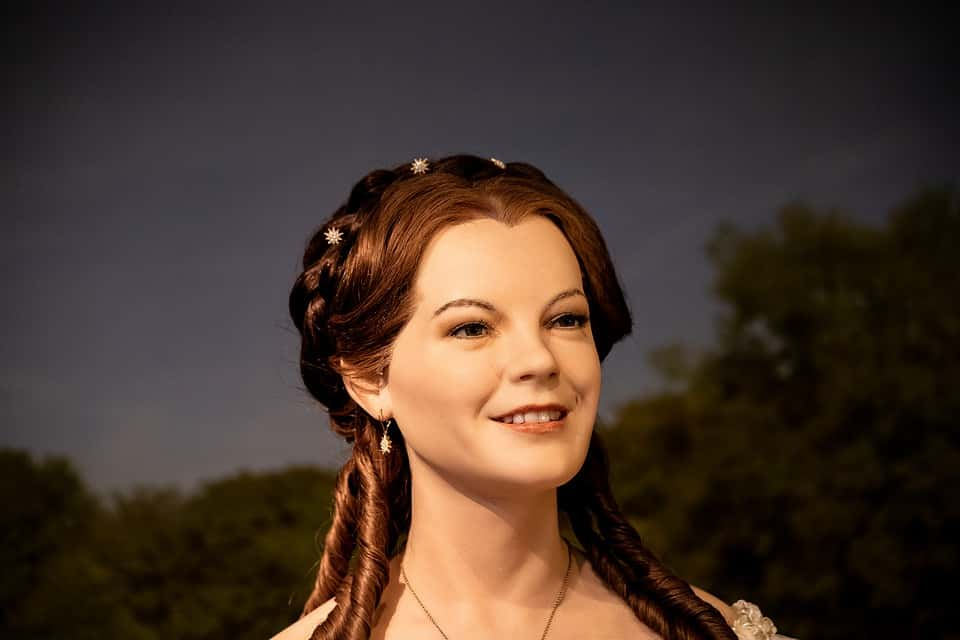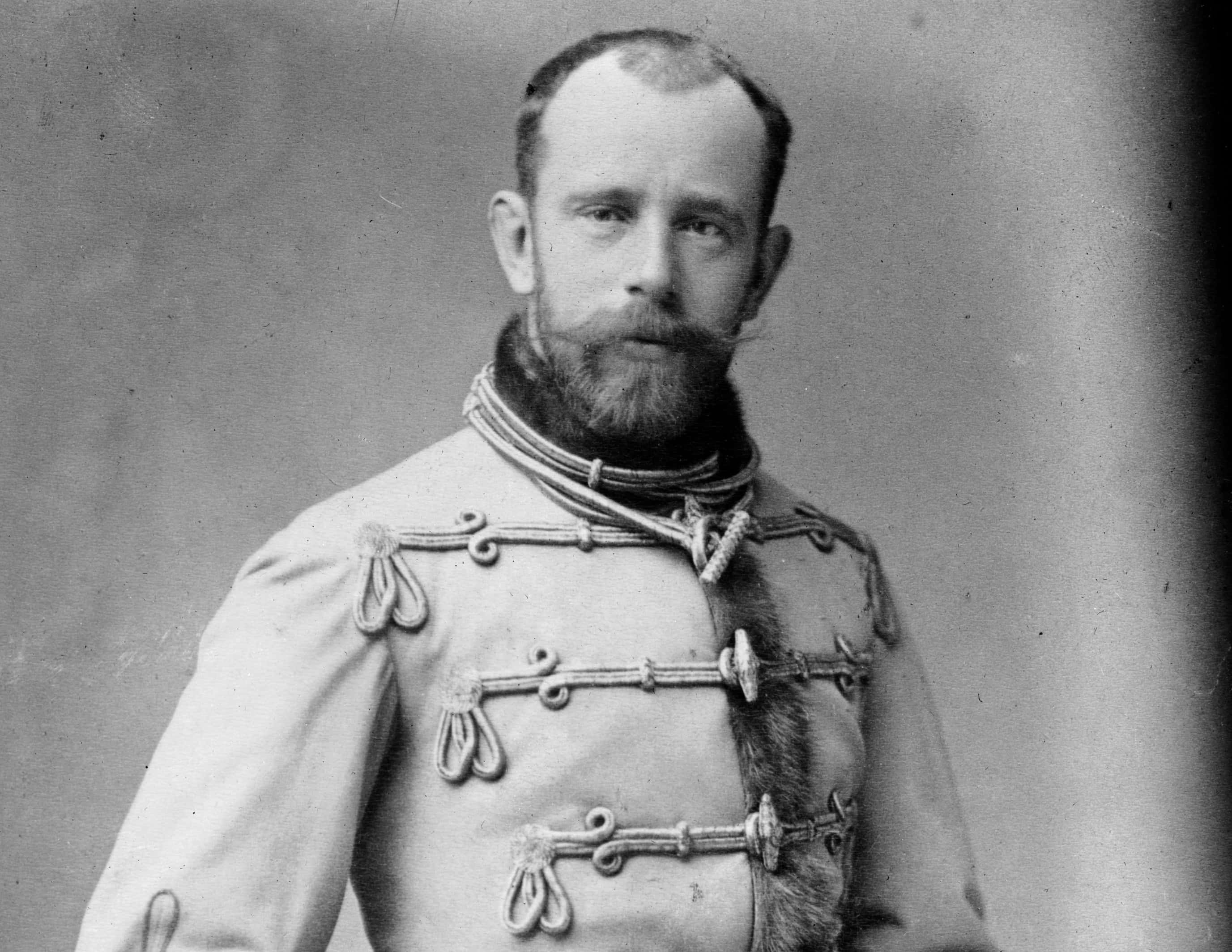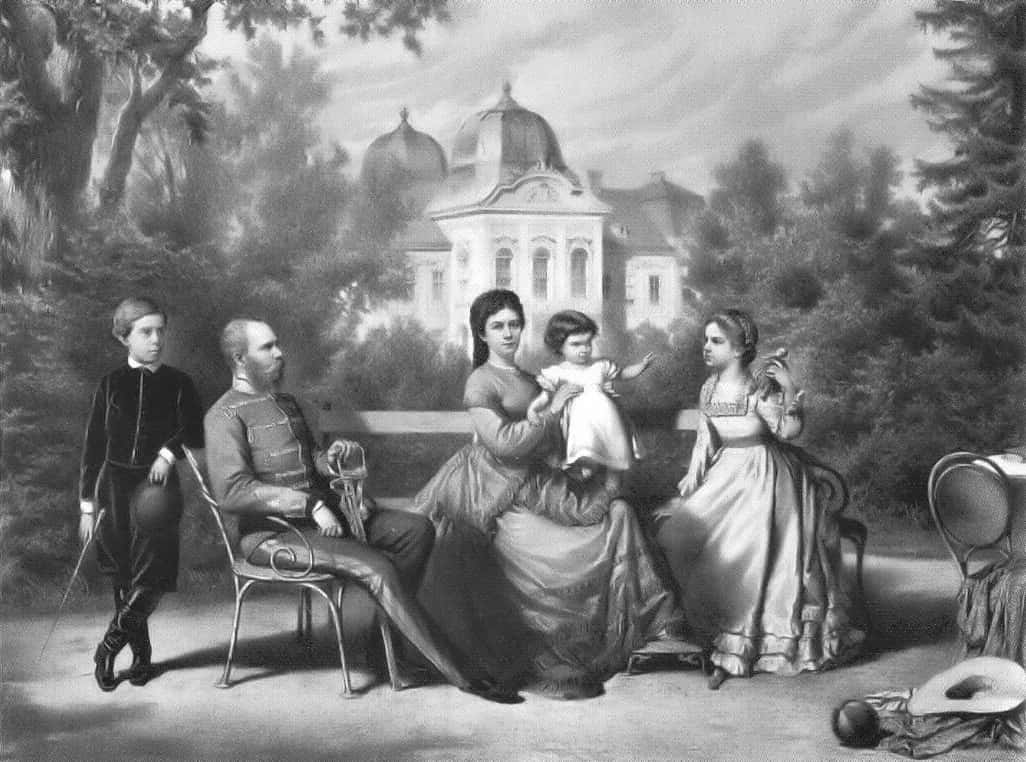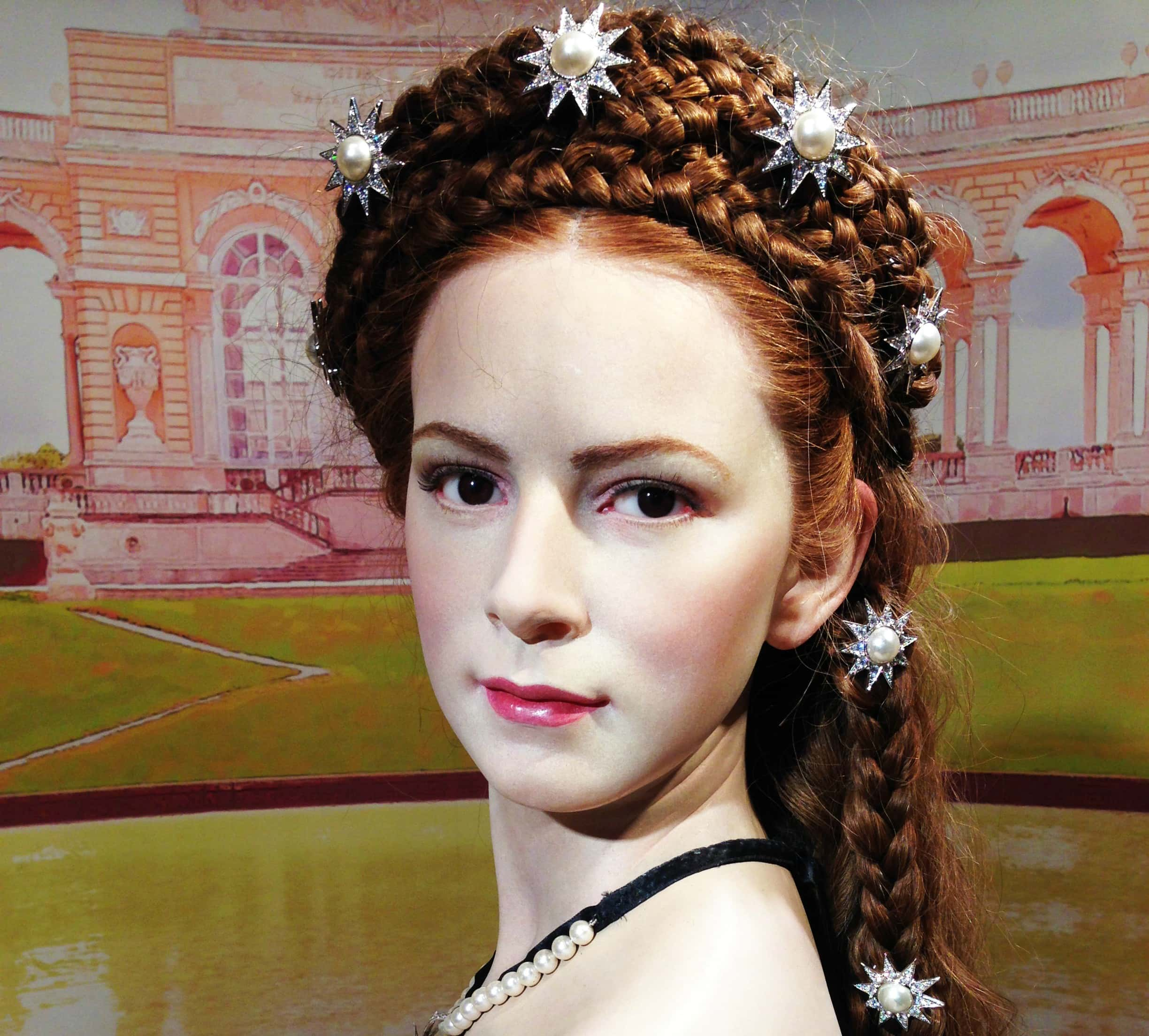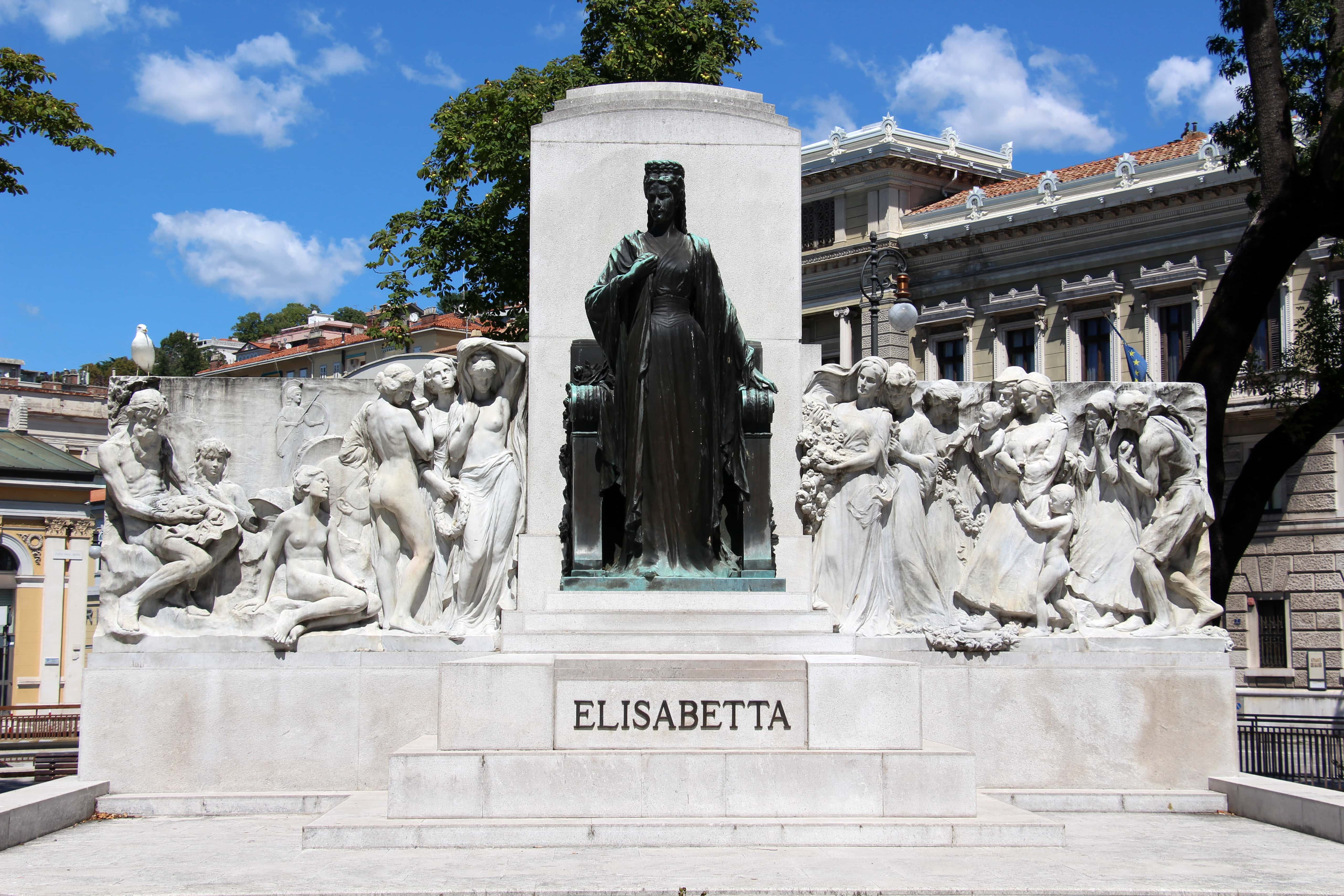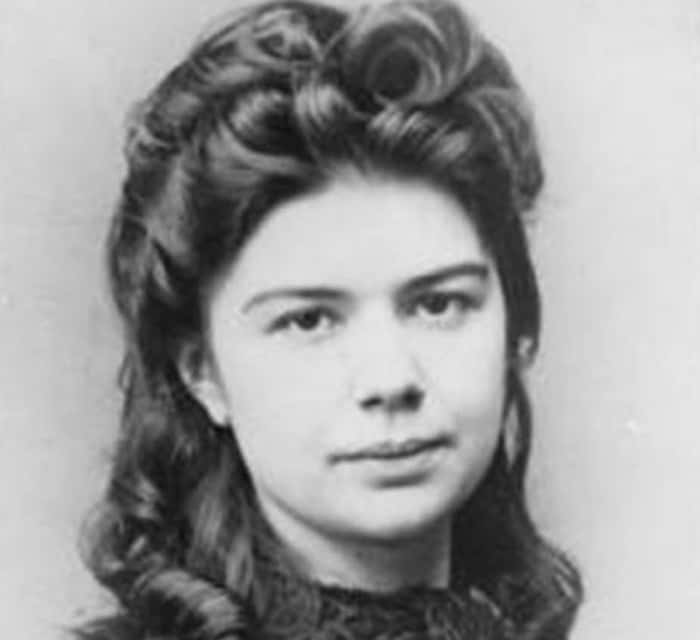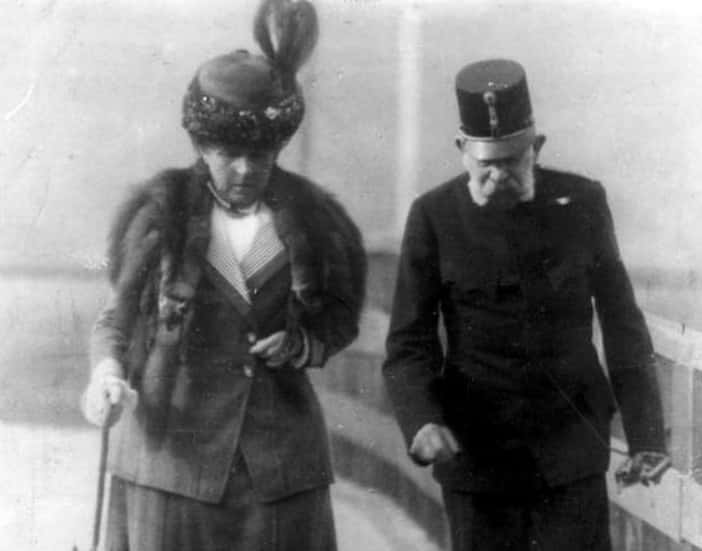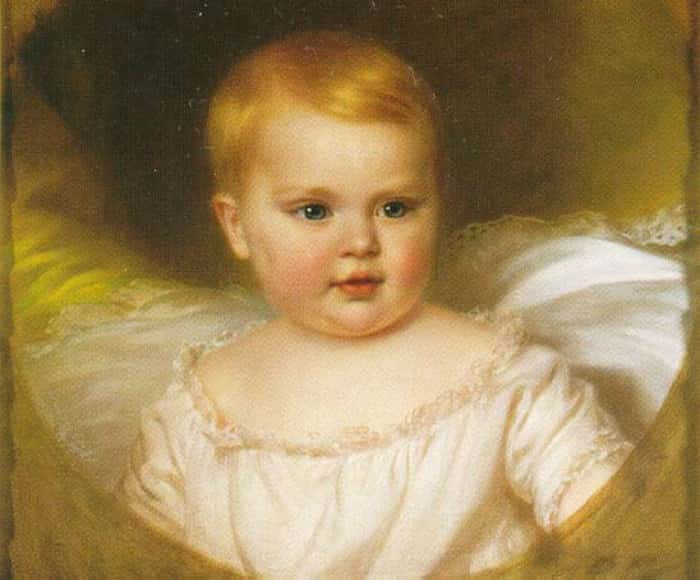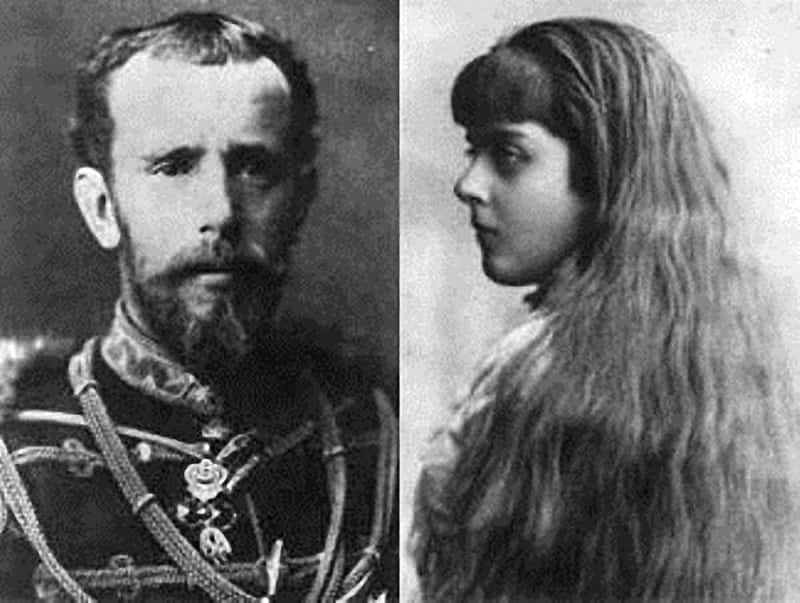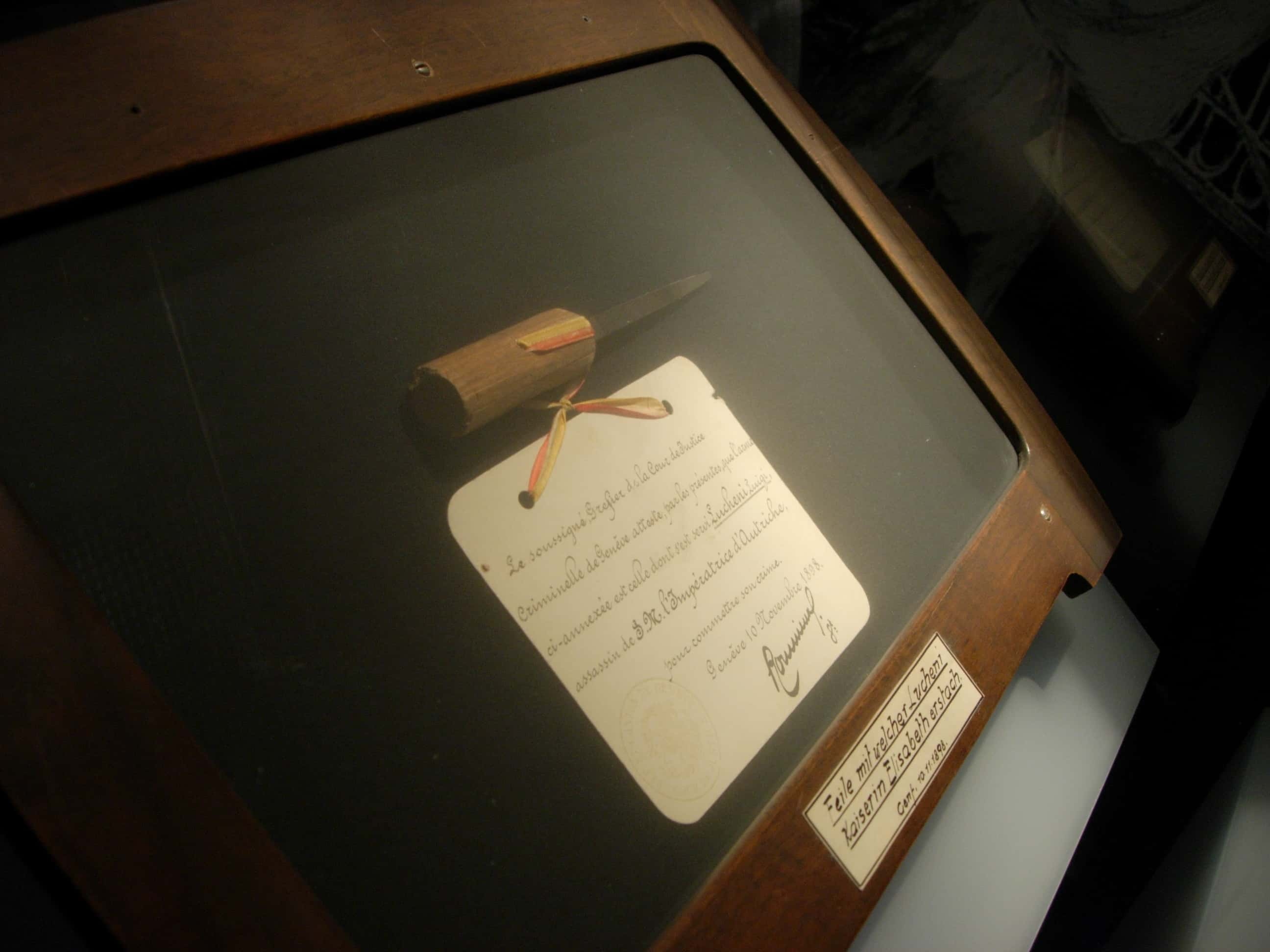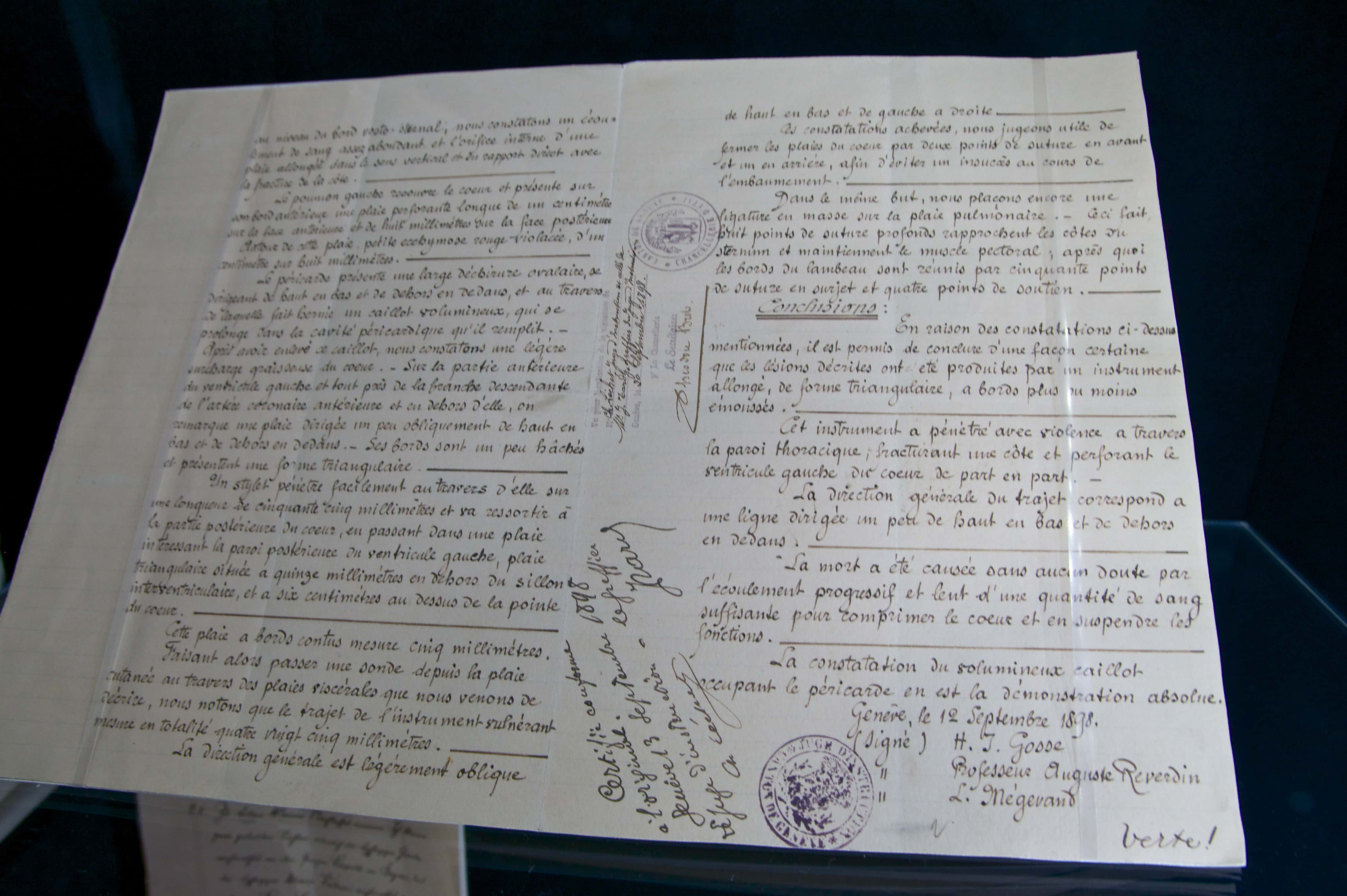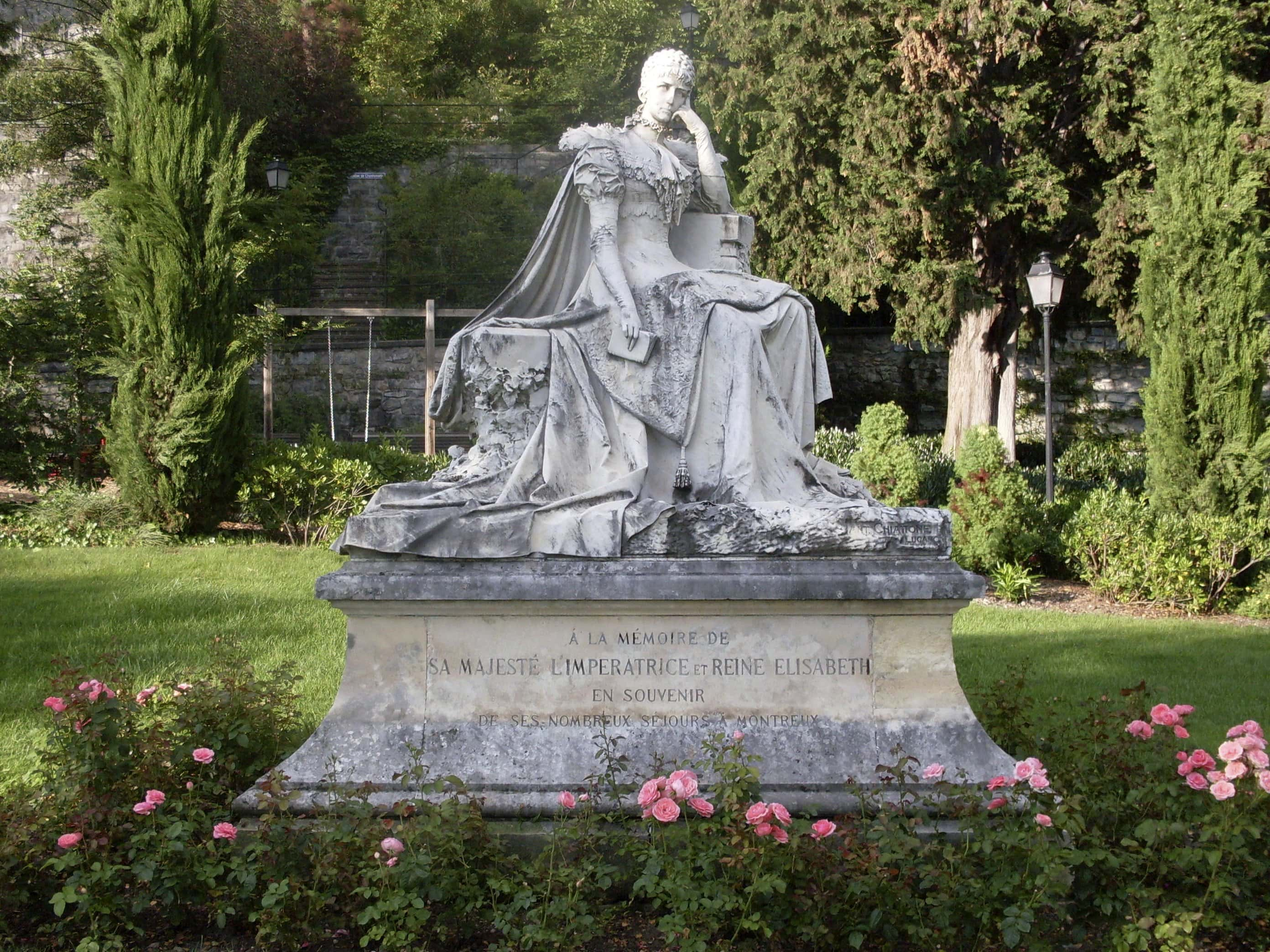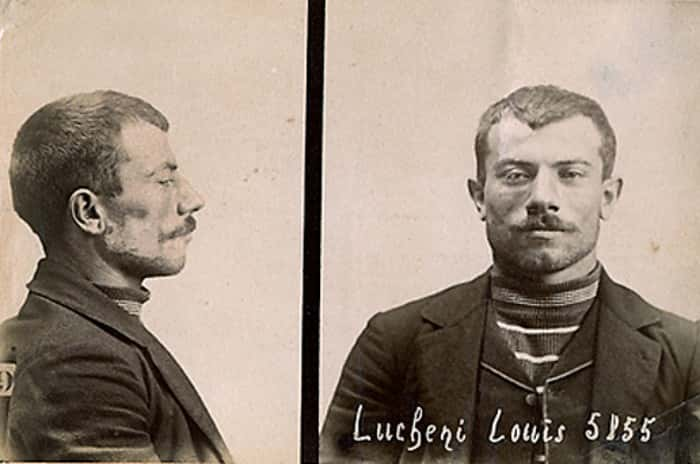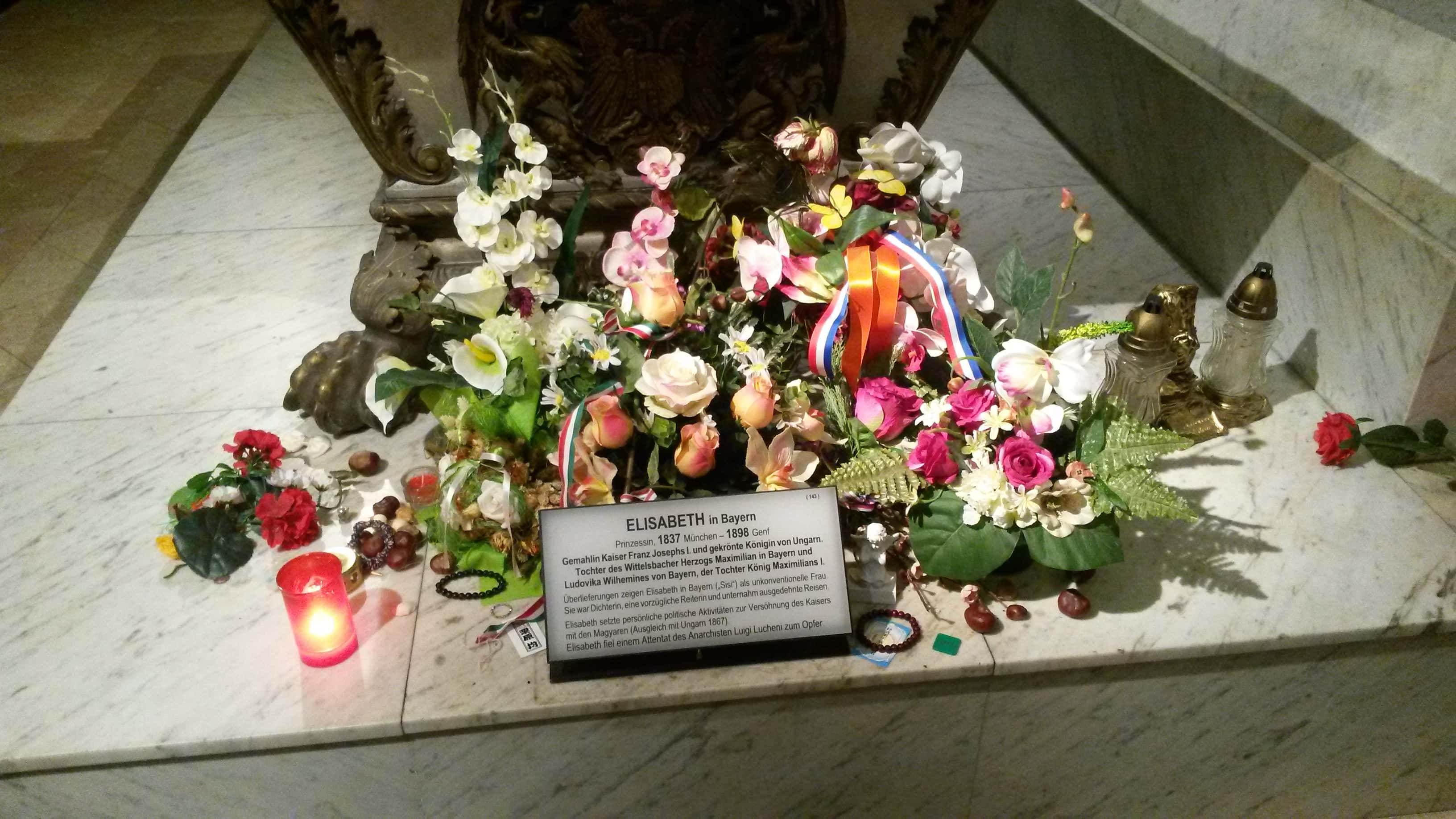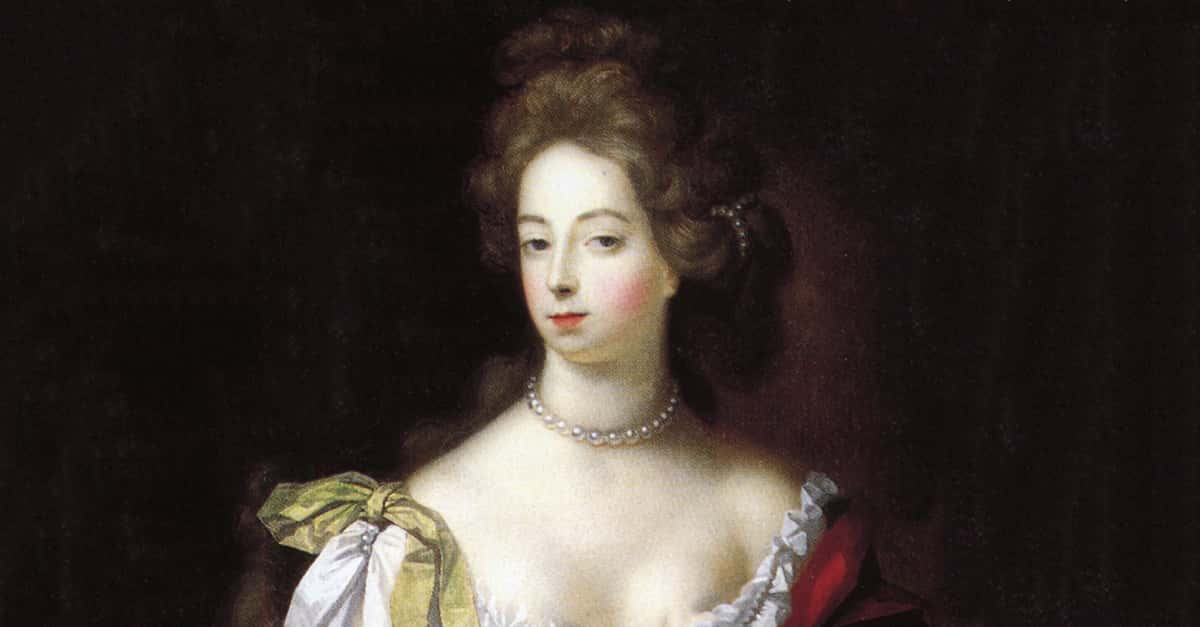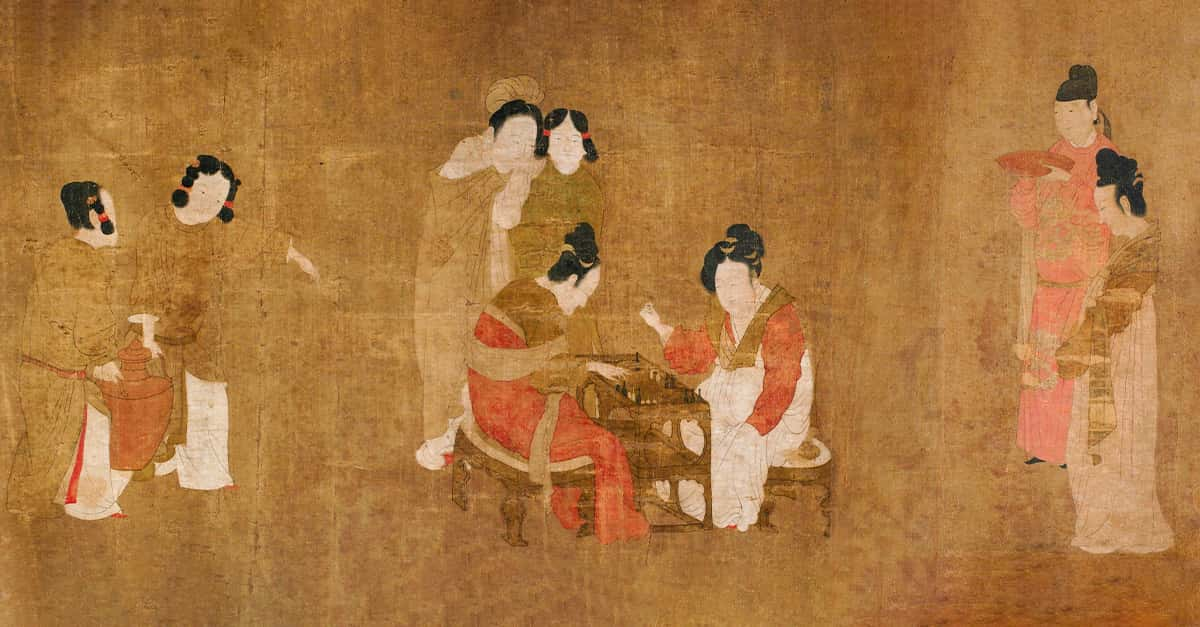History has never been kind to women in positions of power—but these tragic queens had it worse than most. From heartbreaking loss to cruel betrayals, there’s a reason history wants us to forget the true stories behind women like Marie Antoinette, Tsarina Alexandra, and Catherine of Aragon.
1. Born to Do It
Alexandra Feodorovna, the last Tsarina, didn’t need any man to give her a royal title. She was born Princess Alix of Hesse and the Rhine on June 6, 1872, to Grand Duke Louis IV and Princess Alice of the United Kingdom. She was the second youngest in a large family of seven, and her siblings and parents loved doting on the little girl. They never could have imagined the tragic fate that awaited her.
2. A Grand Duchess
Empress Alexandra was more than just a blue blood. Her maternal grandmother was none other than Queen Victoria, and Alexandra was apparently Victoria’s favorite granddaughter.
3. My Way or the Highway
Like her husband Tsar Nicholas II, Alexandra was a firm believer in the divine right to rule. In her view, God gave monarchs absolute power, and it didn’t matter to her that most European nations were moving away from this belief. As her own aunt once wrote, "Alix is very imperious and will always insist on having her own way; she will never yield one iota of power.”
4. Let the Sunshine in
As a child, Alexandra’s mother nicknamed her “Sunny” for her happy, smiling disposition. Later, her besotted husband Nicholas II also took up the practice as a pet name for his wife.
5. Thank You, Next
Alexandra was a headstrong woman. Rumor has it that her grandmother Queen Victoria wanted her beloved Alexandra to become a future Queen of England, but the young girl wasn’t willing to marry just anyone. She rejected a proposal from her cousin the Duke of Clarence and Avondale, even when the family pressured her to say yes.
6. Family Resemblance
From a young age, it was clear that Alexandra was a stunner. She had large eyes and her older sister Elisabeth’s good looks.
7. The English Disease
Growing up, Alexandra’s family hid a dark secret. The men of their royal line tended to suffer from the often-fatal disease hemophilia, an illness that prevents blood from clotting. When Alexandra was barely a year old, her hemophiliac brother Frederich died after a nasty fall. Meanwhile, the women of the line were often carriers of the gene, including Alexandra herself.
8. Saint Alix
In 2000, Empress Alexandra became a Saint in the Russian Orthodox Church.
9. One Fell Swoop
Death visited the royal House of Hesse in 1878. A violent outbreak of diphtheria entered the palace, and many of the children fell ill, along with their father Louis. Alexandra was among them. Her mother Princess Alice refused to leave their sides and nursed most of them back to health, but her loyalty came at a great cost.
In December of that year, Alice took ill and died along with Alexandra’s most beloved sister, Marie. The young Alexandra was reportedly so bereft at the loss that her whole personality turned from cheerful to solemn.

Sign up to our newsletter.
History’s most fascinating stories and darkest secrets, delivered to your inbox daily. Making distraction rewarding since 2017.
10. Sleep It off
Later in her life, the nervous and fear-wracked Empress was addicted to Veronal, a kind of sedative. As she once confessed to a friend, “I’m literally saturated with it.”
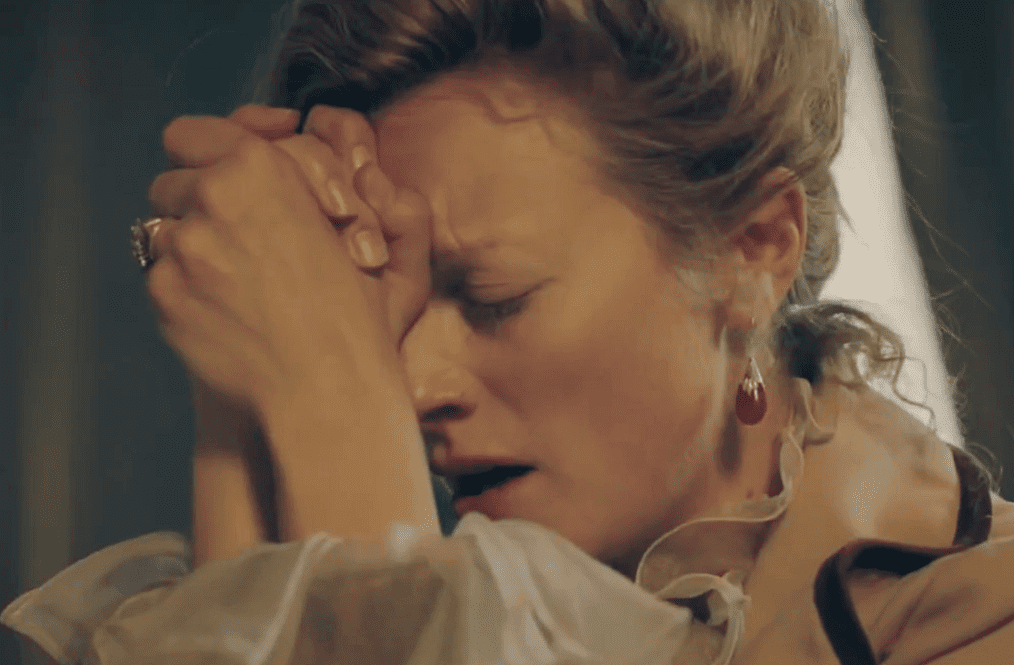 The Last Czars(2019-), Netflix
The Last Czars(2019-), Netflix
11. Russian Romeo
The romantic love story of Alexandra and her husband Tsar Nicholas II is one for the ages. They first met at her sister’s wedding in 1884, when Alexandra was only 12 years old. Over the years, they grew closer and closer, and soon they were both very much in love. Nicholas even spoke of her with aching adoration in his diary.
He wrote: "It is my dream to one day marry Alix H. I have loved her for a long time...For a long time, I have resisted my feeling that my dearest dream will come true."
12. Mother Knows Best
As Tsarina, Alexandra was an unusually hands-on mother, and she insisted on breastfeeding all her babies.
13. Tsar-crossed
Nicholas and Alexandra may have loved each other fiercely, but they were in for utter heartbreak at first. Nicholas’ parents Alexander and Maria were staunchly anti-German and refused him flat out when he asked to marry her. As for Alexandra’s side of the family, Queen Victoria wasn’t too pleased with Russia, and she personally detested Nicholas’ father.
14. Getting Cold Feet
When Nicholas finally proposed to Alexandra, her response was completely unexpected. She refused! Though she loved him, she was nervous about converting from her Lutheran religion to Russian Orthodoxy.
15. Nowhere to Turn
The Romanovs suffered one of the most infamous ends in history, but they might have been saved. After the Russian Revolution, many people in the government wanted to get the royals out of Russia, but no one would take them. Even Nicholas’ cousin King George V of England refused to grant them safe haven because he was afraid of the political repercussions.
16. Dying Wish
Nicholas’s father Alexander III only fully accepted Alexandra as his future daughter-in-law when he was on his deathbed. Still, he did it in style and insisted on giving his blessing in full uniform. He died a few weeks later on November 1, 1894.
17. Picture Perfect
In the early 1900s, photography was beginning to gain global popularity, and Nicholas became quite the shutterbug, taking pictures of his family and their closest friends. Empress Alexandra was also fond of photography and paid for professional photography services. The remaining family photos portray the happiest moments of the brood’s life.
18. It’s a Nice Day for a Black Wedding
Nicholas and Alexandra’s wedding took place on November 26, 1894, but it was far from a picture-perfect day. With his father dead, Nicholas didn’t want to wait until the official mourning period was over to marry his love. As a result, the nuptials had very little pomp and circumstance, at least as royal weddings generally go.
There was no reception or even honeymoon for the two lovebirds, and Alexandra later told her sister that it was “a mere continuation of masses for the dead."
19. The Bride Wore Gold
Mourning or not, Empress Alexandra was resplendent on her wedding day. Her grandfather Prince Albert had designed her veil, and she wore the magnificent Romanov nuptial crown on her head. Oh, plus a 475-carat necklace and earrings that had once belonged to Catherine the Great, not a woman known to skimp on spectacle.
20. Our Little Girl
Less than a year after the wedding, Empress Alexandra had a baby girl, Olga, on November 15, 1895. Though the Tsar and Tsarina certainly needed to produce a male heir, they doted on the girl, and Nicholas remarked, “We are grateful she was a daughter; if she was a boy she would have belonged to the people, being a girl she belongs to us."
21. Age Before Beauty
Empress Alexandra had something of a monster-in-law in Nicholas’ mother Maria Feodorovna. Maria, who was never pro-Alexandra, was very possessive of her son and made no secret of her disappointment. The kicker? Russian court rules dictated that Maria was higher in rank than Alexandra, so the Dowager got to walk into every ball on her son’s arm while Alexandra trailed behind.
22. The Khodynka Tragedy
On May 14, 1896, Nicholas and Alexandra were officially coronated as Tsar and Tsarina—but the day brought a disturbing omen. As a part of the official celebrations, commoners gathered in Khodynka Field in Moscow, only to riot when they thought there wouldn’t be enough food. In the end, thousands of people were tragically trampled to death. Not a good way to start a reign.
23. Keep Calm and Carry on
The so-called “Khodynka Tragedy” was bad enough, but the Tsar and Tsarina’s reactions were even worse. The Imperial couple still attended a ball that night and danced in their finery as if nothing had happened. In truth, Nicholas had wanted to call it off and Alexandra wept when she heard the news, but advisors had urged them to keep the status quo.
It was a fatal miscalculation. It only angered the mourning Russian people more, and they saw their Tsar and his “German woman” as utterly heartless.
 The Last Czars(2019-), Netflix
The Last Czars(2019-), Netflix
24. Ice Queen
The Russian people never took to Empress Alexandra. She was naturally a little shy and reserved on the surface, which many people read as coldness. It didn’t help that she spoke Russian with a heavy accent, or that her mannerisms were distinctly Teutonic.
25. Lovey Dovey
Alexandra’s nickname for Nicholas was “lovey.” These crazy kids make me want to gag.
26. A Gaggle of Girls
To the Russian people, Alexandra’s biggest flaw was her inability to produce a male heir for the throne. Over six short years, she had four children—but they were all girls. Each birth angered Russia even more, and Alexandra was so distressed that when her second daughter Tatiana was born, she burst into tears of disappointment. Her next, Marie, only made it worse.
By the time their fourth girl, Anastasia, came into the world, a distraught Nicholas had to take a long walk to compose himself before he met his new daughter.
27. Golden Boy
In 1904, the long-awaited miracle happened. Empress Alexandra finally gave birth to a boy, the little Tsarevich Alexei. She called him her “sunbeam” and spoiled him for the rest of her life.
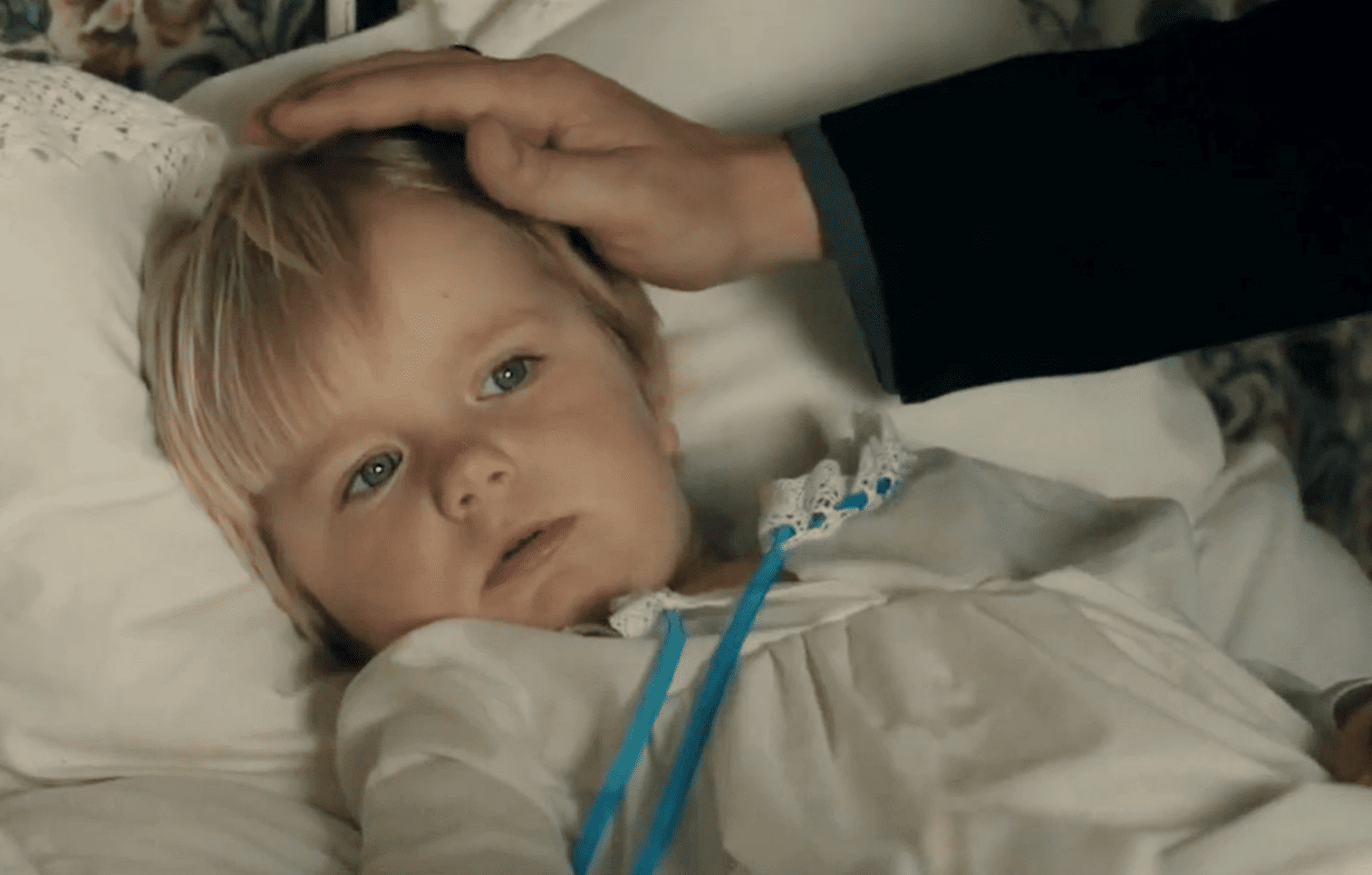 The Last Czars(2019-), Netflix
The Last Czars(2019-), Netflix
28. No Special Treatment
Though you might think that growing up a Romanov means beautiful clothes, jewels, and a luxurious lifestyle, the truth was much different. Empress Alexandra raised her (girl) children according to her own strict upbringing, which meant handing down clothes from daughter to daughter, making them sleep on iron beds, and forcing them to take daily cold baths.
29. Like Mother, Like Son
Almost as soon as her beloved Alexei was born, Alexandra realized the horrific truth. The baby had hemophilia, her family’s cursed disease. The Tsarina knew the illness’s dangers well—it had already killed her brother and her uncle—and she was wracked with grief and guilt over the news. Some even claimed she had a mental breakdown.
30. Catherine the Great
When the young Alix was deciding on her regnal name, she wanted to be “Catherine” at first. It was Nicholas who asked her to take up the more similar “Alexandra.”
31. Keep This Between Us
Because of the seriousness of Alexei’s condition, the Tsar and Tsarina treated their son's hemophilia as a state secret. Empress Alexandra only told her mother- and sisters-in-law the truth almost a decade after he was born.
32. Miss Feodorovna, If You’re Nasty
Nicholas and Alexandra may have been stately monarchs, but they had a very steamy bedroom life. For one, they insisted on—gasp!—sharing a bed. While this may not seem like much, most royal marriages at the time were all business, and many monarchs kept separate bedrooms. But the Tsar and Tsarina got much dirtier than that.
They didn’t just have pet names for each other, they also had pet names for their private parts. Nicholas was “Boysy” and she was “Lady.” Hey, I didn’t say they were original pet names.
33. Dying to Please
All the Romanovs adored Alexei, and reportedly, the mood of the whole Russian court often hinged on how the young, sickly princely was feeling. When he was healthy, the rest of his family was far more relaxed and pleasant, while his more serious episodes would fill everyone, especially Alexandra, with great melancholy.
34. Playing Favorites
Although Nicholas and Alexandra loved their daughters, the girls’ sex greatly hindered their affections, especially after Alexei was born. The Tsar and Tsarina tended to treat them as one, and the four young women even went by the name “OTMA,” an acronym of all their names.
35. Desperate Measures
Though Alexandra at first turned to conventional doctors to heal her son’s sickness, as the years passed she became increasingly obsessed with finding a cure in fringe mystics. Enter: the notorious Grigori Rasputin. To her, this holy man was the only one who could cure her son.
36. A Grave Illness
In later years, nervous exhaustion and her many pregnancies made Alexandra listless and immobile. She ate and slept very little, had swollen feet, and took herbal medicine to strengthen her pulse. Judging by these symptoms, modern doctors believe the Tsarina may have suffered from a thyroid condition called Grave’s disease.
37. Save My Son
One of the more famous incidents involving Alexei and Rasputin occurred in 1912. After a jolt during a carriage ride, the young prince ruptured a still-healing and life-threatening hematoma in his thigh. Frantic for her beloved son, Alexandra sent a telegram to Rasputin. He wrote back, urging her that God was looking after her child and commanding the doctors to leave him alone.
Then, a miracle happened. Amazingly, Alexei’s bleeding ceased of its own accord a couple of days after Rasputin’s letter came. Alexandra took it as divine intervention.
38. Ride or Die Royal
Alexandra was staunchly loyal to Rasputin, even when almost everyone else in Russia, including her husband, despised him. When the police informed her with disgust that Rasputin had exposed himself in a restaurant, the Tsarina only dismissed it as gossip.
39. Unpopular Opinion
Soon enough, all of Russia was spitefully whispering that Alexandra and Rasputin were engaged in an unholy affair. Though there is no evidence to support this, the damage was done. One British ambassador’s daughter even claimed that aristocrats openly spoke in their drawing rooms of the need to assassinate Alexandra for the sake of the nation.
 The Last Czars(2019-), Netflix
The Last Czars(2019-), Netflix
40. Ravenous Rasputin
Though the rumors about his affair with the Tsarina were unfounded, Rasputin's real bedroom habits were even more scandalous. He had a reputation for his massive carnal appetite, and crowds of women followers would gather outside his apartment and wait days to meet him. The court sneeringly called him “The Holiest of Holies.”
41. The War to End All Wars
The outbreak of World War I was the beginning of the end for Alexandra and her family. Not only was Russia plunged into an expensive and deadly conflict, but Alexandra’s German roots also made her even more hated. The Russian people were starving, Rasputin still had a place in the court, and Alexandra was an incompetent governor while Nicholas was away at war.
In 1917, it all inexorably led to the start of the Russian Revolution. Suddenly, the Tsarina and her children were prisoners in their own palace, and the rebels forced Nicholas to abdicate the throne.
42. The House of Special Purpose
The first months of the Romanov family’s life after the revolution were spent in relative comfort, but in 1918, everything took a dark turn. The Bolsheviks took power and moved them to the Ipatiev House, or what the revolutionaries called “The House of Special Purpose.” In Ipatiev, the guards stripped them of all their privileges and royal titles.
43. Bedroom Blessing
Rather than rejecting sin, Rasputin believed that spirituality was grounded in bodily experience. He would often indulge in lovemaking and alcohol, and preached that without sin, one could not repent and reach redemption. Sure...that’s one way to think about it.
44. Everyone’s a Critic
One of the more aggressive guards at the Ipatiev House called the Tsar “Nicholas the Blood Drinker,” while Alexandra was “The German Witch.”
45. Diamond’s Are a Tsar’s Best Friend
Although the Bolsheviks thought they took all of the Romanovs’ jewels the moment they entered “The House of Special Purpose,” Alexandra had a secret up her sleeve. She had told her children to sew emeralds, diamonds, and other baubles into their clothes in case they could ever make a quick getaway and needed money.
It was a shrewd idea, but it came back to haunt them in the most brutal way…
46. This Is How It Ends
Around midnight on July 17, 1918, Bolshevik Commandant Yakov Yurovsky ordered the family doctor to wake up all the Imperial Romanovs and bring them down to the basement of the house. Yurovsky then informed the former Tsar that they were condemned to death. That’s when the firing started—but the execution went horribly, horribly wrong.
47. Twice the Harm
Soldiers shot at an astonished Nicholas and Alexandra first before taking aim at their children. In mere moments, chaos reigned as bullets filled the tiny room with smoke and noise. Yet when the dust settled, the soldiers made a gut-wrenching discovery. The Romanov girls were still alive; the jewels in their clothing had given them protection.
Heartbreakingly, the soldiers had to perform the execution all over again until the dark deed was done. It took 20 excruciating minutes.
48. Hail Mary
In her last moments, the ever-pious Alexandra tried to bless herself with the sign of the cross. She was shot before she could complete the motion.
49. Final Fantasy
For years after the execution, rumors persisted that Princess Anastasia or one of her siblings had somehow escaped the massacre and were alive and well. Most famously, a woman named Anna Anderson showed up in a hospital in the 1920s and claimed she was Anastasia. She bore a striking resemblance to the lost princess, and some believed she could actually be her.
50. Proof Hurts
Recent DNA testing of the Romanovs’ remains, however, confirms the sad truth: Anna Anderson was not Anastasia, and all members of the Imperial family died that day in July.
51. Child Bride
Marie Antoinette was only 14 years old when she married the 15-year-old man who would soon be named Louis XVI. The marriage was arranged to solidify an alliance between former enemies Austria and France, and their wedding ceremony took place the day after their meeting.
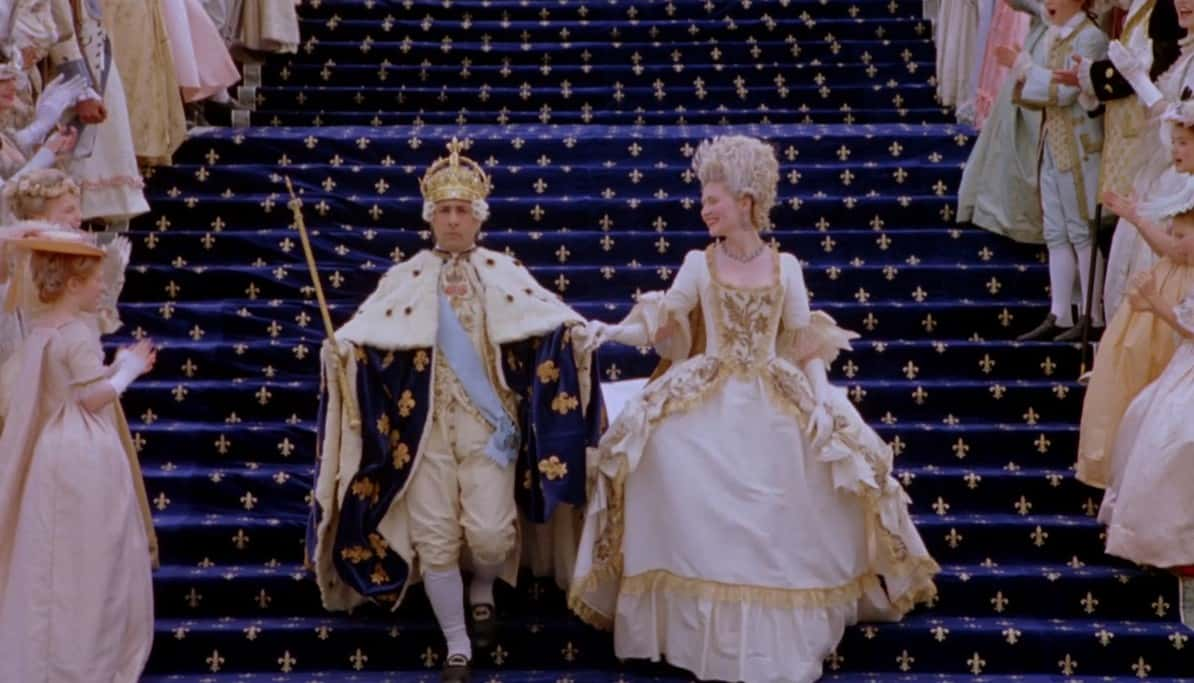 Marie Antoinette (2006), Columbia Pictures
Marie Antoinette (2006), Columbia Pictures
52. Delayed Consummation
As was the custom, the newlyweds were escorted to their bedchamber by the groom’s grandfather, who blessed their bed, kissed then both, and left them to produce a royal heir. However, nothing happened between them for seven years. There has been much speculation over the years as to why the couple had not consummated their marriage, with many people suspecting Louis of some kind of physiological disorder.
Today, most historians agree that it was actually just Louis's shyness, coupled with Antoinette's lack of interest in sex. Eventually, in 1777, her brother, Joseph II, Holy Roman Emperor, came to Versailles and essentially told the couple to smarten up. Their first child was born a year later.
53. Who Needs a Groom?
Marie Antoinette and Louis XVI were first married on April 19, 1770, by proxy in Vienna. Her older brother Archduke Ferdinand stood in for Louis, and two days later, she left Austria for France, never to return. On May 16, 1770, she and Louis were properly married in the Chapel Royal in Versailles.
54. Shoe Toss
In the 18th century, the streets of Versailles were filled with animals and excrement. It would be impossible to keep the same pair of shoes clean if you were regularly walking through the streets in them, so they were often disposed of every few days instead of cleaned. Contrary to popular belief, Marie Antoinette did not own that many shoes. Other members of the Royal family spent more on clothes than she did, including her brother-in-law, who possessed enough shoes to have a different pair every day of the year.
55. A Royal Entourage
Marie Antoinette was accompanied to France by 57 carriages, 117 footmen, and 376 horses. The wedding was also lavishly celebrated, where Antoinette was presented with a collection of magnificent jewels, traditionally belonging to a French Dauphine (Queen in waiting).
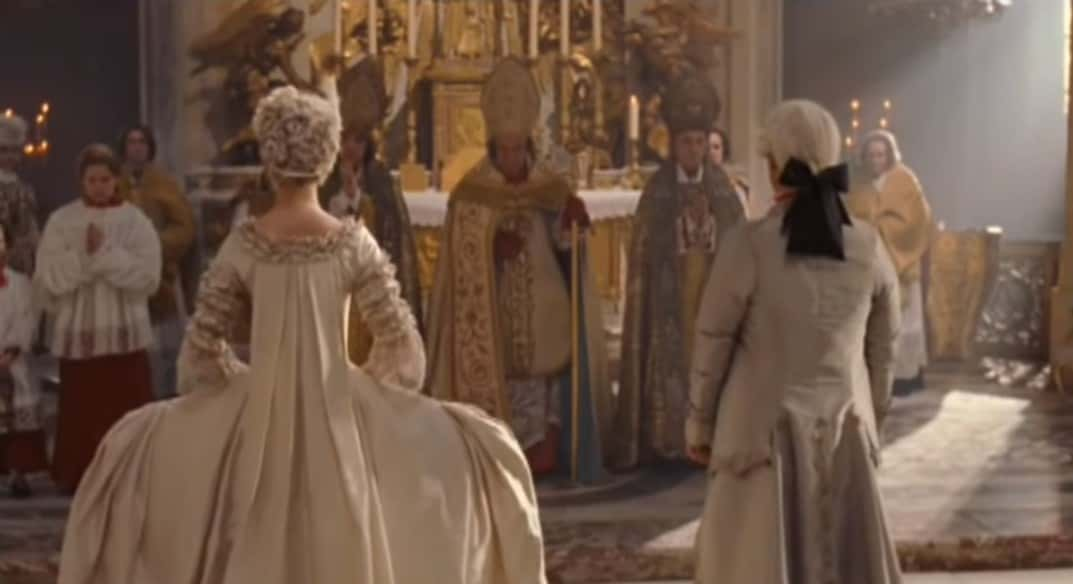 Marie Antoinette (2006), Columbia Pictures
Marie Antoinette (2006), Columbia Pictures
56. The Little White Dress
The white dress that became the unofficial uniform of French Revolutionary women was first worn and designed by Marie Antoinette herself. Together with her seamstress, she designed a simple little white dress to combat the public’s idea of her as a woman addicted to excess. When she wore it, she didn’t look like a queen.
The point of the dress was to make herself look more like a "woman of the people." Unfortuantely, the idea backfired horribly. She was scorned for wearing such a "downmarket" outfit.
57. Sorta Like a Rock Star
Before she was queen, Marie Antoinette was a captivating figure to the French public. When she made her first appearance as a teenager in the French capital, the crowd of 50,000 Parisians became so rowdy that at least 30 people were trampled to death.
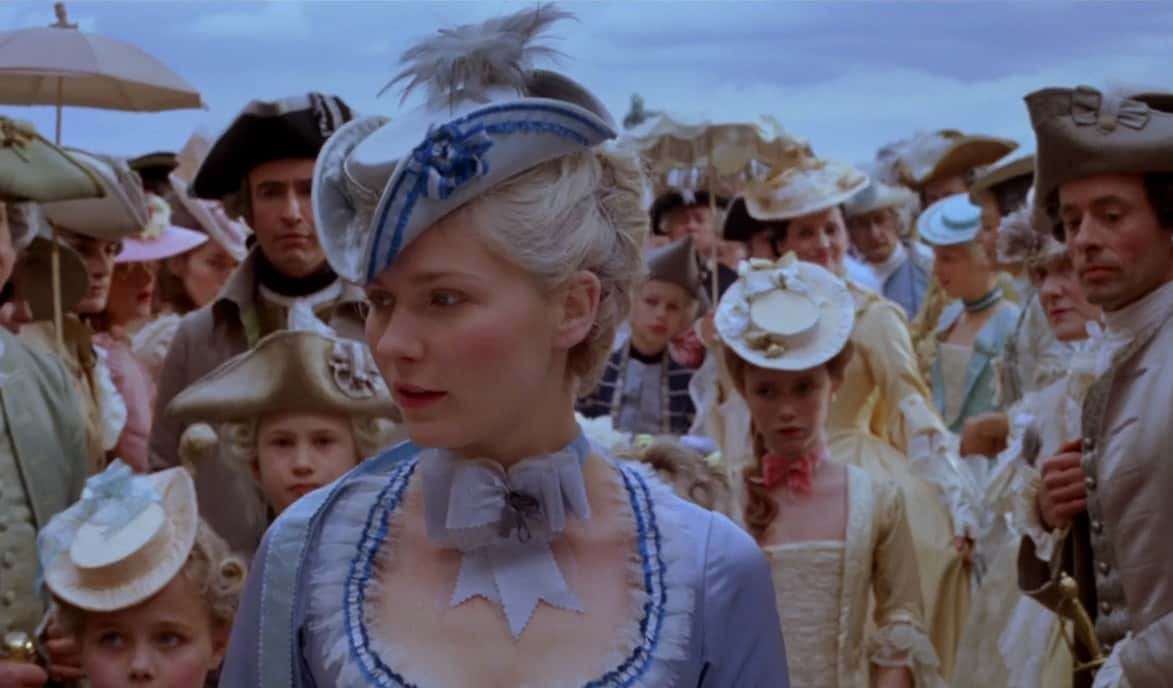 Marie Antoinette (2006), Columbia Pictures
Marie Antoinette (2006), Columbia Pictures
58. Donkey Riding
Marie Antoinette wanted to ride horses when she arrived in Paris, but there were strong objections because of fears that she could be harmed while riding. As a compromise, she agreed to ride donkeys instead, and this resulted in her ladies and Louis XV’s daughters riding donkeys as well, which actually started a trend among French noblewomen.
59. Marietta, Ohio
In 1788, when the first permanent settlement of the Northwest Territory was founded at the where the Muskingum and Ohio Rivers meet, a group of American Revolution veterans wanted to honor France, since they had been instrumental in assisting them against the British. They named the community Marietta, Ohio after the French queen, and sent her a letter offering her a "public square" in the town.
60. Gravity-Defying Hairdo
The Queen’s hairdresser Leonard Autie was responsible for creating her sky-high hairstyles which reached heights of almost four-feet. He adorned them with feathers, trinkets, and even a model of the famous French warship La Belle Poule, after the real-life version had sunk a British frigate.
61. A Parental Warning
In her role as Queen, Marie Antoinette was expected to lead in fashion, but with few royal duties, she spent her days socializing at the palace and came to develop expensive tastes. In addition to her spending on clothes, she also spent three days gambling with friends leading up to her 21st birthday. Her behavior was reported to her mother, who wrote her a letter telling her to smarten up.
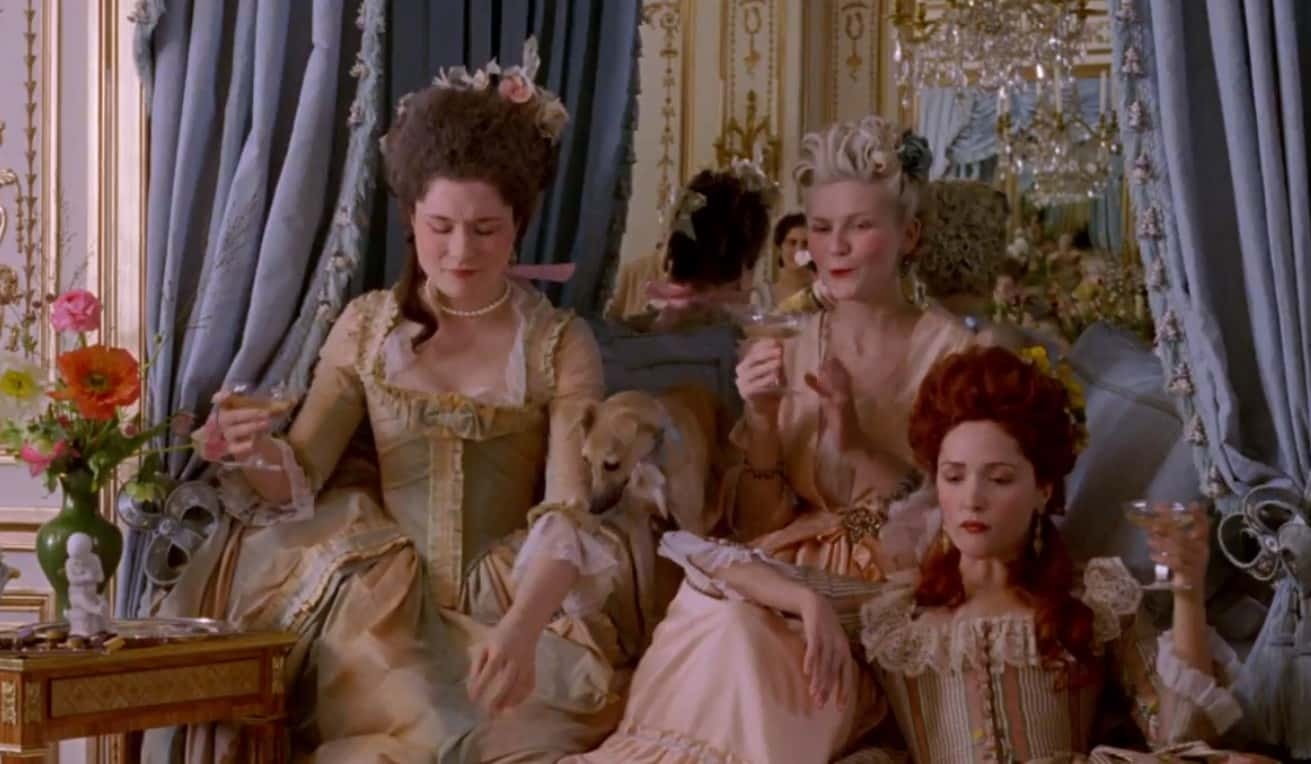 Marie Antoinette (2006), Columbia Pictures
Marie Antoinette (2006), Columbia Pictures
62. Homesick
Perhaps due to her youth, Marie Antoinette did not initially adjust well to married life or life in the palace. Her heartbreaking letters home to her mother revealed just how homesick she was. In one letter she said, “Madame, my very dear mother, I have not received one of your dear letters without having the tears come to my eyes.”
63. A Delicate Beauty
Marie Antoinette was described as being "delicately beautiful." She had grey-blue eyes, ash blonde hair, and pale skin. At age 12, she had corrective surgery to straighten her crooked teeth, and after that, she had a smile that was described as “very beautiful and straight.”
64. Don’t Forget to Wear Clean Clothes!
As a child, Marie Antoinette was something of a tomboy. She would play with commoner’s children, ride horses, and hunt. Contrary to the popular image of her, her mother found it necessary to write her letters telling her to wear clean clothes and brush her hair even after she married.
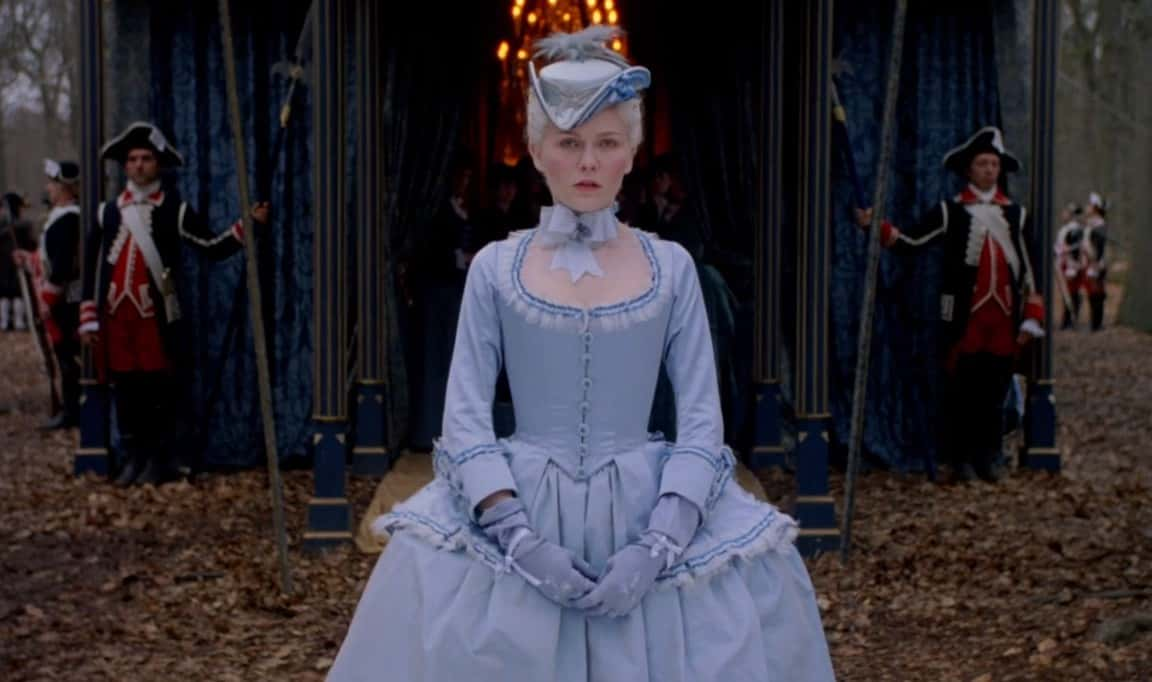 Marie Antoinette (2006), Columbia Pictures
Marie Antoinette (2006), Columbia Pictures
65. School Wasn’t Her Thing
Marie Antoinette was a poor student, despite her tutor finding her “more intelligent than has been generally supposed.” He described her as “lazy” and “hard to teach,” and she supposedly had atrocious handwriting.
66. Smear Campaign
Prior to Louis XVI, the politically themed pornographic pamphlets and books that circulated through France would focus on the King’s mistresses, who were subject to ridicule, and considered promiscuous for their part in the King’s affairs. Louis had no mistresses, and therefore, critics unfairly turned their attention towards the Queen.
Creating propaganda that portrayed the Queen as immoral was a way for revolutionaries to "prove" that the monarchy was corrupt, and they insinuated that she slept with several men and women, including her brother-in-law.
67. Affair of the Diamond Necklace
In 1785, a scandal known as "The Affair of the Necklace" shocked the French court, and it would eventually be used as an example to discredit the French Monarchy. It began with the procurement of a diamond necklace worth 1,600,000 livres (about $10,000,000 USD) by the Comtesse de La Motte, supposedly for the Queen.
In reality, it was for herself and her associates. Though the fraud was eventually exposed and the Queen proved innocent, the damage was done. The affair became one of the factors leading to the dissolution of the old order, and to the French Revolution.
68. Her Favorite Things
Marie Antoinette had a fondness for flowers. She decorated her walls with flowered wallpaper, had her furniture upholstered and painted with floral motifs, and had a flower garden of her own on her estate in Versailles. She even had a special perfume made, with a mixture of orange blossom, jasmine, iris, and rose.
69. A Chocolaty Start to the Day
Marie Antoinette also loved chocolate, and had her own chocolatier at Versailles. Her poison? Liquid chocolate, which she drank every morning with whipped cream, sometimes flavored with orange blossom. Chocolate was still a luxury for most people at the time, and her affinity for it gave revolutionaries one more reason to resent her.
70. Was Fond of Children
Marie Antoinette loved children, and adopted a number of children during her reign. When one of her maids passed away, she adopted the woman’s daughter, and the girl grew up with Marie’s own daughter. She also adopted the three children of a deceased usher and his wife. Two of the children entered a convent, which the Queen paid for, and the third became a companion for her son Louis-Charles.
71. Kind and Generous
Although political pamphleteers of the time enjoyed portraying Marie Antoinette as a villain, in reality, she could be incredibly kind and generous. Once, while on a carriage ride, one of her attendants ran over a wine grower in his fields. She personally attended to the injured man, and paid for his care and to support his family until he was better.
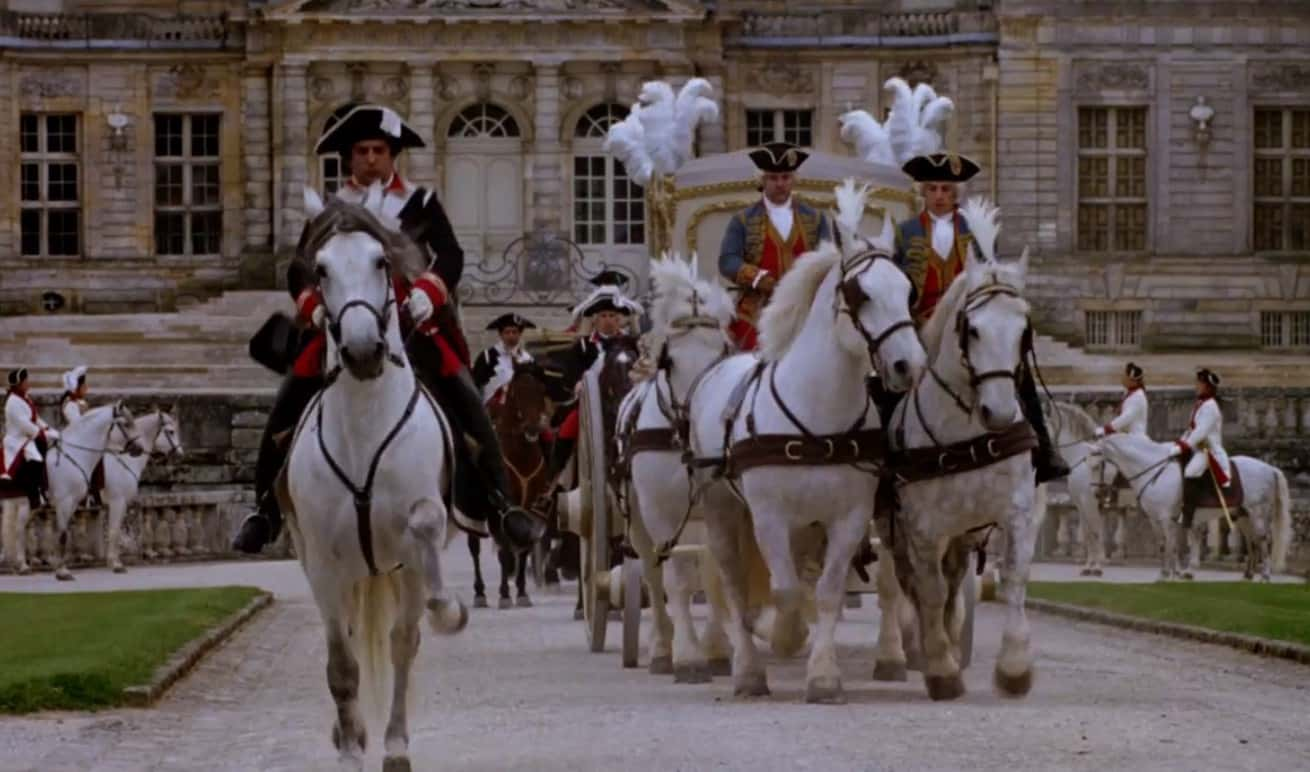 Marie Antoinette (2006), Columbia Pictures
Marie Antoinette (2006), Columbia Pictures
72. Charitable Donations
Along with her husband, Marie Antoinette was a generous philanthropist. She established a home for unwed mothers and supported the Maison Philanthropique, which took care of the aged, widowed and blind. During the famine of 1787, she sold the royal flatware in order to provide grain to families who were struggling.
73. Madame Veto
With the country straining under the pressure of debt and a stagnating economy, Louis XVI proposed reforms to end the worst of the excesses, and to impose a more progressive taxation system. The reforms were blocked by clergymen and the nobility, but the press blamed Marie Antoinette, labeling her “Madame Veto.” There’s little evidence to prove whether or not she ever did veto the proposals.
74. Buried and Dug Up
After her execution, Marie Antoinette’s body was placed in a coffin and put into a common grave behind the Church of Madeline. In 1815, after the Bourbon Restoration returned Louis XVIII to the throne, he ordered the bodies of his brother Louis XVI and his wife to be exhumed and re-buried with the other royals in the Basilica Cathedral of Saint-Denis.
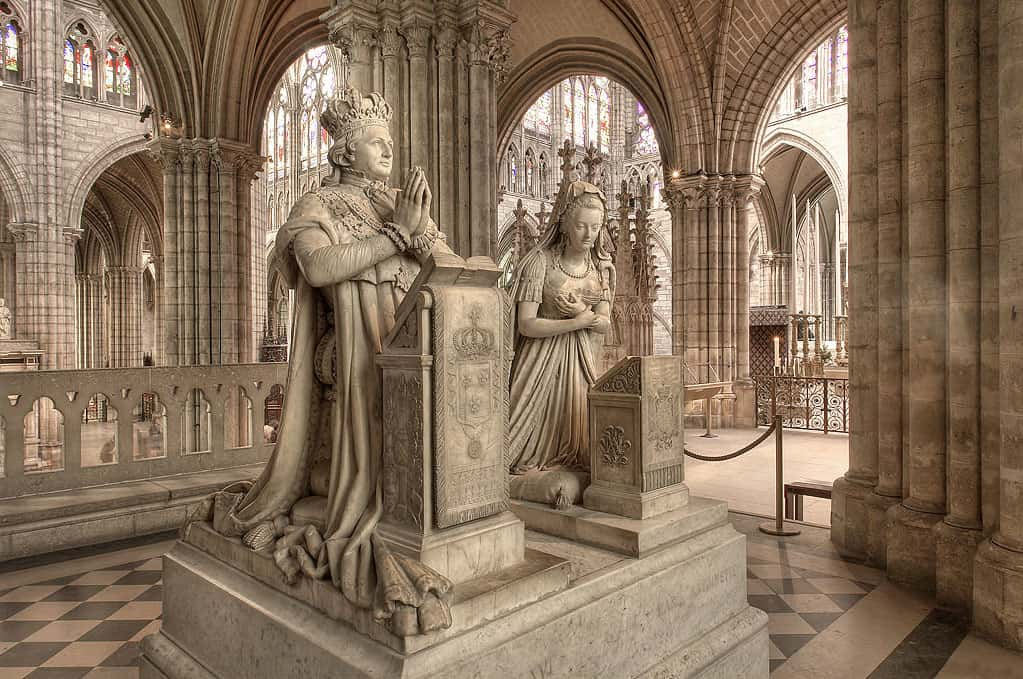 Wikimedia Commons, Eric Pouhier
Wikimedia Commons, Eric Pouhier
75. The Secret Affair
Marie Antoinette’s love life has been the subject of speculation for centuries, but in 2016, newly decoded letters suggested that the Queen had a passionate secret affair. Her lover? A Swedish Count named Axel von Fersen. In one letter to him she wrote: “I will end [this letter] but not without telling you, my dear and gentle friend, that I love you madly and that there is never a moment in which I do not adore you.”
The new revelations also suggest that her daughter Sophie, who died as a baby, was fathered by Count Fersen, and that her second son Louis Charles may also have been his child.
76. Shedding Austria
On May 7, 1770, as a symbolic act of loyalty at the "hand over," Marie Antoinette was required to leave her Austrian clothes, servants and her dog behind. She was literally stripped of her nationality, and dressed in French clothing before being taken to Strasbourg for a Thanksgiving Mass in her honor.
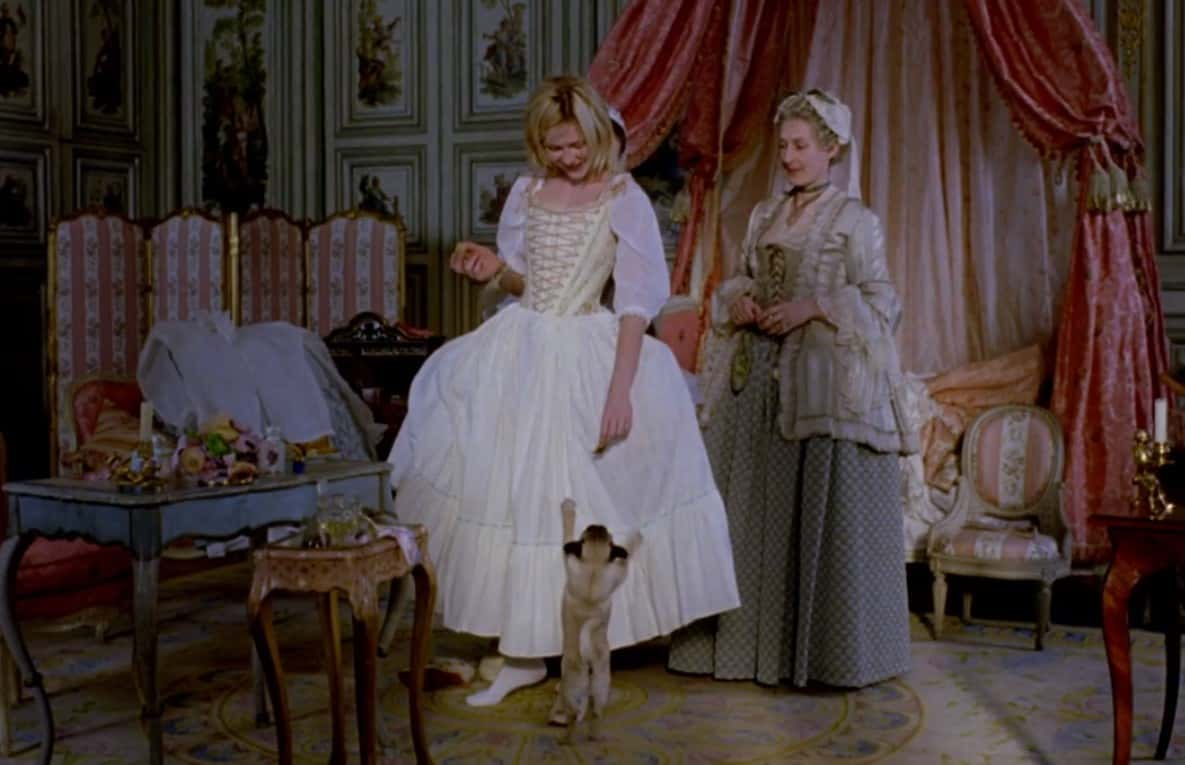 Marie Antoinette (2006), Columbia Pictures
Marie Antoinette (2006), Columbia Pictures
77. Elaborate Etiquette
Getting dressed in the morning could be a tedious—and awkward—affair for the French Queen. She was assisted out of bed each morning and dressed by her ladies-in-waiting. The lady with the highest rank would hand Marie her bloomers, another could tie her petticoats, after a different one had to put them on her. Finding it hard to take, after a month, she talked her ladies-in-waiting into allowing her to bathe solo.
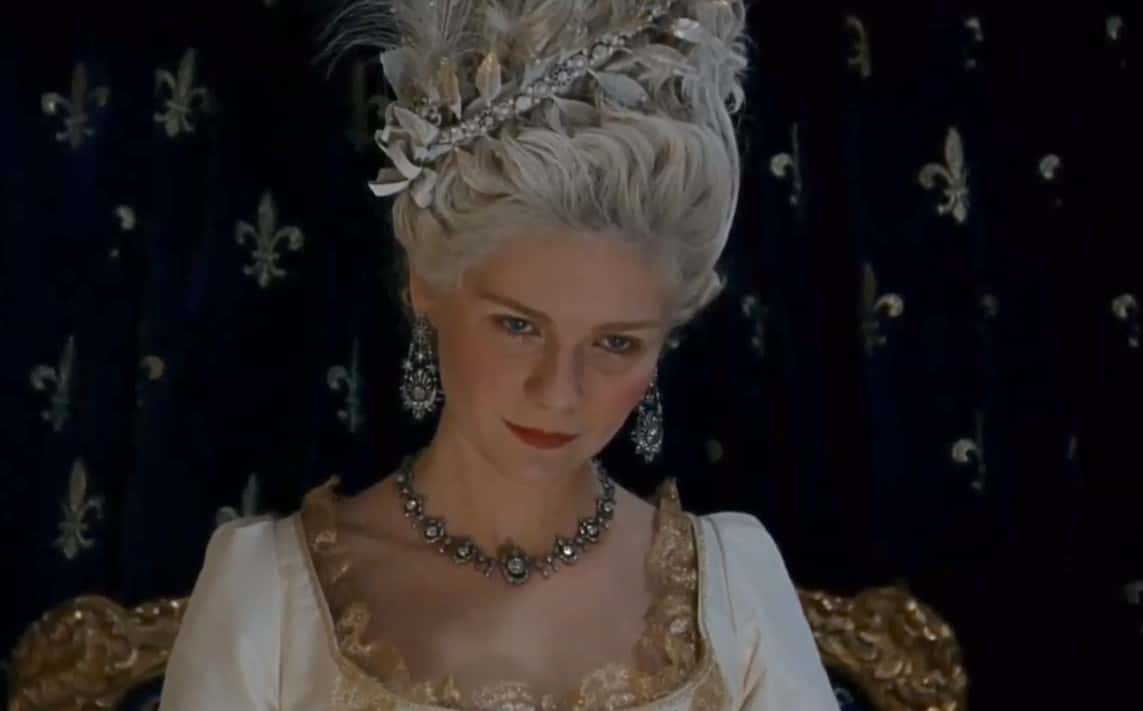 Marie Antoinette (2006), Columbia Pictures
Marie Antoinette (2006), Columbia Pictures
78. Appeal to All Mothers
At Marie Antoinette’s trial, prosecutors accused her of incest with her youngest son Louis-Charles. When facing the accusations, her reply forced the courtroom to fall silent in shame. She said “Nature refuses to answer such a charge brought against a mother. I appeal in this matter to all the mothers present in court.”
79. The Mozart Connection
When they were children, Mozart and his sister visited Marie Antoinette at the court in Vienna and played for the Royal family. A tale was passed around claiming that the musician had proposed marriage to the future Queen, but in reality, all that happened is that Mozart received a kiss from her mother, the Empress.
80. Madame Deficit
During her reign, Marie Antoinette became a hate symbol for those wishing to overthrow the privilege and power of the French Aristocracy. French society suffered from a deep class divide and she became known as Madame Deficit for her lavish spending. She was especially hated for the money she spent refurbishing the Palace of Versailles, particularly, her mini-estate, the Petit Trianon.
Even though it had been built for the previous King’s mistress, it became associated with the Queen, and how out of touch with reality she was.
81. Opposites…Attract?
When it came to personalities, Marie Antoinette and Louis XVI were opposites. Whereas Louis was introverted, Antoinette was gregarious, extroverted and confident—a true social butterfly. They also kept different schedules, with him going to bed early and her going out to party. These differences may have contributed to the delay in consummating their marriage.
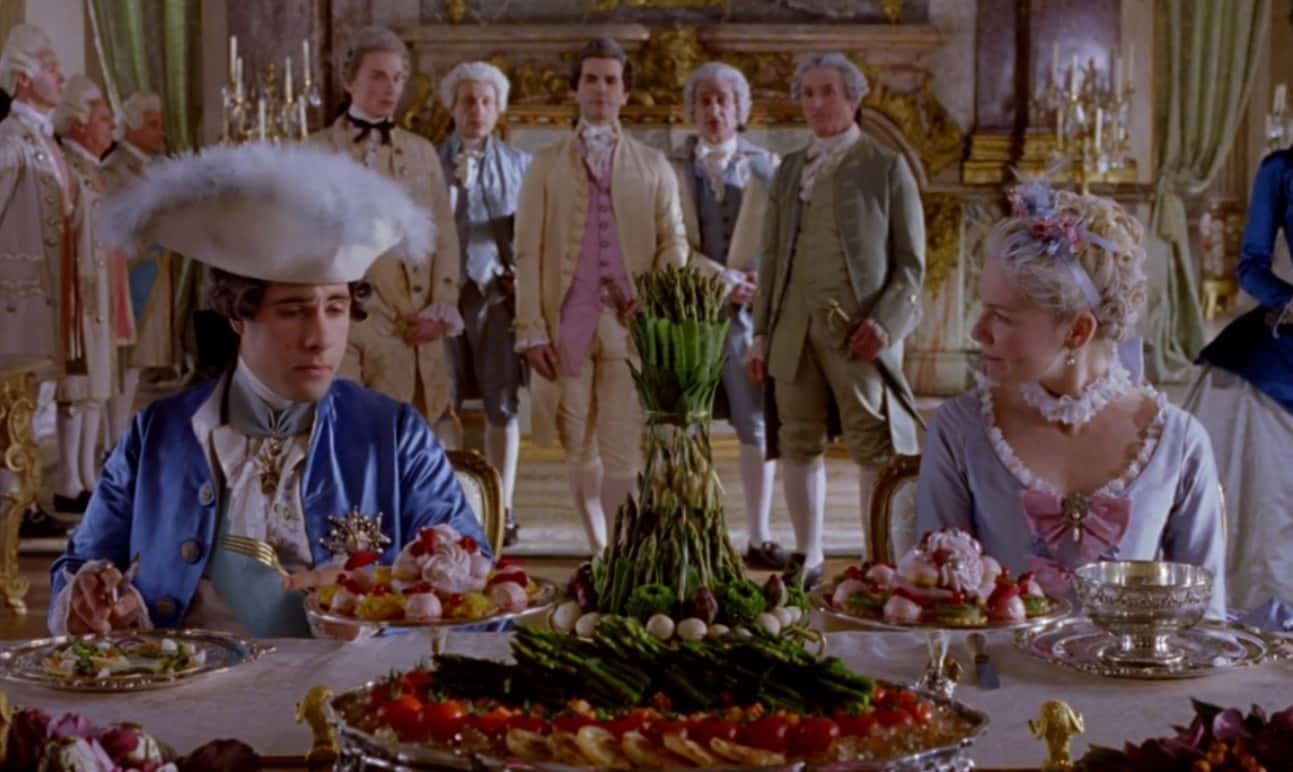 Marie Antoinette (2006), Columbia Pictures
Marie Antoinette (2006), Columbia Pictures
82. Not Without Her Children
Outside of France, there were people who wished to help the doomed Queen escape after she was arrested, but she refused to leave without her children. She responded to her would-be rescuers in writing, stating: "I could not have any pleasure in the world if I abandoned my children. I do not even have any regrets."
83. A Woman of Action
When Revolution threatened to break out in France, Marie Antoinette took action to try and save her family. While Louis XVI was indecisive, she wrote letters to other rulers asking for military support, and conducted many meetings to try and salvage the monarchy.
84. False Charges
It took nine months after her husband was executed for the Revolutionary Tribunal to put Marie Antoinette on trial on made-up charges. After a two day trial, a jury found the former queen guilty on all charges and sentenced her to death.
85. The Carnation Affair
On August 29, 1793, Marie Antoinette was passed a secret message inside the petals of a carnation by a man named Alexandre Gonsse de Rougeville, who was an ardent supporter of the Queen. His message told her to prepare herself for rescue. The plan failed when guards caught her reply, which she had pin-pricked into a piece of paper.
86. The Last Letter
Shortly before her execution, Marie Antoinette begged the warden for a pen and some paper, and she proceeded to write a letter to her sister-in-law Elisabeth known as her “Testament.” The contents of the letter were utterly heartbreaking. She wrote of her love for her friends and family, and asked that her children not seek revenge for her execution.
Reportedly, after finishing the letter, she kissed each page repeatedly and returned it to the warden. Sadly, the letter was confiscated, and Elisabeth never received it.
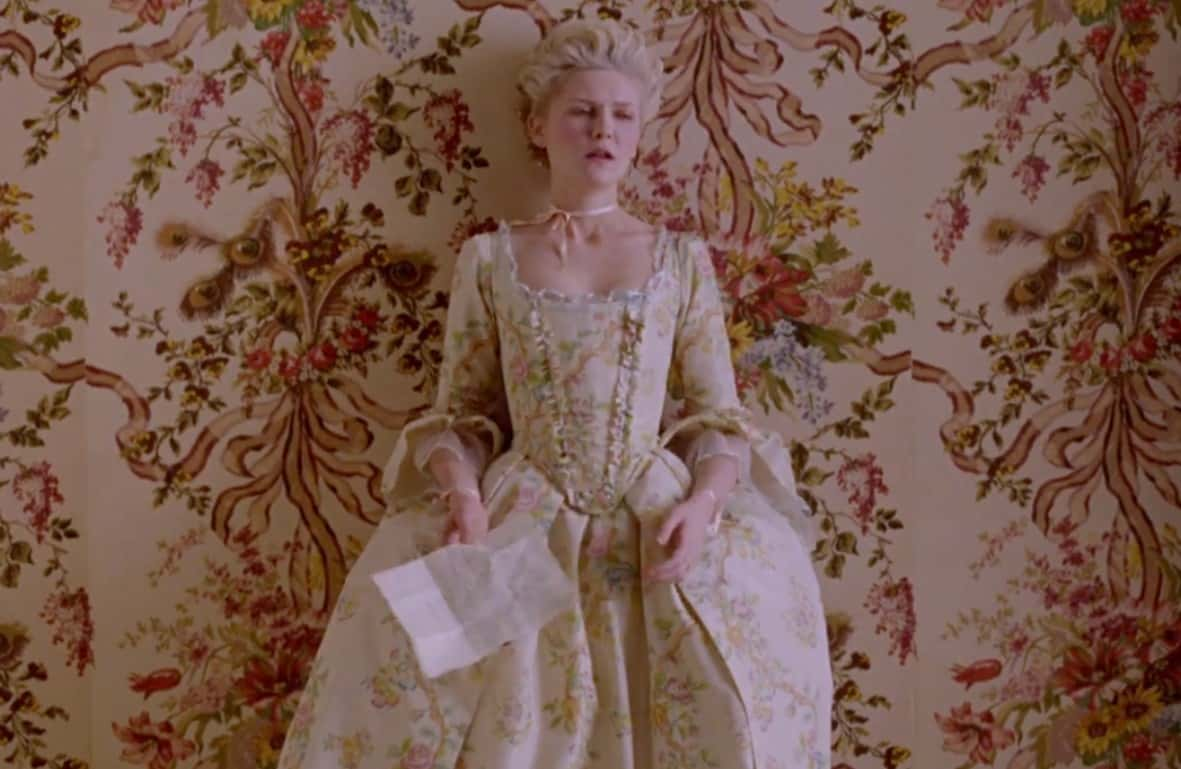 Marie Antoinette (2006), Columbia Pictures
Marie Antoinette (2006), Columbia Pictures
87. Pardon Me Sir!
Marie Antoinette’s upbringing instilled in her a courtesy for apologizing for minor mistakes. After stepping on the executioner’s foot, she apologized to him, saying “Pardon me sir, I meant not to do it.”
88. Fashion Her Way
Marie Antoinette was known for being a fashion trendsetter, and frequently defied court etiquette and fashion to dress in a more casual manner. She set a standard that the ladies of Versailles scrambled to keep up with, and at the same time, scandalizing others with her style.
89. Bird in a Cage
Whenever she felt trapped by court life, Marie Antoinette escaped to her private mini chateau, the Petit Trianon, on the grounds of the palace of Versailles. No one was allowed to enter the grounds without her express permission, and only people from her inner circle were invited. The interiors reflected her desire for privacy, and it was a place of refuge for her.
90. Vive La Republique!
The day of the execution, Marie Antoinette was placed in a tumbrel (a two-wheeled cart used during the French Revolution to take prisoners to the guillotine) and taken on a roundabout route through the city to the guillotine. When her head fell, it was shown to the thousands of spectators who cried “Vive la Republique.”
91. Courage, My Word
Moments before her execution, the priest present at the execution told her to have courage. Her response was legendary: "Courage? The moment when my ills are going to end is not the moment when courage is going to fail me."
92. Famously Misquoted
Marie Antoinette never actually said “Let them Eat Cake,” which ironically, is her most famous quote. The words were supposedly the Queen’s response to being told that the peasants had no bread and were hungry, and has been cited as an example of her insensitivity to the plight of her subjects. There’s no historical evidence in newspapers, pamphlets, and other printed materials of the time, so it’s likely that the quote was picked up by the revolutionaries, and falsely spread as propaganda.
93. You May Now Exchange Pacifiers
In 1489, at just four years old, Princess Catherine of Aragon became engaged to the Prince of Wales. However, her betrothed was not the future Henry VIII, but rather it was his older brother, Arthur. Raised with a lifelong expectation that she would be Queen of England, is it any wonder Catherine would never let the title go?
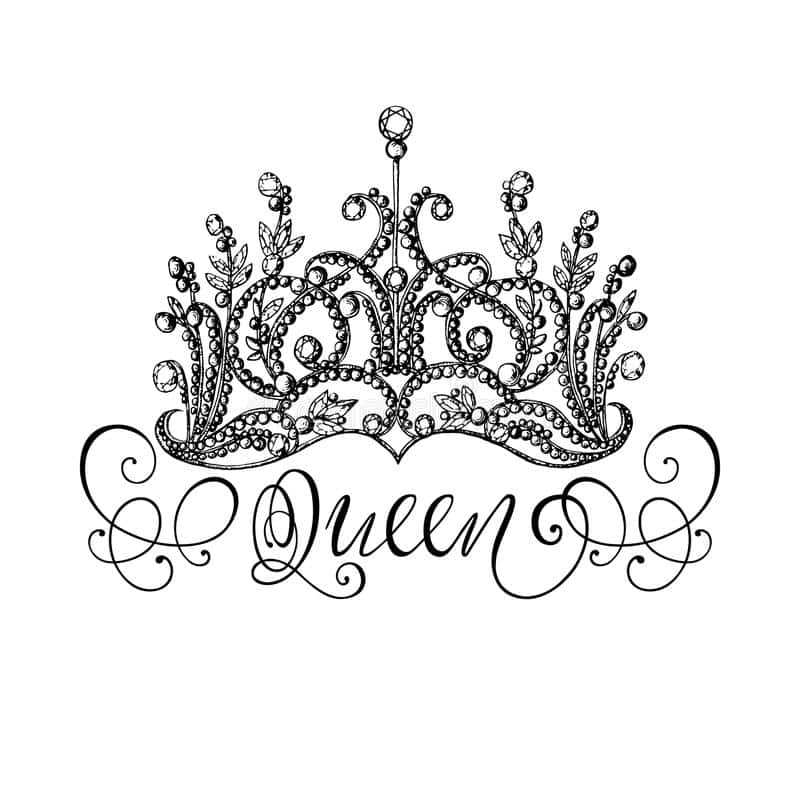 Dreamstime
Dreamstime
94. Blue Blood, Red Hair
Catherine of Aragon did not sport the swarthy complexion and black hair that Tudor-themed film and television so often ascribes to her. In most contemporary accounts, Catherine’s is described with fair skin, blue eyes, and reddish hair. Nevertheless, the imagining of Henry VIII’s first bride as a dark, gloomy, rejected foreign wife looms large over the ginger reality.
95. The Romantic Languages
For years, Catherine and Arthur, Prince of Wales wrote letters to each other in Latin. Unfortunately, when they finally met in 1501, the young couple discovered they could not actually speak to each other. They had been taught different models of pronunciations.
 Notre Dame Sites - University of Notre Dame
Notre Dame Sites - University of Notre Dame
96. Public Doings
Catherine and Arthur’s wedding night was the only public royal bedding of the English in the 16th century. That makes it even more ironic that what happened after the couple was left alone was one of the biggest legal questions of the European 16th century…
97. Down for the Dowry
Catherine's marital bliss didn't last long. In April 1502, Prince Arthur tragically died, possibly from sweating sickness. Less than five months after her wedding, Catherine found herself a 16-year-old widow. However, her father-in-law, Henry VII, wasn’t going to refund that huge 200,000 crown dowry without a fight! When he was freshly widowed himself, Henry VII briefly considered marrying his late son’s wife in order to keep her sweet dowry—that would’ve made £5 million in 2007 cash.
98. Let’s Keep This In-House
Just one year after Prince Arthur’s death, Catherine was re-engaged to House Tudor via his brother, the 11-year-old future Henry VIII. The technicality of their union being incest (maybe) was overcome with a handy dispensation by the Pope himself, who granted the “A-OK” and even allowed for the possibility that Catherine had consummated her first match.
99. Standing by Her Hymen
For her whole life, Catherine would stand by her girlhood testimony that she never consummated her marriage with the 15-year-old Arthur. Ergo, the marriage was not valid, and she was free to marry his brother.
100. Being Single Again is Purgatory
Catherine endured seven years of aristocratic poverty between her marriages. Soon after her engagement to Henry, Catherine’s powerful mother died. Isabella of Castile’s death lowered Catherine’s value on the marriage market, and her dad was defaulting on the rest of her dowry. As a result, Henry VII held Catherine as his unofficial prisoner London, and she struggled to feed her own servants.
101. Drop Her Like Her Aunt Is Hot
In one swoop, Henry VIII made his sister-in-law into his wife and his fiancée into his niece. Hard to follow? Give us a chance: when the 18-year-old Henry ascended to the throne in 1509, one of the first things he did was marry the 23-year-old Catherine. As Henry would come to do often, he followed his heart at someone else’s expense.
To marry his first wife, Henry broke off his engagement to Eleanor of Austria, whose aunt happened to be Catherine herself. Awkward.
102. Stash the ‘Stache
In 1519, Henry VIII caused an international relations faux-pas thanks to his love for Catherine and a beard-growing pact gone wrong. At the time, Henry and the King of France had an alliance and agreed not to shave until they finally met in person. However, Catherine did not dig her husband’s “au naturel” look and told him to shave it off. Henry obeyed.
This was a scandal to the French, since it appeared that Henry symbolically snubbed them for Spanish interests! Fortunately, the drama passed over, and the King of France’s mom publicly assured that her son and Henry’s “love is not in their beards, but in their hearts.” If only the other international hoopla between Henry and Catherine had ended so sweetly.
103. Phantom Fetus
Catherine had a child who “disappeared.” Kind of. In January 1510, she suffered her first of many miscarriages. However, her stomach remained puffy, probably from infection, which caused her doctors to believe that she had been carrying twins and one had survived, even as Catherine continued to menstruate—prenatal care was…experimental in 1510. Two months later, Catherine went into seclusion for the birth. But of course, no child arrived.
104. Woe Is Womb
Why did so many of Catherine’s pregnancies fail? In recent years, some thinkers have put forth a dark theory. Some researchers believe Catherine suffered from anorexia. During her young widowhood, uncertainty and poverty made Catherine frequently ill and depressed. This physical trauma may have led to future fertility problems.
Sounds like a stretch, but it’s worth noting yet another terrible thing that happened to Catherine of Aragon.
105. Baby Blues
Altogether, Catherine endured seven pregnancies over just 10 years. Every single child died in birth or early infancy, except for a daughter—from her fifth pregnancy—named Mary, born in 1516.
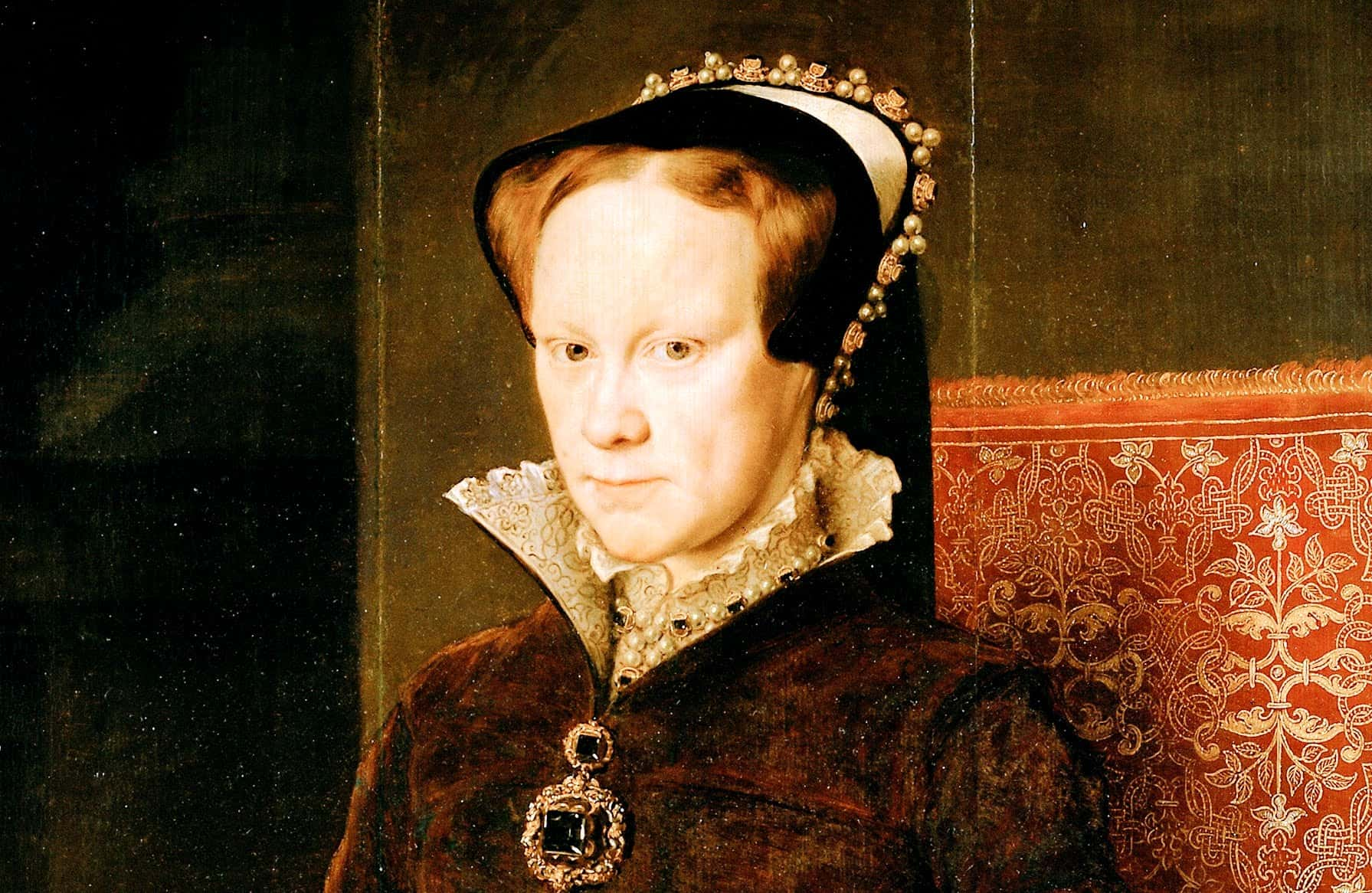 YouTube
YouTube
106. Looks Fade, But Words Scar Forever
Like her husband, Catherine did not age well. In her youth, Catherine was regarded as a great beauty. Thomas More once said “there were few women who could compete with the Queen [Catherine] in her prime” and her confessor called her “the most beautiful creature in the world.” By her 30s, however, Catherine had understandably gained weight and visible markers of stress from endless failed pregnancies.
A Venetian ambassador courteously described her as “somewhat stout.” Less kindly, King Francis I of France outright called his rival’s wife “old and deformed” compared to her “young and handsome” husband, who was only five years her junior.
107. Closed from Business
By the early age of 40, Catherine had already gone through menopause. That meant she would never give Henry his desperately longed-for male heir.
108. Out With the Old…
By the mid-1520s, Henry had enamored himself with Catherine’s lady-in-waiting, Anne Boleyn. Anne was not the only reason for their ensuing divorce, of course, but it’s probably no coincidence that Henry formally petitioned for annulment around this time.
109. No Hand-Me-Down Spouses
Henry tried to annul his marriage to Catherine based on Leviticus 20:21. This Bible passage outlaws the marriage of oneself to one’s brother’s widow and condemns the couple to childlessness. Catherine had been briefly, previously married to Henry’s brother Arthur 20-odd years before at that point. Although Henry and Catherine weren’t literally childless—hi, Princess Mary!—the lack of sons was proof enough, for Henry at least, of their marriage’s invalidity.
110. What’s the Matter?
Henry and Catherine’s divorce trial became known around in Europe as “The Great Matter.” It’s a name that’s at once discrete for its circumstances—a man ditching his wife—yet glorious for the people involved—they were royals, so everything must be “great”.
111. Sure, Henry
Into November 1528, Henry assured everyone he was only divorcing Catherine out of biblical conscience. Or as he declared, “if I were to marry again if the marriage might be good I would surely chose [Catherine] above all other women.” This was after he temporarily sent his queen-in-waiting, Anne Boleyn, to the country as the divorce was still being judged by the Papal legate. It didn’t look convincing.
112. In It to Win It (For Herself?)
Was Catherine’s resistance to divorce Henry out of complete love and selflessness? She acted at least a bit for her own sense of status. In 1528, the Pope and his envoy Cardinal Lorenzo Campeggio offered Catherine a dignified “out.” They suggested that Catherine enter a nunnery, which was a comfortable form of retirement for infertile or inconvenient noblewomen.
In such an arrangement, her daughter Mary would still be a legitimate heir to the throne while Henry could be free to take another wife and have more children. Obviously, staying Queen meant a little more to Catherine than just defending her daughter’s rights because she did respond, “God never called me to a nunnery. I am the King's true and legitimate wife."
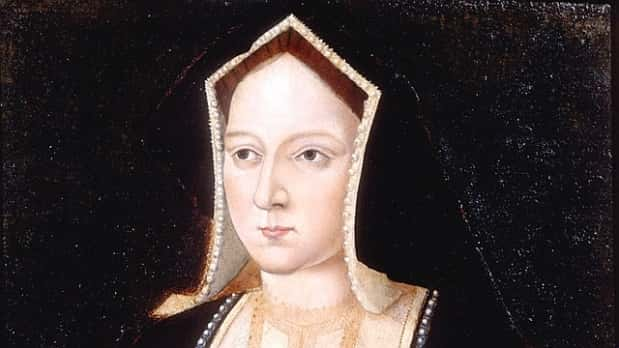 Ottawa Citizen
Ottawa Citizen
113. I Win?
Married to Henry for 23 years, 11 months, and 19 days, Catherine is ultimately the longest-serving of Henry VIII’s six queens.
114. She Has a (Needle)Point
Years into their estrangement, Catherine was still sewing Henry’s shirts for him, even though he was basically living with Anne Boleyn. When Anne found out, she was understandably upset. Henry, however, thought it was NBD because Catherine had always made his shirts. Why let a little thing like emotional adultery put an end to free needlework?
115. Surprise Staycation
Henry VIII was truly a guy to cut and run. In July 1531, he left his wife and daughter on a hunting trip to Woodstock and never came back. Practically overnight, he made the decision to move the court with him while leaving Queen Catherine and Princess Mary behind in Windsor. In a letter, Catherine made a heartbreaking confession: he didn’t even wake her up to say goodbye. She would never see him again.
116. High Royal Turnover
In May 1533, after seven years of dramatic divorce depositions, Archbishop Thomas Cranmer officially declared Catherine and Henry’s marriage null and void. Just five days later, the secret marriage between Henry VIII and Anne Boleyn was declared totally valid. Now that’s a short onboarding period.
117. Shame & Names
Upon her annulment, Catherine was demoted to the title of “Princess Dowager of Wales,” which referred to her “real” status as widow to Henry’s brother, Arthur. But Catherine would not go quietly into the dark. To the end of her life, she would refuse this title and insist her servants refer to her as the Queen.
118. Bummer Ending
Life as a divorcée was not kind to Catherine. Thus, she refused to be kind to herself, at least physically. In her last months, the ex-queen was isolated in Kimbolton Castle, where she fasted constantly and wore nothing but a hair shirt from the Order of St. Francis. It was prickly living but demonstrated Catherine’s commitment to arguably the last thing she could count on, that being her Catholic faith.
119. BFFs ‘til the Great Beyond
Maria de Salinas was Catherine’s lifelong friend from Spain. She was there for Catherine’s wedding and braved winter storms—and potential imprisonment—to see Catherine to a kinder death. By Christmas 1535, Catherine was on her deathbed, and Maria refused to let her die alone. Despite the king’s orders to stay away from Catherine, Maria spent her New Year’s 1536 traveling nearly 60 miles on horseback from London to see her friend.
At the door, Maria lied and told guards she had “lost” the paperwork which gave her the king’s permission to enter. Finally, Maria braved it through the door, locked it behind her, and saw her lifelong buddy into the next life.
120. Goodbye and Yellow!
According the Imperial Ambassador Eustace Chapuys, Henry “honored” the death of his ex-wife, to whom he was married for over 20 years, by dressing head-to-toe in yellow silks and declaring, “God be praised that we are free from all suspicion of war!” since the divorce had put him at odds with her nephew, Emperor Charles of Spain.
Some people have tried to suggest that yellow is the Spanish color for mourning, but the verdict is still up in the air.
121. Ghost Girl
The ghost of Catherine of Aragon is said to haunt Castle Lodge, Ludlow, where the young bride stayed in her first, brief marriage to Arthur, Prince of Wales. Visitors report seeing an apparition of a teenaged girl in Tudor-era clothing. She floats through both the halls and the nursery that she never got to fill, perhaps longing for more hopeful times.
122. Vitamin Vindication
Catherine’s tomb in Peterborough Cathedral is open to the public, and, accordingly, it is constantly covered in pomegranates. This isn’t desecration; pomegranates were Catherine’s Trastamara family sigil. Perhaps most defiantly, her grave bears the title, “Katharine Queen of England.”
123. Head First into Her Defense
During her tenure, Catherine was a very popular queen. Figures like Thomas More and John Fisher were executed—and later canonized—for refusing to sign the Act of Succession which, among other things, declared that Henry’s marriage to her was invalid.
124. Girl Gang
Throughout the Great Matter, Catherine’s popularity with women was readily evident. The Venetian diplomat Francesco Sanuto once claimed that an angry mob of “seven to eight thousand women” tried to seize and kill Anne Boleyn, presumably in Catherine’s name, as the younger lady fled by boat. Of course, this story has been raised with suspicion in recent years, since Sanuto’s is the only account of such a huge event.
Still, the tall tale’s popularity testifies to Catherine’s appeal as the “spurned woman” against Anne’s “other woman.” They were the Jen and Angelina of their time!
125. My Bloody Bro-in-Law Valentine
In 1513, a heavily pregnant—for real this time—Catherine rode in full armor to address troops at the Battle of Flodden. Henry was away at a foreign war, leaving Catherine as regent. The Scottish army, led by Henry’s brother-in-law King James IV, took advantage of his absence and tried to attack the kingless nation. Catherine utterly destroyed the Scots and sent a bloody piece of James’s coat to Henry for use as a war banner.
She had wanted to send her hubby his brother-in-law’s body itself, but that was too much for those weak-bellied Englishmen—her words. Remember, this bloodshed was during their happy days!
126. Heart of Darkness
For its time, Catherine’s cause of death was ambiguous. Her embalmer noticed the corpse was in perfect health—save for her heart, which had turned black. That led some people to whisper about poison. Today, historians agree generally agree that Catherine died of heart cancer, which—considering the circumstances of her life—appears too poetic to be true.
127. All in the Family
Elisabeth Amalie Eugenie was born on Christmas Eve, 1837 to Maximillian and Ludovika of Bavaria. The young royal had a far from normal childhood: Her father Maximillian was a notorious eccentric, and the little girl grew up in a chaotic environment that encouraged country horse rides over formal education.
128. Sisi My Playmate
Growing up, Elisabeth’s loved ones nicknamed the observant, sensitive girl “Sisi.”
129. She’s The One
Elisabeth was never supposed to become an Empress. Her older sister Helene was originally betrothed to the young Emperor Franz Joseph of Austria, but it all changed when the 15-year-old Elisabeth accompanied Helene to their first meeting and formal proposal. The moment Franz Joseph laid eyes on Elisabeth, he swore he would marry none but her.
130. A Twist of Fate
According to lore, a wardrobe malfunction won Elisabeth the crown over her sister Helene. Somewhere along their carriage journey, the coach carrying their formal gowns got lost. As it happened, the family was in mourning for an aunt, and without a change of clothes, they were forced to wear their black widow’s weeds to the meeting.
Unfortunately for Helene, her coloring was sallow next to the dark cloth—but the black made Elisabeth’s pale, golden complexion sing.
131. Teen Queen
Franz Joseph and Elisabeth wasted no time after their meet-cute. The palace officially announced their betrothal five days after the meeting, and they married just eight months later on April 24, 1854. At the time, Elisabeth was barely 16 years old and already the Empress of a mighty realm.
132. Monster-in-Law
There are horrific mothers-in-law—and then there was the Archduchess Sophie of Bavaria, Franz Joseph’s legendarily domineering matron. An absolute force of nature, Sophie more than earned her nickname of “the only man in the Hofburg palace.” Unfortunately, her meddling would soon damage Elisabeth in more ways than one…
133. One and Done
19th-century birth control was sorely lacking, and a shocked Empress Elisabeth found herself pregnant almost immediately after her wedding. The naïve teenaged Empress gave birth to a baby girl, Sophie, just 10 months after her special day.
134. After the Fairy Tale
Elisabeth won her Emperor, but it was hardly happily ever after. She quickly installed herself in formal Habsburg court life, but the free-spirited girl was completely unused to the cold, dour atmosphere of royal life and its endless rules of etiquette, especially in comparison to her rag-tag upbringing.
135. The Girl Is Mine
Elisabeth’s mother-in-law Sophie always looked down on her, but motherhood made it so much worse. Sophie dismissed her as “a silly young mother,” and went ahead and named the new baby after herself without asking. To rub salt in the wound, she also refused to let Elisabeth see, breastfeed, or care for her newborn. Then she did the same with her second granddaughter Gisela.
136. Mama’s Boy
Emperor Franz Joseph was completely in love with the beautiful Elisabeth—but he was in for a rude awakening. Truth be told, Elisabeth didn’t reciprocate his feelings at all. The sharp, quick-witted introvert was constantly in search of a new subject to conquer. She found Franz to be a dull, unimaginative, and stale man under mommy’s thumb.
137. A Real Bodice Ripper
Elisabeth’s obsessive trimness also manifested in an infatuation with “tight-lacing,” where women wore their corsets so tight that it made them wasp-waisted. The young Empress outsourced special rigid corsets all the way from Paris—used specifically by courtesans—to achieve the sucked-in look. Reportedly, lacing them up took a full hour.
138. Boy Problems
By 1856, Empress Elisabeth had borne Franz Jospeh two daughters, Sophie and Gisela, but no sons. In an empire obsessed with heirs, this was a big cause for concern, and the Empress began to feel even more isolated.
139. I’m Sick of This
The stresses of her position took an enormous toll on Elisabeth’s health. She was naturally a little reserved and introverted, and palace life made her anxious. Within weeks of moving into the royal castle, she developed frequent coughing fits and couldn’t even descend staircases without suffering panic attacks.
140. Sons or Anarchy
One day, Empress Elisabeth walked into her study where she made a chilling discovery. On her desk was a small pamphlet that had some choice, cruel passages underlined: “The natural destiny of a Queen is to give an heir to the throne,” it read. “If the Queen bears no sons, she is merely a foreigner in the State.”
The suspected source of this obscenely vicious broadside? I’ll give you three gue—Sophia. It was totally Sophia.
141. My Kingdom for a Horse
Empress Elisabeth was a horse girl to end all horse girls. She rode every day almost without fail, and was one of the very best female horseback riders in the world during her heyday.
142. My Body, My Choice
The Empress’s enthusiasm for tight-lacing may have been another act of rebellion. Her mother-in-law Sophie made it abundantly clear that she expected the girl to always be pregnant or in the process of getting pregnant. By insisting on wearing the womb-restricting clothing, Elisabeth managed to drive the controlling Archduchess half-mad.
143. Rise and Grind
Elisabeth’s exercise regime was unbelievably demanding. She insisted that every castle she lived in have a gymnasium for her to perform her routines, and her private bedchamber at Hofburg Palace was even equipped with balance beams. On top of that, she was obsessed with doing her routines perfectly. Most of her gyms came with mirrors so she could correct herself as she went.
144. Picky Eater
Never a prodigious eater, Elisabeth eventually developed a total aversion and disgust for meat. To get protein, she often just squeezed steak juice into her soup and called it a day.
145. Vile Vienna
By the 1860s, Elisabeth despised Vienna and her royal life so much that many historians believe her frequent coughing fits and panics were partly psychosomatic. It got so bad that she stayed away from the capital for a full two years. The moment she returned, she experienced a migraine in the carriage and puked four times—all on the way there.
146. The Smoking Gun
The hyperactive and often sleepless Elisabeth took up smoking to make the wee hours pass by. Her manly habit shocked polite court society at the time.
147. One Size Fits All
For all her intimidating discipline, Elisabeth was a fundamentally informal woman. She especially despised phony court customs and fashions. Accordingly, she helped popularize the shift away from large hoop skirts and into a leaner, closer cropped dress silhouette. She also put an end to the interminable dress changes at the palace, preferring to don simple riding gear most of the day.
148. We’re All Mad Here
Elisabeth was a true eccentric, but many people whispered that her mental troubles were much darker than she let on. After all, she was cousins with the infamous mad King Ludwig II of Bavaria, and she seemed to take a deep interest in the mentally ill. One day, when her husband asked her what she wanted for a gift, she replied brightly:"...a fully equipped lunatic asylum would please me most."
149. It’s a Boy!
On August 21, 1858, Elisabeth finally shut her mother-in-law’s mouth and gave birth to a baby boy, the Crown Prince Rudolf of Austria. The happy news came with a 101-gun salute and the blossoming of Elisabeth’s full political power at court. Yet like all of her other children up to that point, Elisabeth had almost no say in Rudolf’s upbringing.
150. A Hairy Issue
Elisabeth’s exercise regime may have been daunting, but it had absolutely nothing on her beauty routine. As an adult, her chestnut brown hair grew to truly epic lengths and required a small army of people to maintain. She got frequent headaches from the weight of her updos—which took three hours to create—and scheduled an entire day off every two weeks just to wash her locks in a mixture of eggs and cognac.
151. Power Play
At the height of her powers, Elisabeth was one of the key ambassadors to Hungary, though some say her desire for peace hid a dark secret. One of Elisabeth’s main contacts was the handsome Count Gyula Andrassy, who some believe was her lover. Elisabeth even pushed her husband to make Andrassy Premier of Hungary, once threatening him “...If you say 'No,’…you will be relieved forever from my future.”
152. Beauty Is Pain
Elisabeth almost never wore makeup, though she did try a range of beauty tactics and products to plump her skin and cling to her youth. These included olive oil baths, raw veal facials, and even sleeping pillow-less on metal bed frames.
153. No Means No
The Empress frequently withheld physical intimacy from her husband. Why? Well, she was often ailing, either with stress symptoms or real illnesses related to her malnutrition. Of course, there was also the fact she had zero hots for Franz Joseph. Oh, and she lived in fear of another pregnancy ruining her figure, confessing that "Children are the curse of a woman, for when they come, they drive away Beauty.” That’s…a lot of reasons.
154. Like Mother, Like Son
Though their relationship was sometimes strained, Elisabeth and her only son Rudolf were eerily alike in many ways. He too was stubborn, introverted, and largely uninterested in artifice. Moreover, he departed from his father’s conservative political views, taking up Elisabeth’s more liberal beliefs instead. Sadly, mother and son never enjoyed a close connection.
155. Fourth Time’s a Charm
Empress Elisabeth only had a fourth child when she wanted a fourth child. That is, after Hungary and Austria finally reached an agreement and she and Franz Joseph became King and Queen of Hungary. Once that happened, she knew it would be politically advantageous to birth an heir in Budapest, and that’s exactly what she did.
Little Marie Valeria was born in the Hungarian metropolis in 1868.
156. The Only Child
This time, Empress Elisabeth demanded that she take over caring for her child. In a tragic twist, her plan backfired horribly. Deprived of her maternal instinct for years, the once emotionally withdrawn empress now smothered her youngest daughter. People at court snidely called Marie Valerie “The Only Child” because of how Elisabeth doted on her.
157. The Worst of Times
The late 1800s were cruel to Empress Elisabeth. In the four-year span from 1888 to 1892, she lost her father, her mother, her sister, her only son, and also her beloved Gyula Andrassy. Upon Andrassy’s death, the broken Elisabeth reportedly cried out, “My last and only friend is dead.”
158. Sisi’s Star
The Koechert Diamond Pearl, a pearl set in a fanned, 10-pointed star of diamonds, was called the “Sisi Star” after Elisabeth. A renowned Austrian court jeweler crafted the wonder to adorn Elisabeth’s famous hair.
159. I Wear Black on the Outside, Because Black Is How I Feel on the Inside
For her remaining years after her son Prince Rudolf’s death, Elisabeth almost exclusively wore black. When she was in public, she used a fan and a parasol to cover her face from prying eyes.
160. Locks on Lock
The Empress employed her own personal hairdresser, Franziska Feifalik, to attend to all her mane needs—but her demands were disturbingly bizarre. Feifalik had to wear white gloves without any rings when she worked the Empress’s royal locks, and after she completed the hairdo, the poor woman had to present the critical royal with any strands that fell out.
161. Royal Hall Pass
Elisabeth mostly avoided her husband’s bed, so she was generous enough to turn a blind eye when it came to his many affairs, including with the beautiful actress Katharina Schratt. In fact, she generally encouraged these dalliances.
162. Breaking the News
When her son Rudolf died, Sisi was one of the first people who found out. The grieving mother had to tell Franz Joseph the horrific tidings herself.
163. The Hermit Habsburg
After she turned 32, Elisabeth absolutely refused to sit for any more photos or portraits, preferring to live in eternal, youthful beauty in the public’s imagination.
164. Fearing the Worst
Elisabeth’s mental health was so fragile throughout her life that when her husband Franz Joseph first received the news that she died, he was afraid that it was suicide.
165. Burying a Child
In 1857, Elisabeth endured a mother’s worst nightmare. Her two daughters Gisela and Sophie became ill with diarrhea, and while Gisela slowly got better, Sophie only got worse. Eventually, the two-year-old girl fell victim to a terrible death, probably from typhus. Elisabeth was still a teenager, yet she was already mourning the death of her baby.
166. Getting Away From It All
Little Sophie’s death threw the already neurotic and fragile Elisabeth into the throes of a deep depression that would haunt her the rest of her years. Sadly, that was far from the worst part. Elisabeth even began to withdraw from her daughter Gisela, neglecting the girl when she needed her mother most. The pair were never close again.
167. The Mayerling Incident
On January 30, 1889, Elisabeth suffered her worst blow yet—and tragedy doesn’t even begin to cover it. That fateful day, her only son Rudolf committed suicide in a love pact with his teenaged mistress. The event, now known as the Mayerling Incident, threw the Austro-Hungarian line of succession into a tailspin. Closer to home, it also utterly broke his mother’s heart.
168. Alone and Vulnerable
Just before the turn of the 20th century, Elisabeth’s informality doomed her to a gruesome end. In 1898, she was traveling anonymously through Geneva, Switzerland and decided to catch a ship to a nearby city without any entourage—despite hearing reports of assassination plans. After all, this was right before World War I, and political tensions were at an all-time high.
Because of her decision to forgo any pomp or circumstance, she only had one lady-in-waiting with her when death came knocking.
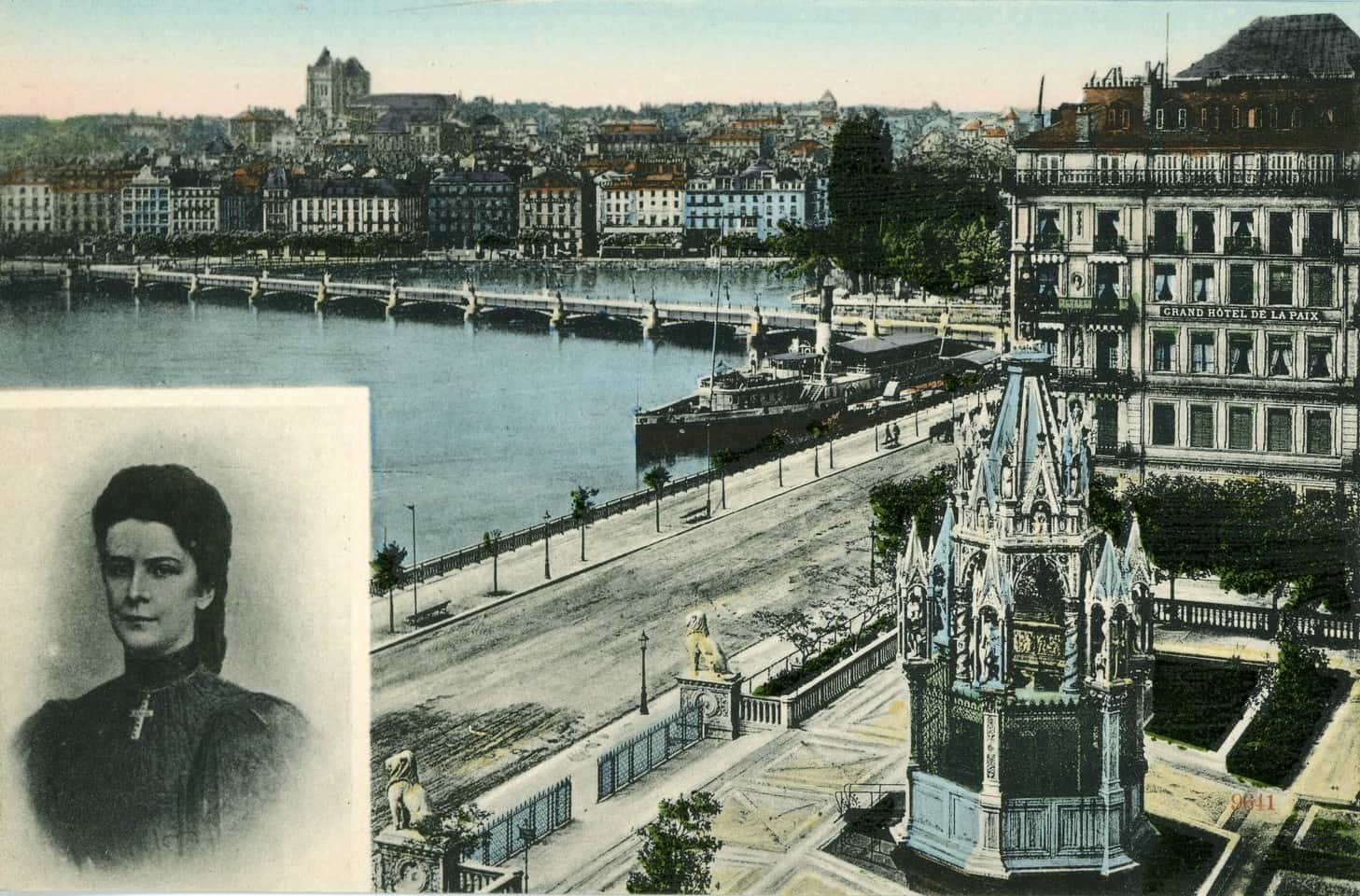
169. Didn’t See It Coming
When anarchist Luigi Lucheni heard through a newspaper that Elisabeth was in town under a fake name, he devised a chilling plan. Lucheni found her walking on a promenade toward her ship, almost entirely alone. He went up, peered under her parasol, and struck her in the heart with a crude four-inch needle file. Within moments, she collapsed and was weaving in and out of consciousness as people rushed to help.
170. The Queen Is Dead
Elisabeth’s last moments on Earth were full of confusion. After her collapse, attendants tore open her bodice laces but could only see a minuscule incision above her left breast. By the time they got her back to her hotel, she was already dead. One witness even swore the Empress drew her last two breaths just before entering her room.
They pronounced her dead at 2:10 pm on September 10, 1898. She was 60 years old, and had ruled the Austrian empire for 44 years.
171. Last Words
Just before her death, Elisabeth regained consciousness for one last time. Her rescuers asked her if she was in pain, and she replied “No.” Instead, her final words broke their hearts. The innocent royal meekly asked, “What happened?”
172. An Anatomy of Murder
The Empress’s official autopsy revealed heartbreaking findings. Lucheni’s aim was deadly accurate, with the needle penetrating over three inches into her thorax, fracturing her rib, puncturing her lung, and then piercing her heart. Notably, her tight corset prolonged her life for a precious few minutes by stymying the internal hemorrhage.
173. A Macabre Memento
There used to be an official photograph of the Empress’s death-wound, but the Emperor destroyed it.
174. Only the Good Die Young
When Austria and Hungary heard of their beloved ruler’s death, the nations hurled themselves into a bottomless state of mourning. Elisabeth had been a champion of the common people, and many citizens were flabbergasted that Lucheni targeted her.
175. Death Wish
In the aftermath of Empress Elisabeth’s brutal death, the courts sentenced Lucheni to life imprisonment—a fact that enraged the devoted anarchist, since he hoped for the death penalty. Eventually, Lucheni got his wish by other means. On October 16, 1910, he succeeded in killing himself in his jail cell.
176. Heavy Is the Head That Wears the Crown
Though Lucheni’s assassination plot was senseless to many of Elisabeth’s mourners, he had dark reasons for his deed. He was desperate to kill any political figure he could; Elisabeth was merely tragic collateral. As he said, “I came to Geneva to kill a sovereign..It was not a woman I struck, but an Empress; it was a crown that I had in view.”
177. Empress of Austria, Queen of Hungary
Elisabeth had a triple coffin: two crypts of lead, and one ornate bronze exterior casket with clawed feet. The original inscription simply read “Elisabeth, Empress of Austria,” but her loyal Hungarians were outraged and demanded the final version also read “Queen of Hungary.” Her tomb lies in Capuchin Church in Vienna.


